I have booked my tickets to Dublin and planned my stay for 4 days in the capital and only when planning my itinerary I realized how many interesting places one can visit in the area. Ireland has an impressive number of more than 3000 castles and even more of historical manors, many of the sites are open to visitors. In Dublin area you will find many grand houses offering guided tours, stunning gardens and charming countryside where you can still feel old world atmosphere. If you like hiking and in general spend plenty of time in nature, there is plenty of scenic cliff walks and mountain treks. Dublin area is well-connected with the capital via DART system (The Dublin Area Rapid Transit). Thanks to frequent trains and buses you can easily organize one day trips to immerse into Irish countryside and experience the amazing landscapes of the Emerald Island. I really recommend going at least for one trip outside of Dublin since the nature and small towns offer very different vibe than Irish capital. Personally, I find that the rural areas and natural sites have a distinct intangible charm which makes Ireland so mesmerizing.
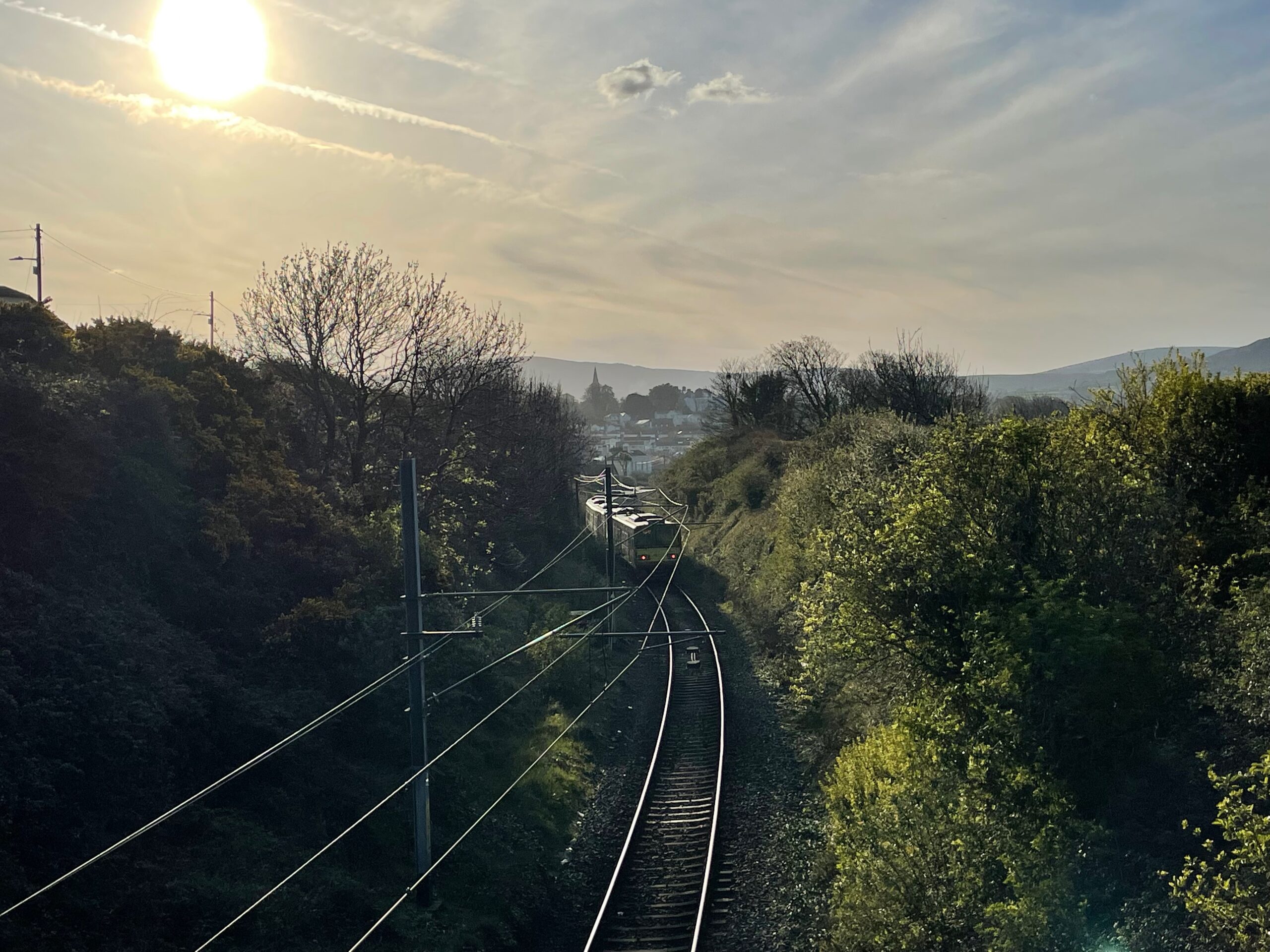 |
In this post I will write about castles, mansions and hikes I’ve done during 2,5 days. I will also mention interesting places I haven’t visited because of lack of time but would definitely do if staying longer.
When planning your itinerary for Dublin, note that the nearby area is connected with the capital with DART system (The Dublin Area Rapid Transit). If you plan to see few places around Dublin I recommend buying 24, 48 or 72-hour visitor leap card which you can purchase in the airport or in kiosks located in Dublin’s train station. At the time of my visit (April 2023) the cost of 72-hour card was around 16 euros which I finds very affordable, however I always recommend checking the website to see current rates. The transport card works for trains, buses and trams so it’s very convenient.
Malahide Castle
During my stay I have visited Malahide Castle which is a grand medieval residence once belonging to Talbot family. In 12th century Richard Talbot received the lands and harbour of Malahide from the King Henry II as a recognition of his his services to the crown. From that point on, the Talbot family inhabited the castle and developed the area they owned.
During a guided tour you will learn about the family history and their political significance as well as admire lavish interiors with oak panelling, precious furniture and artwork collection. The design and organization of the rooms reveals a lot about the lifestyle of the family through the centuries. The areas designed for work, relax and guests reception show daily routines of family members belonging to Irish aristocracy.
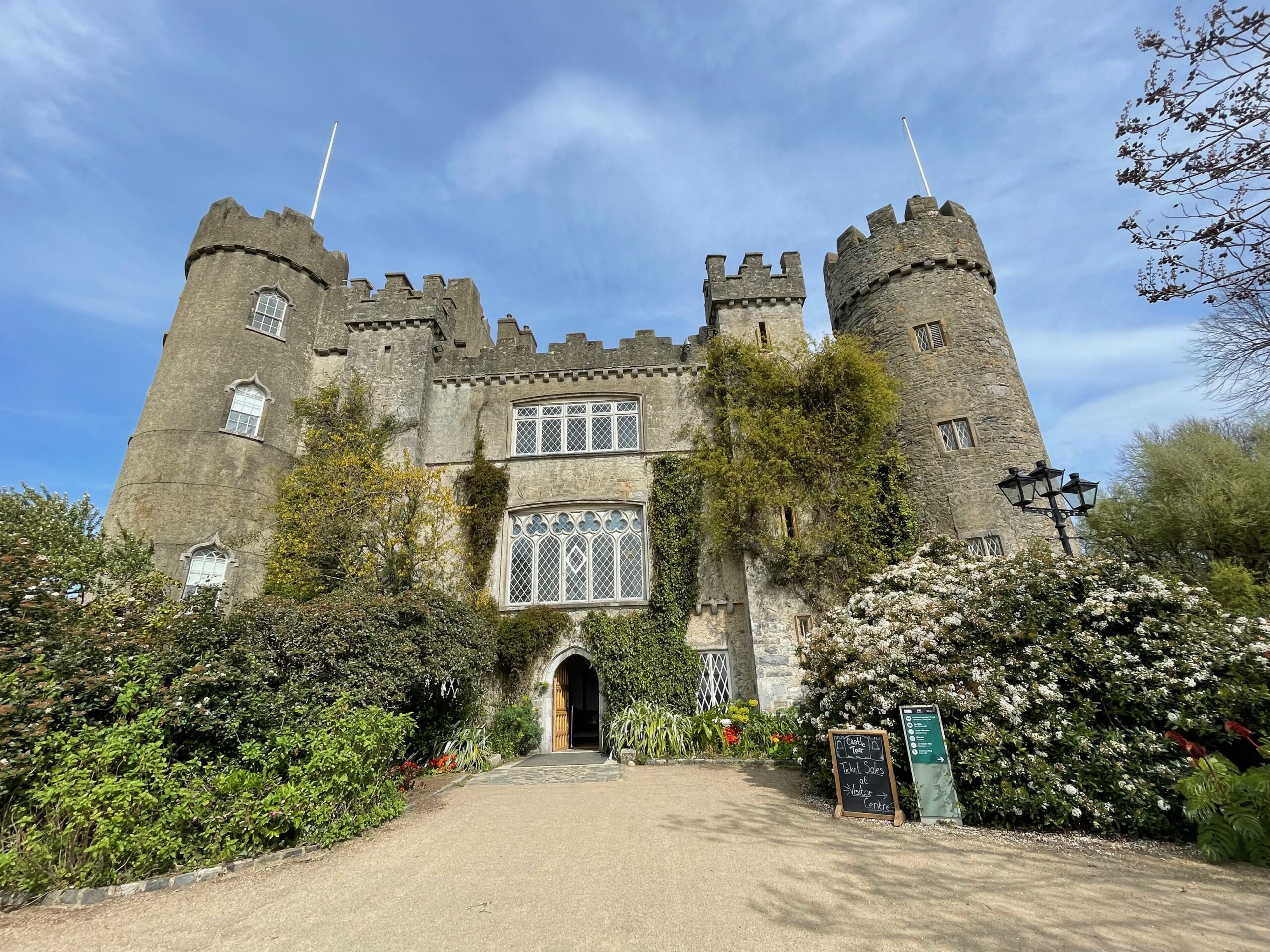 |
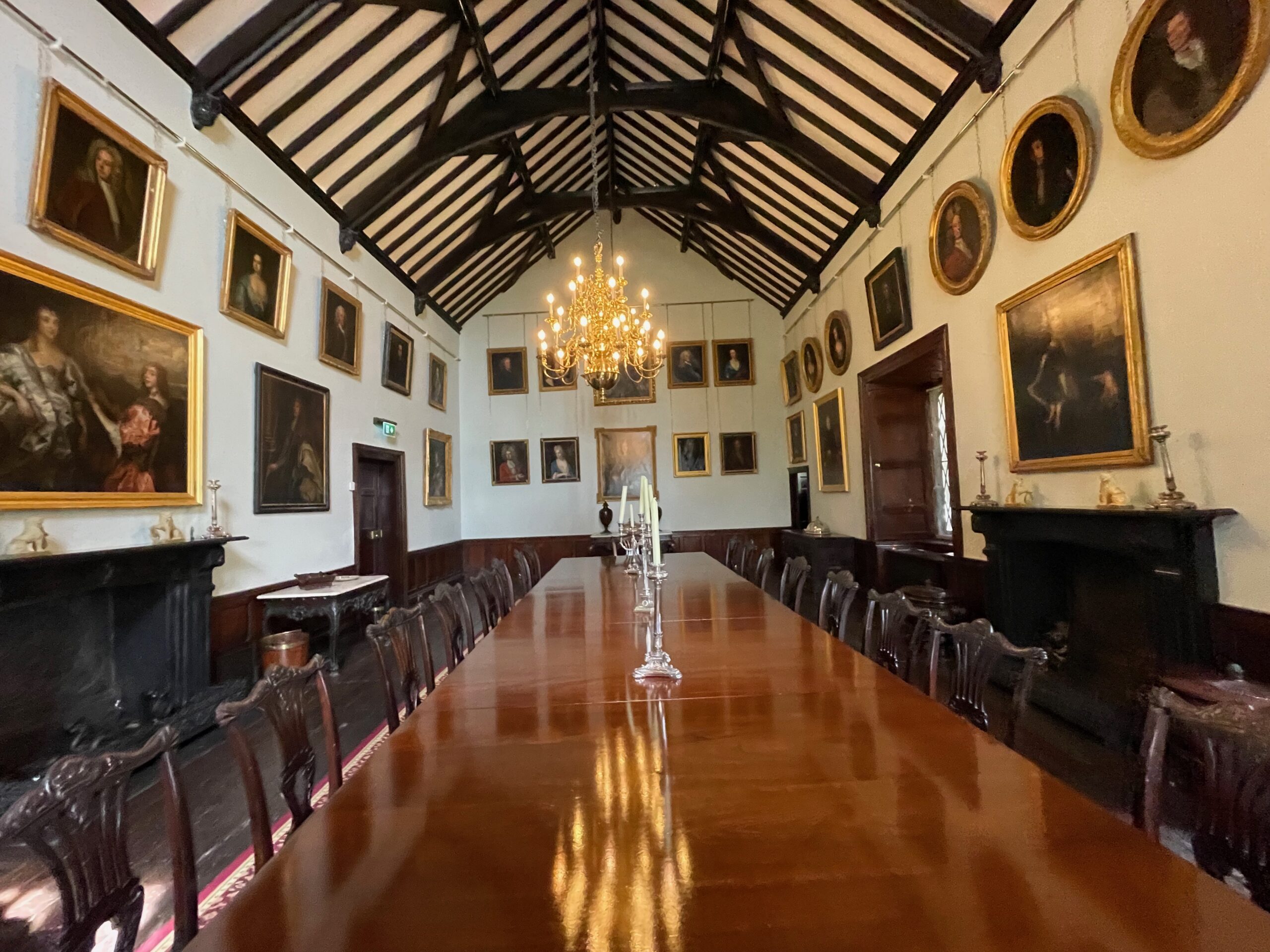 |
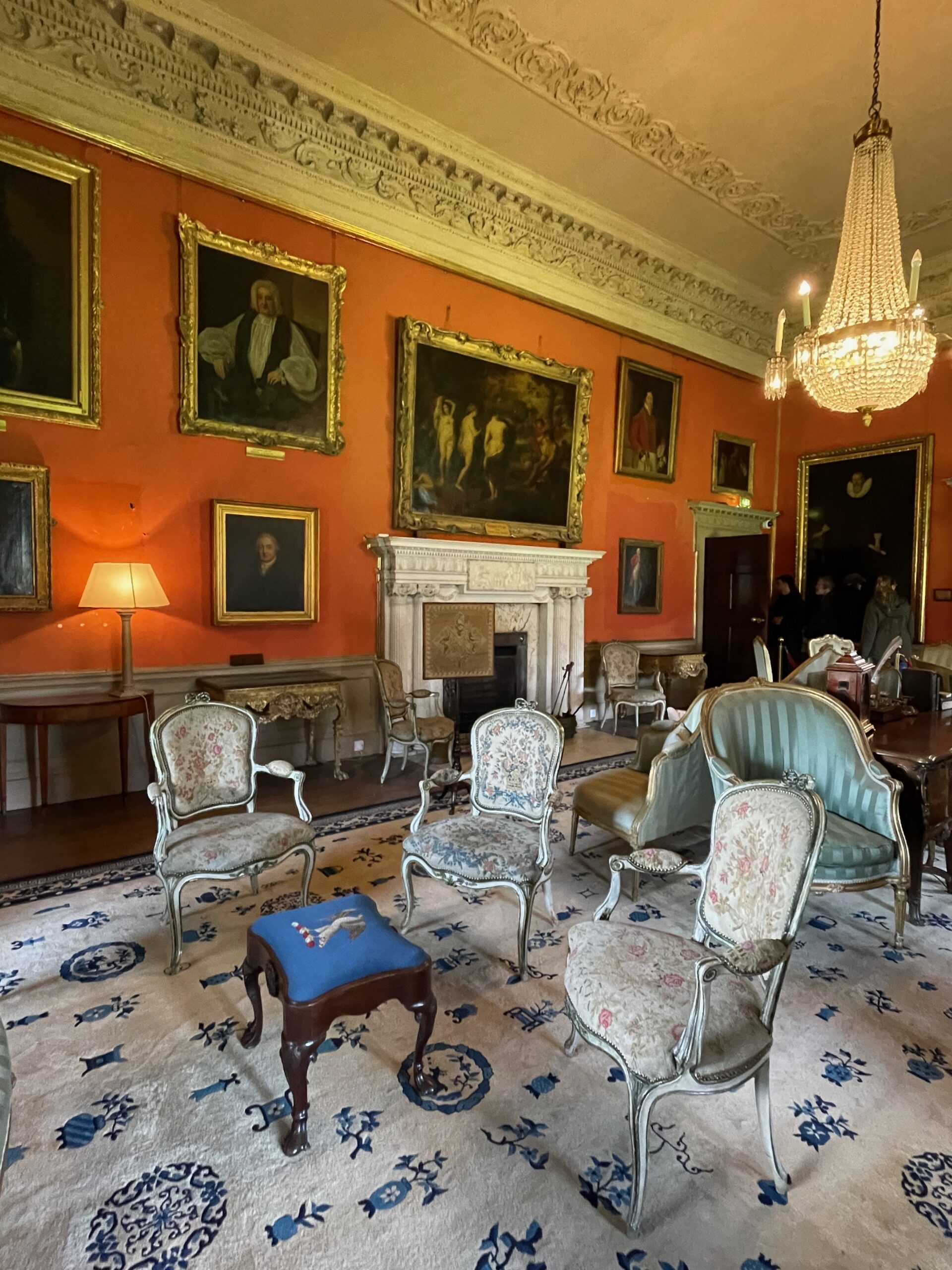 |
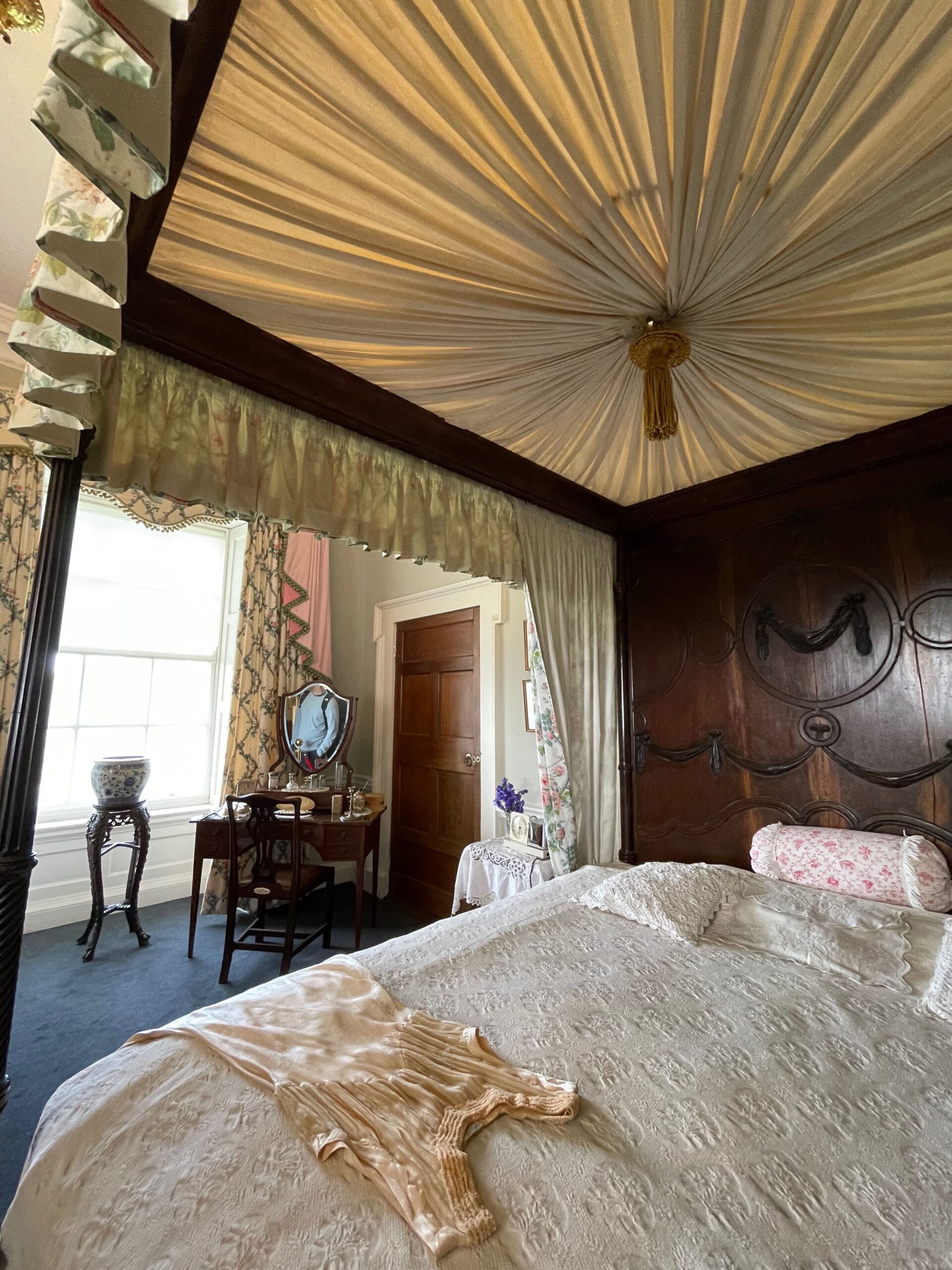 |
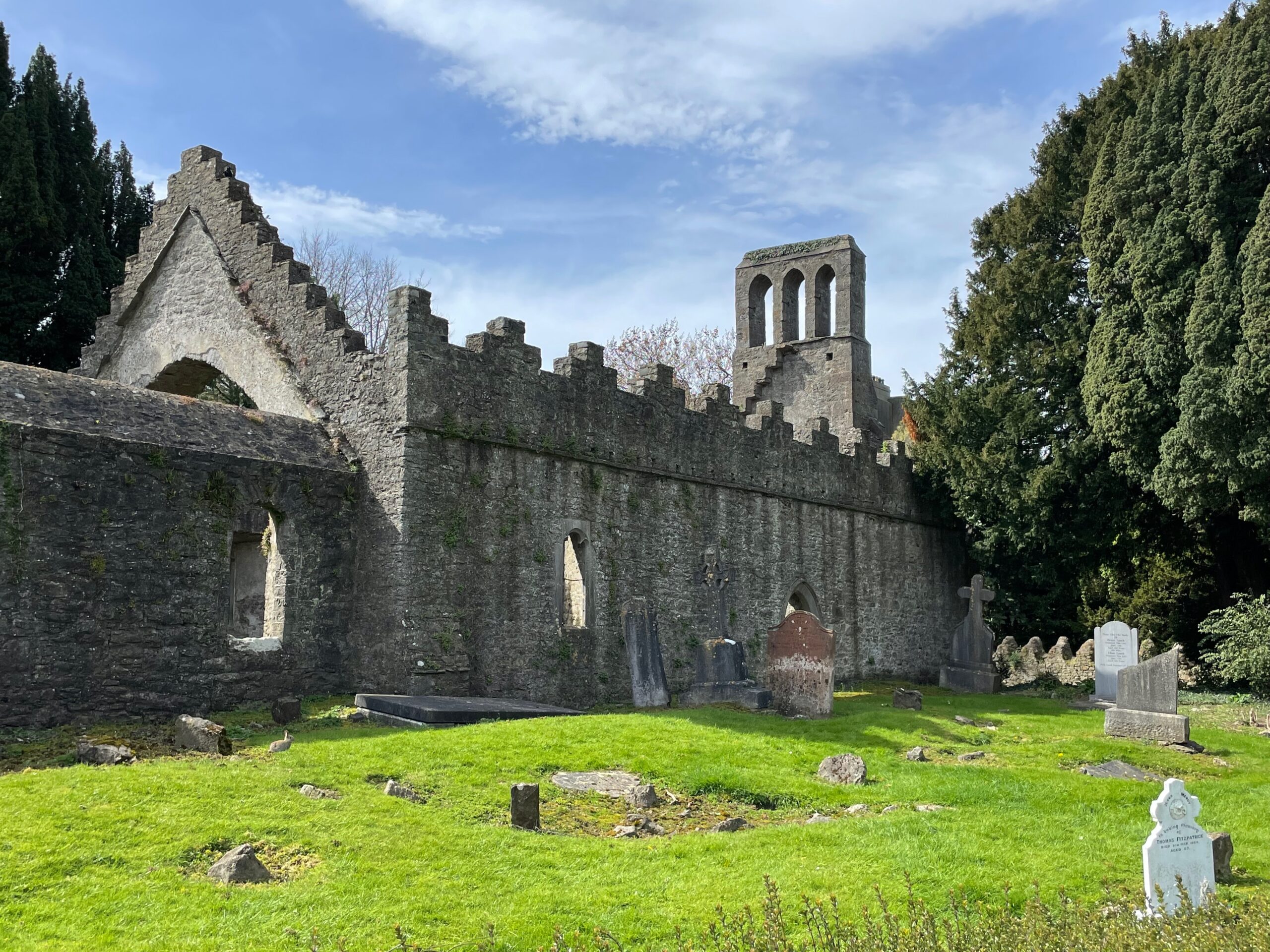 |
When visiting Malahide Castle don’t skip the gardens with the butterfly house, walled garden with enchanting little pond, Rose Garden and Victorian Conservatory. This amazing place was created thanks to dedication and passion of the the final Baron of Malahide, Lord Milo Talbot, who was interested in botany. His huge investment and expertise in plants resulted in the beautiful garden where you can walk today.
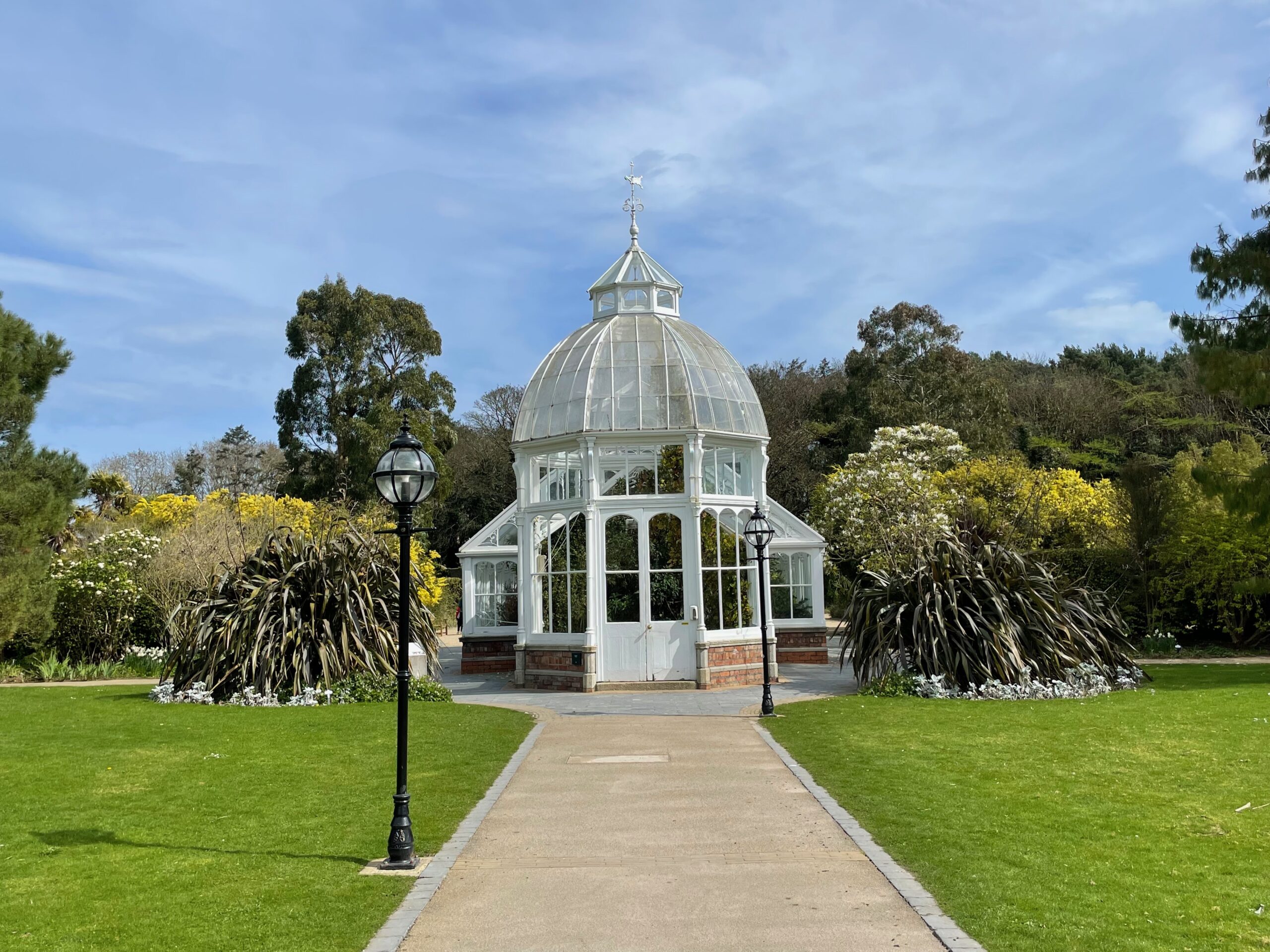 |
 |
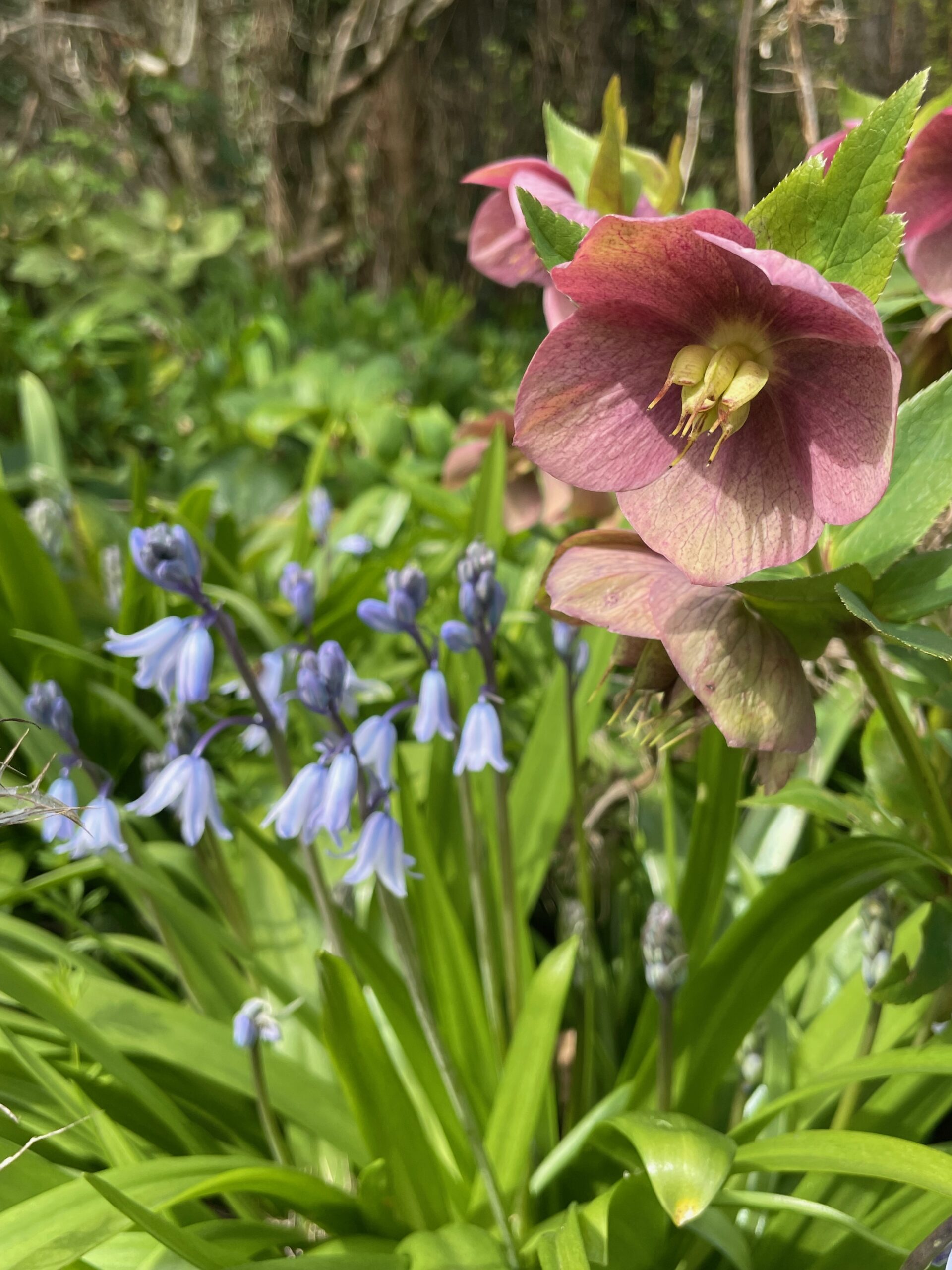 |
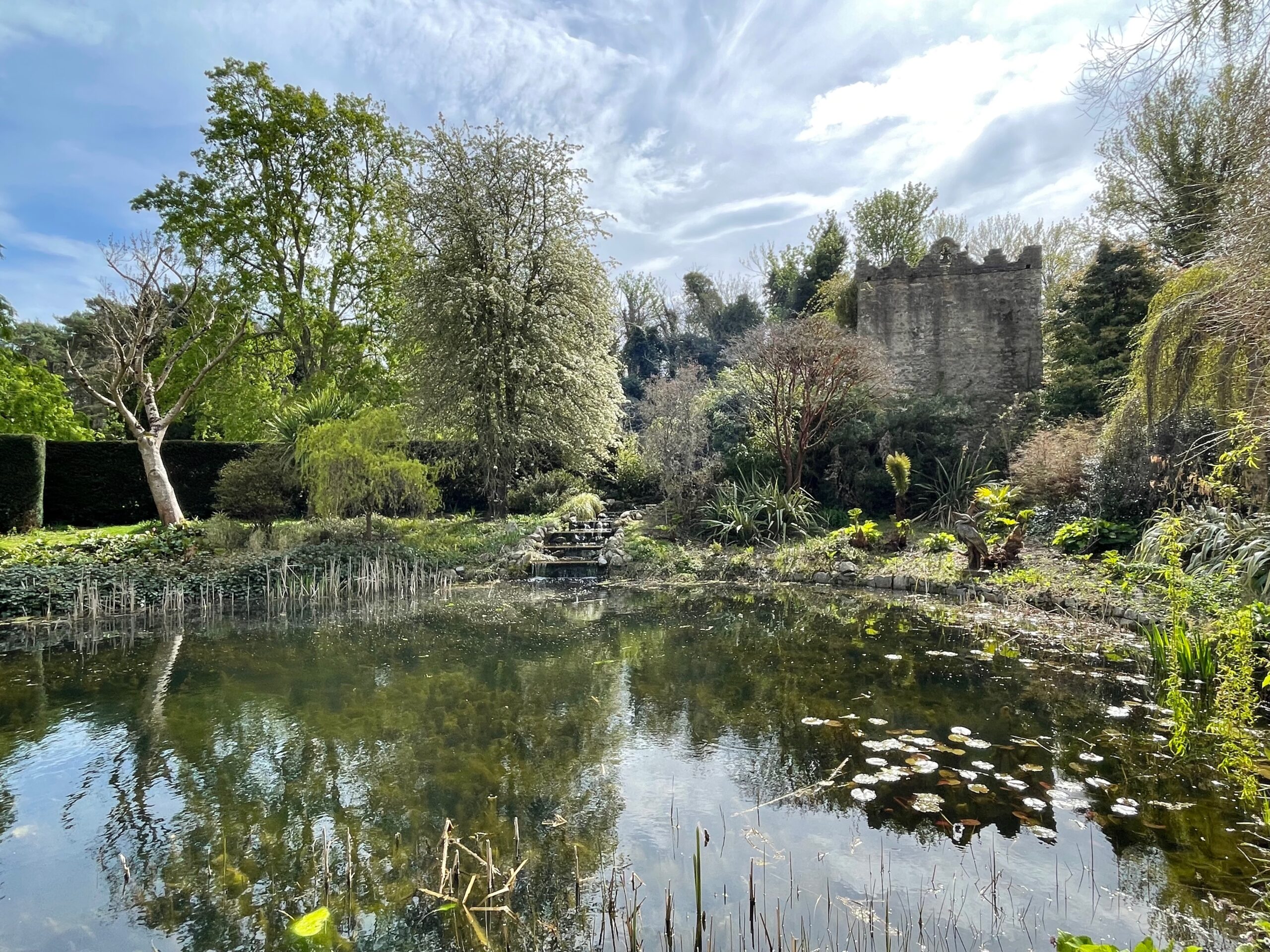 |
The Malahide Castle is surrounded by green areas and larger park which is accessible for everybody without entrance fee. I found there many Irish families having picnic, jogging or playing with kids and I think that the area was a great place to overlook how Irish people spend their time together in the countryside.
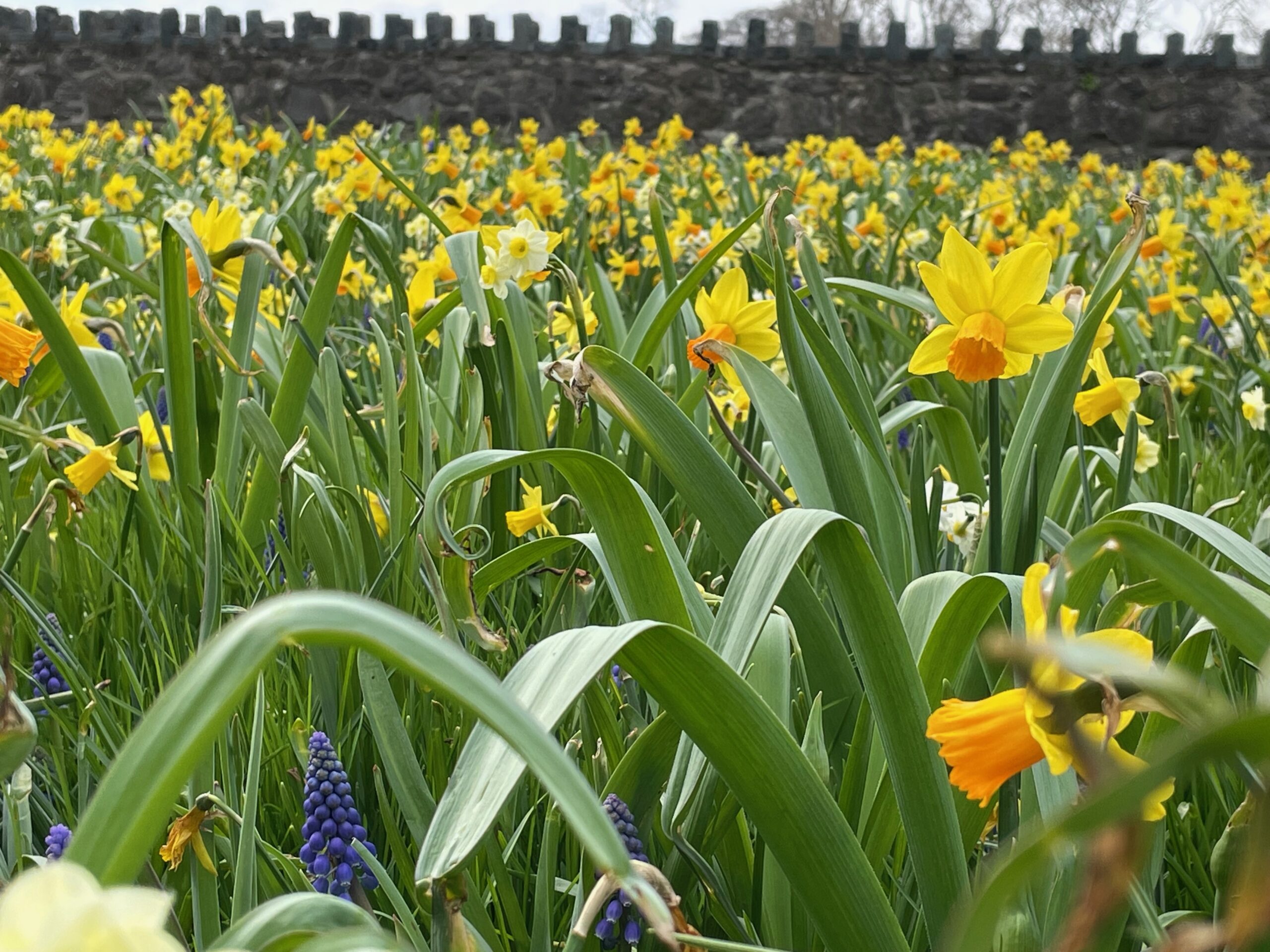 |
The Malahide town is very charming and worth exploring on its own. After visiting the castle and gardens I recommend having a short walk around the center of the city and stop for a coffee or small lunch.
The Malahide Castle tour and gardens visit can be booked online in advance if you want to ensure your entry at the specific hour (I think this is necessary only in the weekends). There is a direct DART train from Dublin Connolly Station, the journey takes only 20 minutes.
Howth Cliff Walk
I have done this trail after my visit to Malahide but you can do just this trail to keep your day relaxed. Howth town is famous also among the locals who come to pubs and restaurants which serve amazing seafood dishes, the harbor where the fresh catch arrives is practically in center of the town.
Whereas many visitors go to scenic Cliffs of Moher in Limerick, this is not a day trip you can do by public transport (but you can rent a car or go for an organized excursion). If you want to have a nice walk closer to Dublin easily reachable with DART and with beautiful cliffy landscape, Howth is a good choice.
The Howth Cliff Walk also known as Howth Head Walk conveniently starts and finishes at the Howth train station. In fact you can choose between few trails which vary in length and level of difficulty (most from easy to moderate). The trails are well marked and can be distinguished by different colors, to give you an idea of possible routes : the Red Route is 8km/2.5 hours, the Purple Route is 12 km/3 hours, the Green Route is 6 km/2 hours), the Blue Route is 7 km/2 hours). The Green Route is considered the most scenic one with breathtaking ocean and cliff wild landscapes. During your hike you can also admire local flora, the plans growing on the rocks are very different due to their exposition to wind, rain and strong sun since there is no natural shelters. Even if official guidelines estimate that the hike is 2 hours count an extra one for stops for pictures. Many locals organize picnics at the end of the trek.
Even if the level of the hike is not marked as difficult I find it at some points not very safe since the path at some point is quite narrow and is at the edge of the cliff. An unfortunate slip could result in serious consequences so I don’t recommend this trek for people who are afraid of heights also be very careful if you walk with children. I also think it’s not a good idea coming here during rain and when in general the ground is wet and slippery. The hazardous part is not very long and majority of the path is relaxing. Moderate fitness level is needed. The hike is very popular among locals, especially dog walkers.
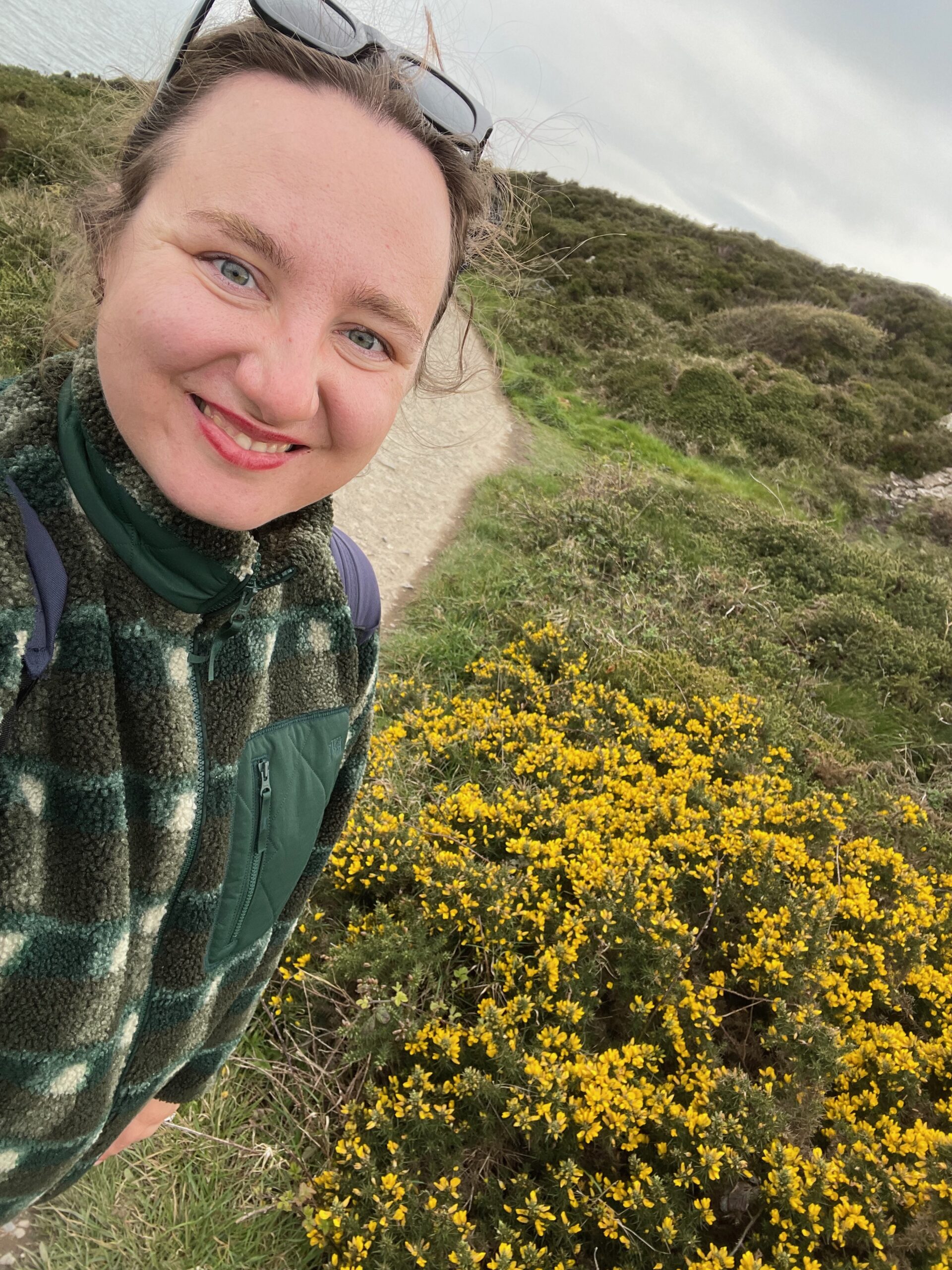 |
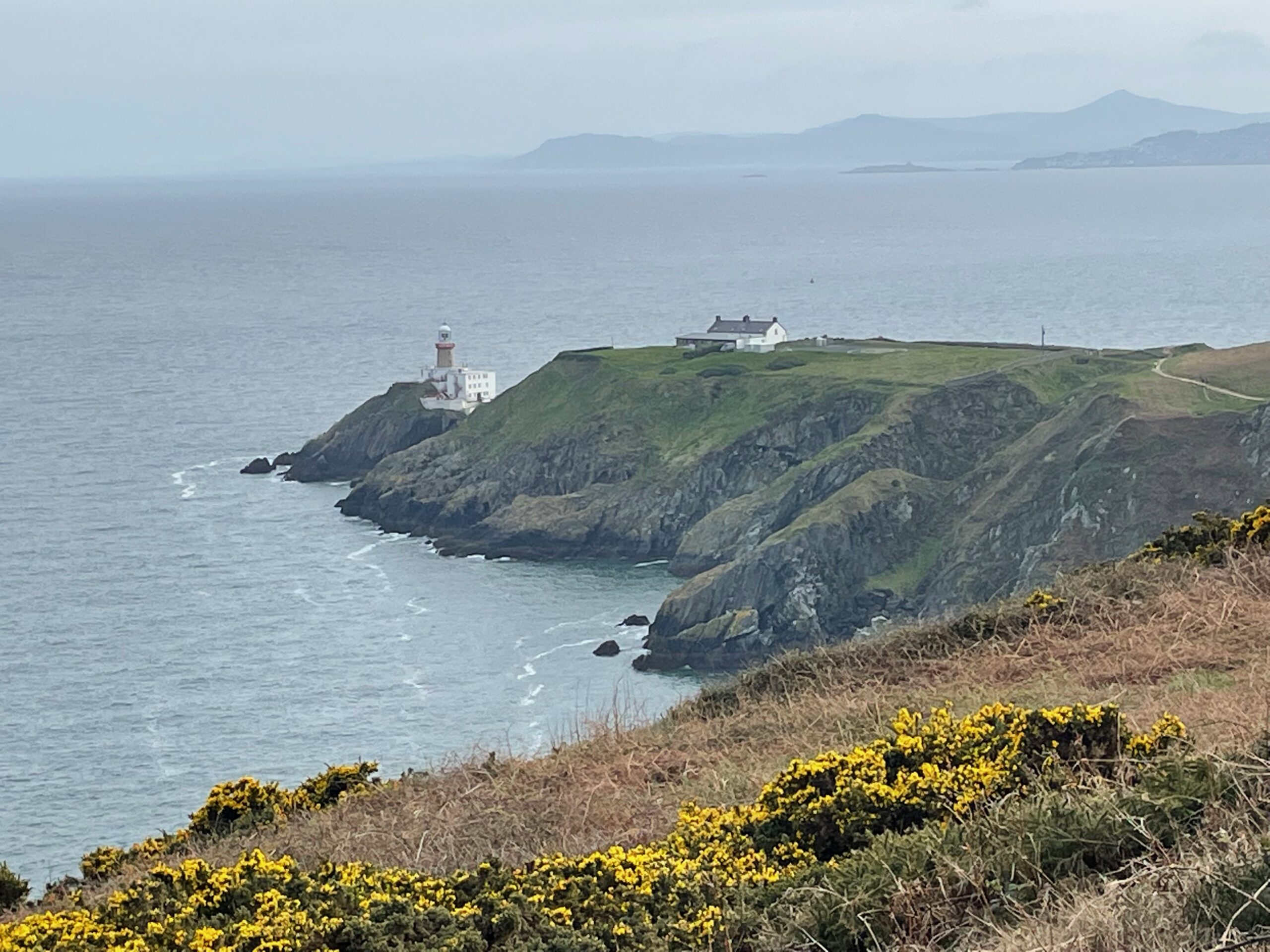 |
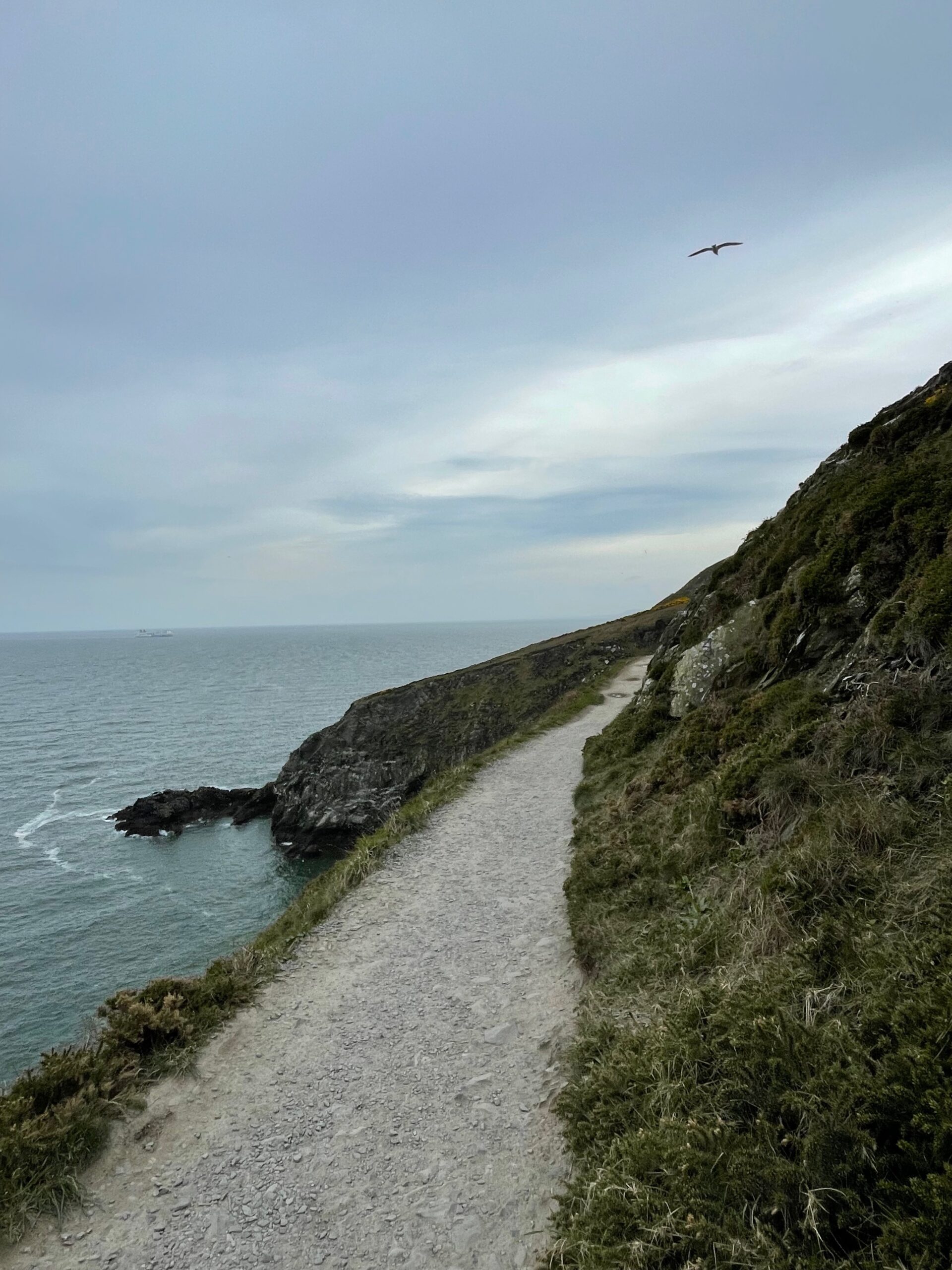 |
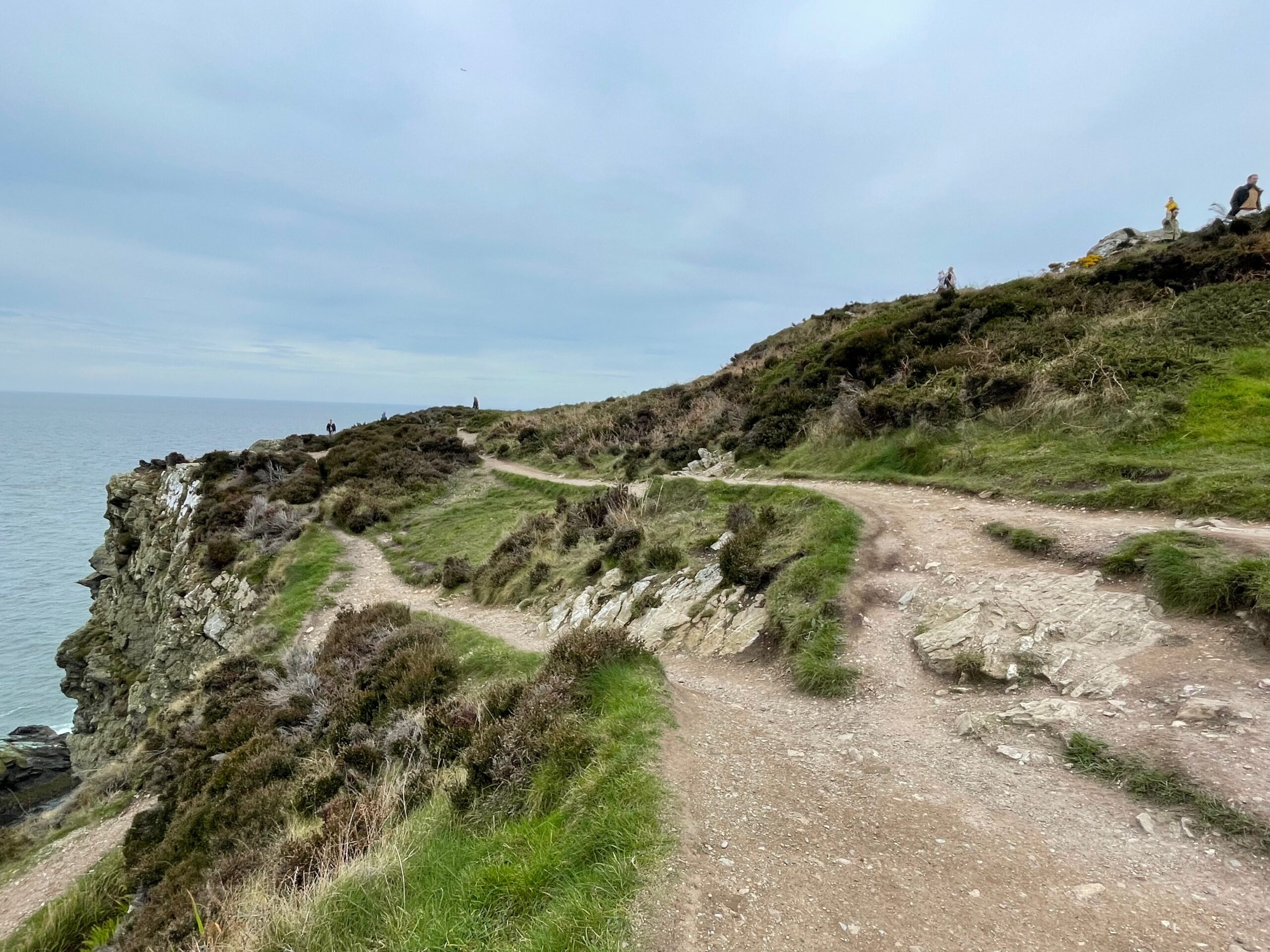 |
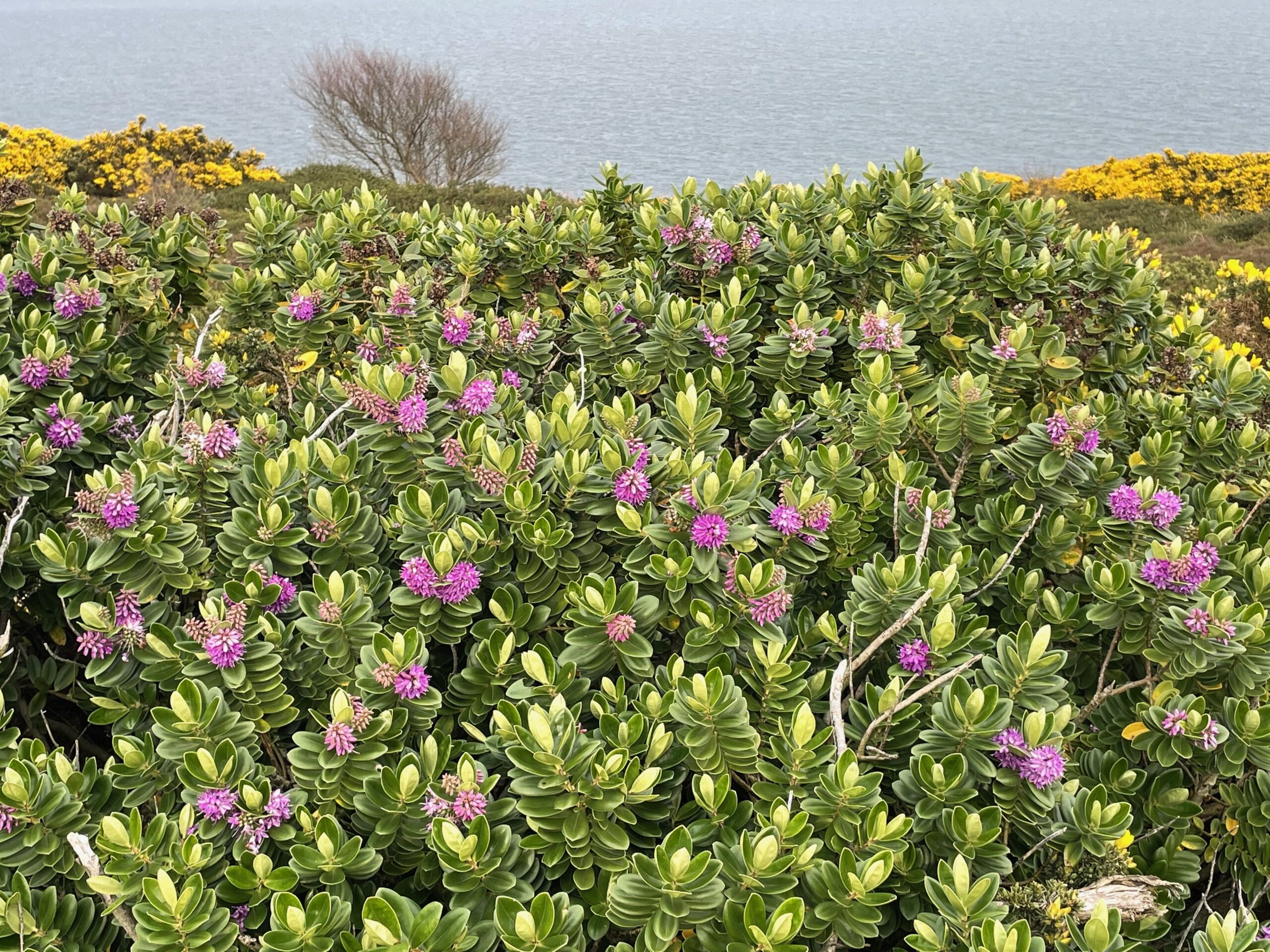 |
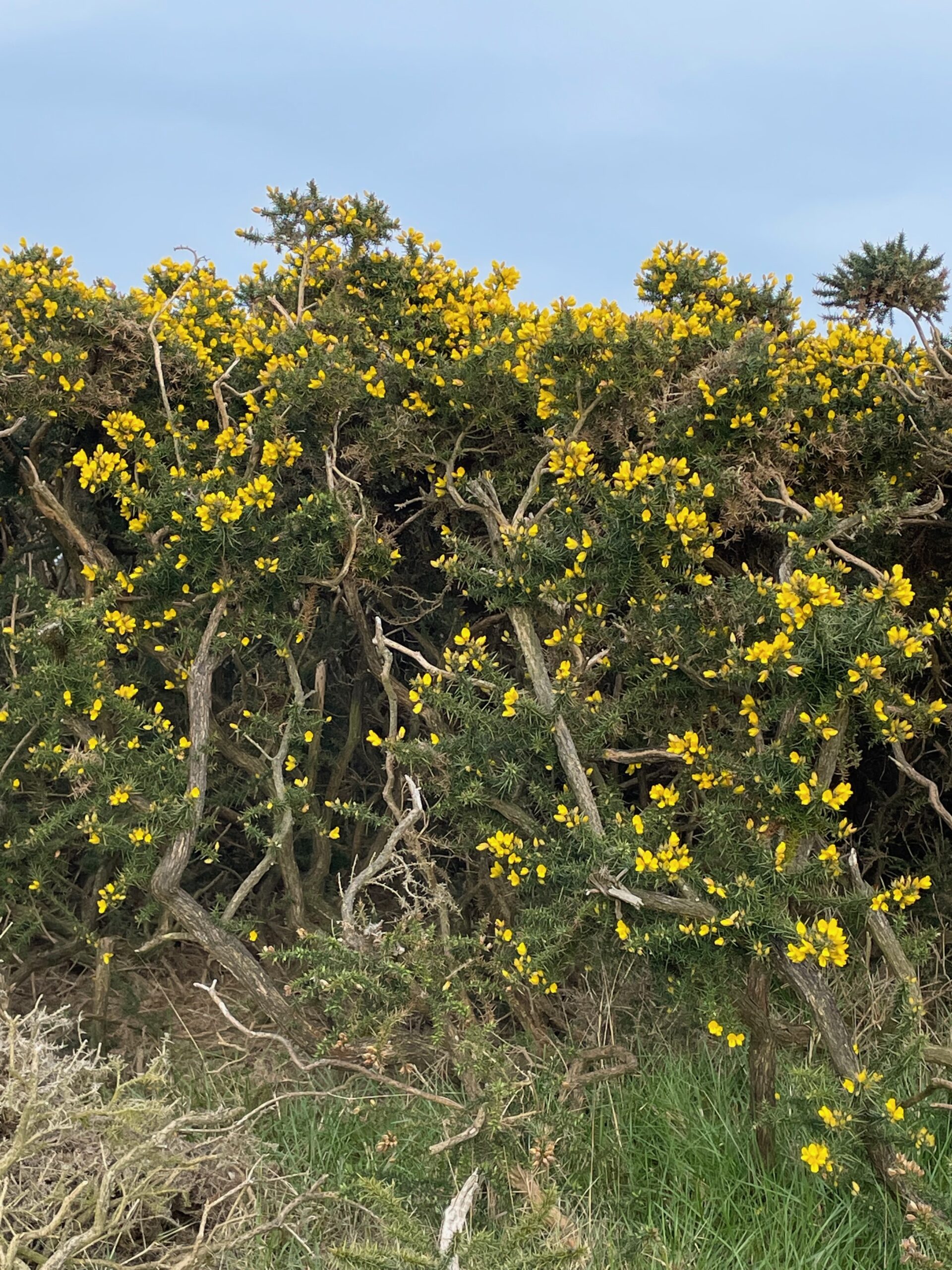 |
The final part of the hike (the route is a loop) leads through nice residential district with charming Irish houses and on the edge of the lush forest. This gives a nice opportunity to observe the local life in the countryside.
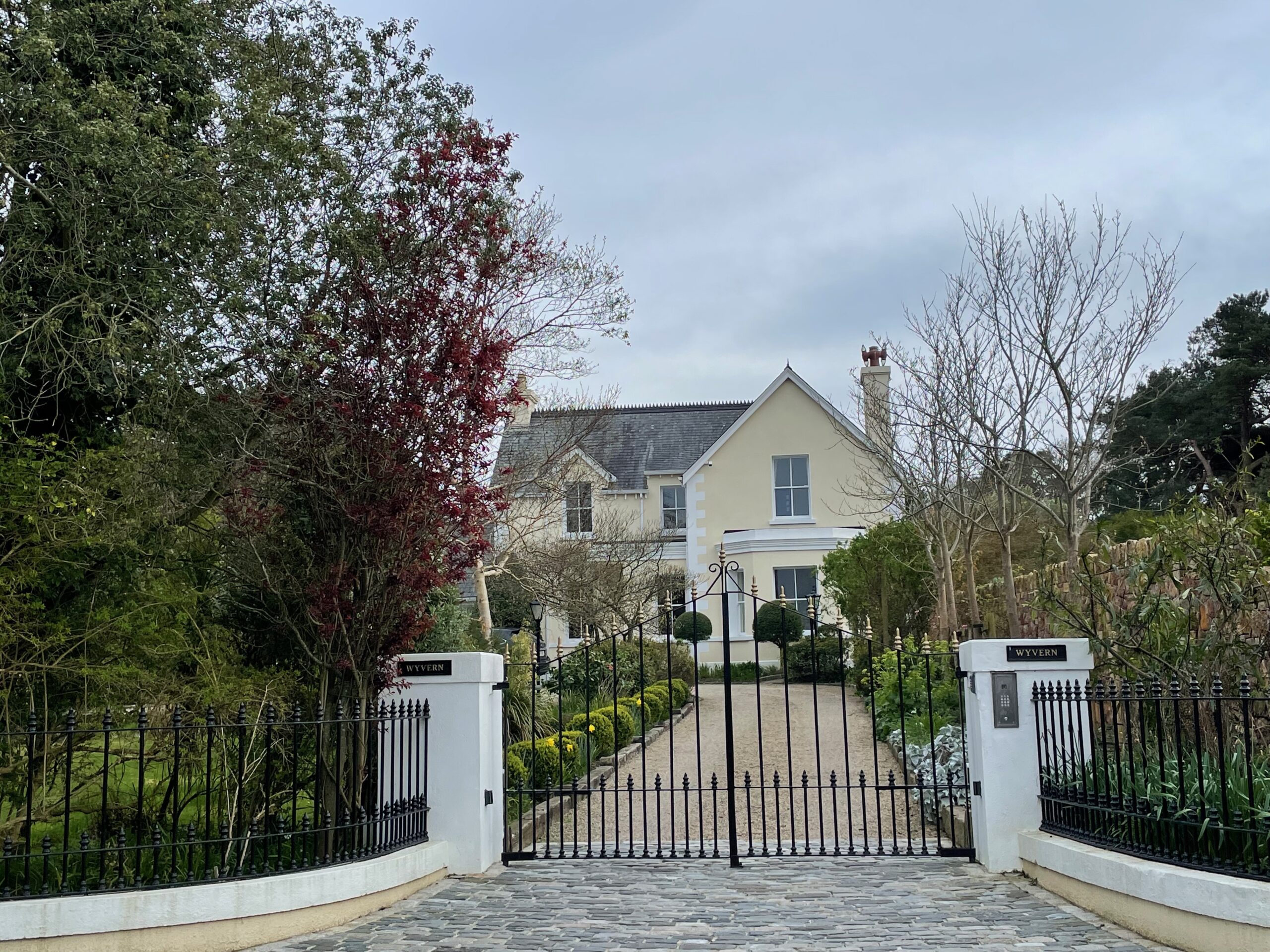 |
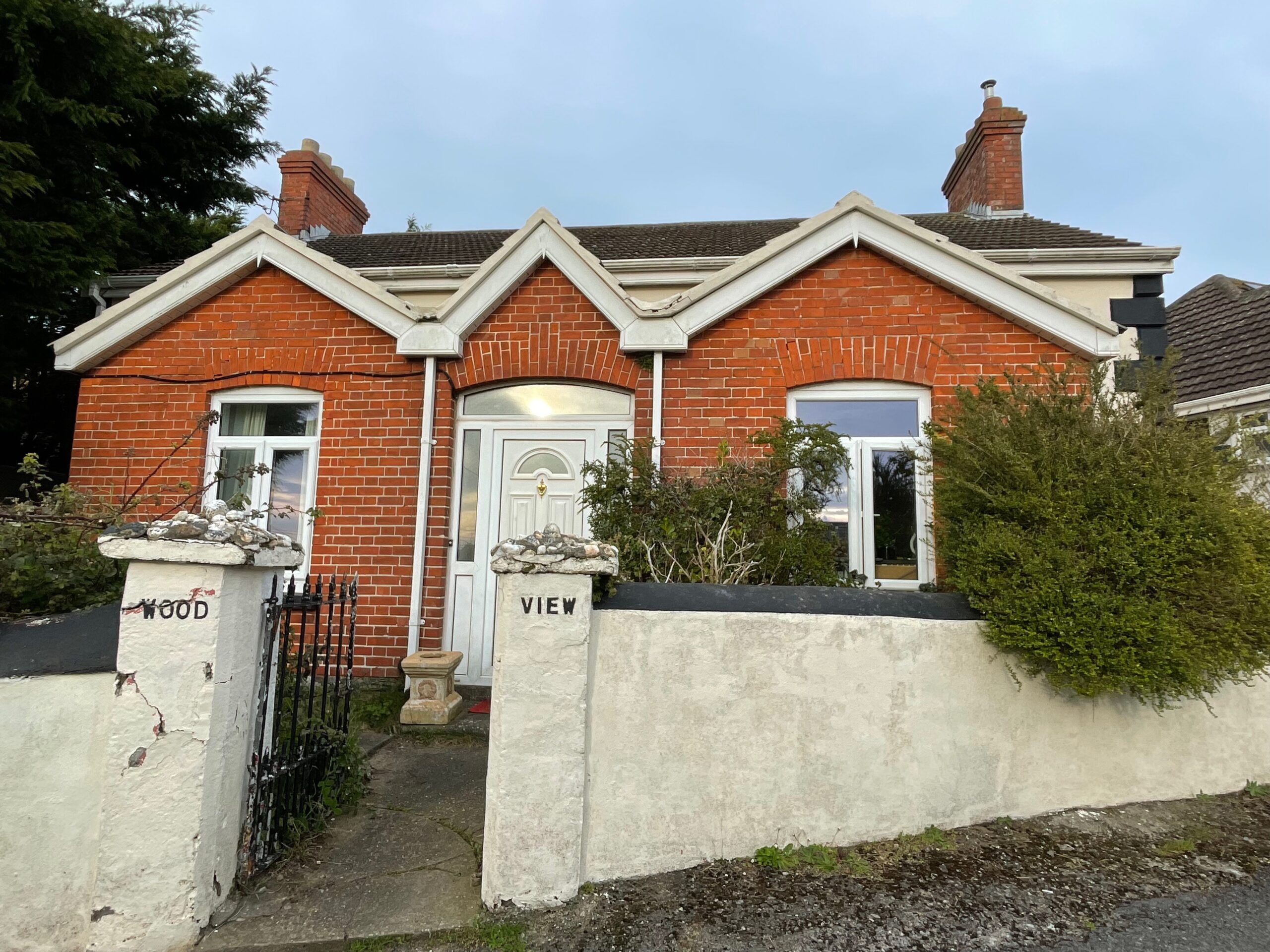 |
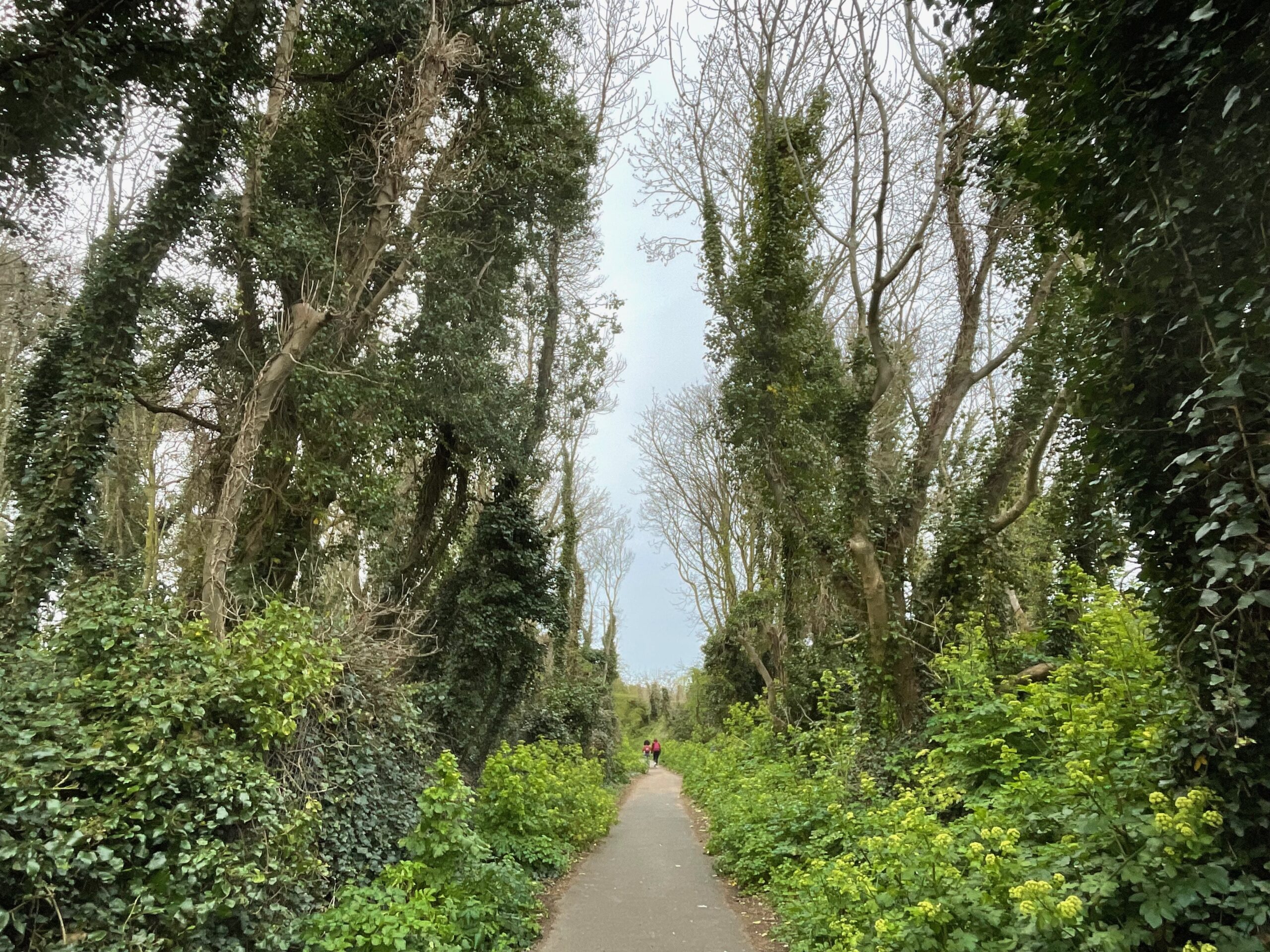 |
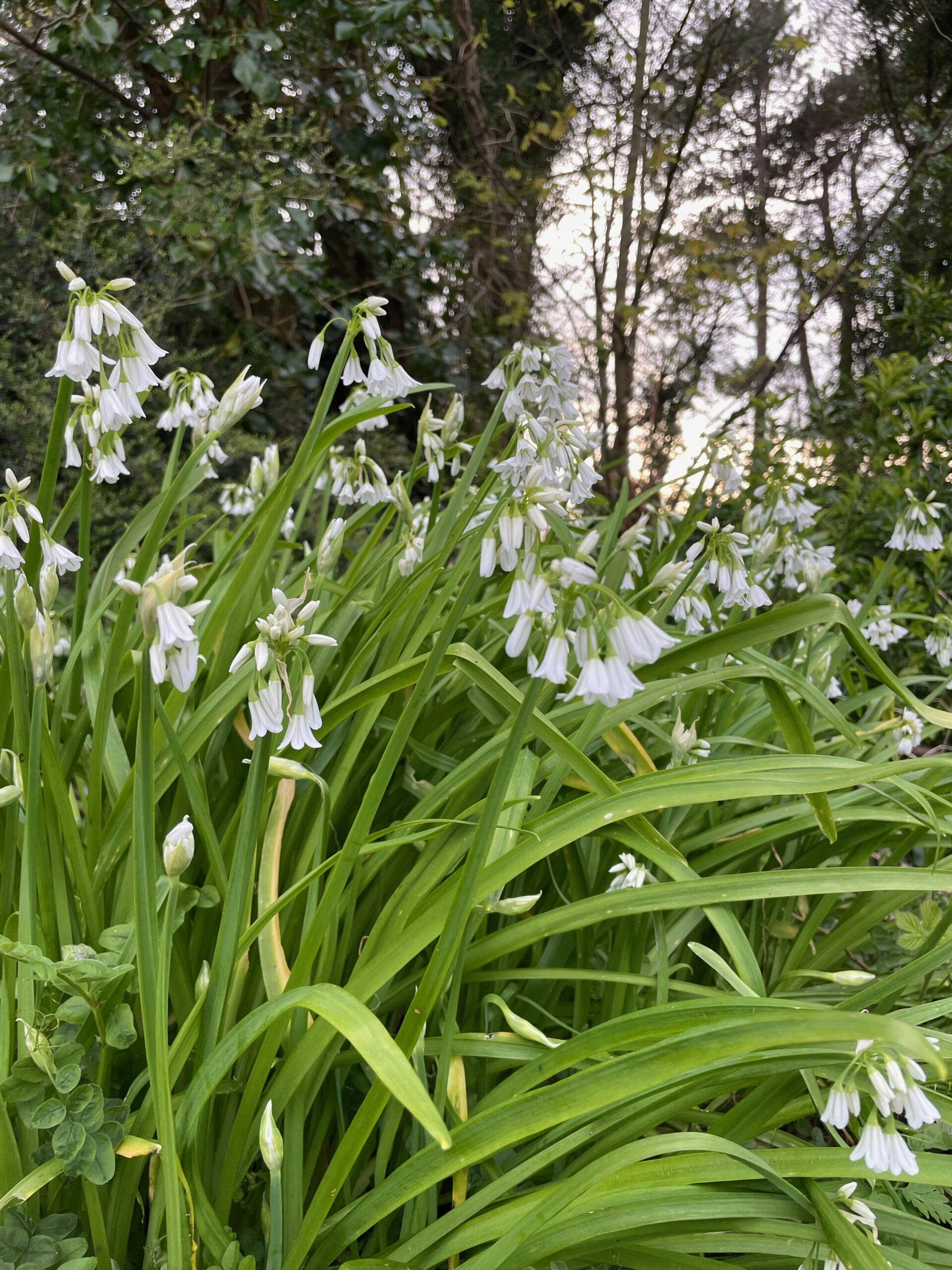 |
I strongly recommend finishing your hike in one of the restaurants serving seafood, we had there the best Atlantic chowder and fishermen pie which we tried during this trip.
There is direct DART train from Connolly train station, the journey from Dublin takes 30 minutes. I did during the same day Malahide Castle and the Green Route in Howth (the journey was nor very long and these two attractions can be done in the same day).
Killruddery House and Gardens
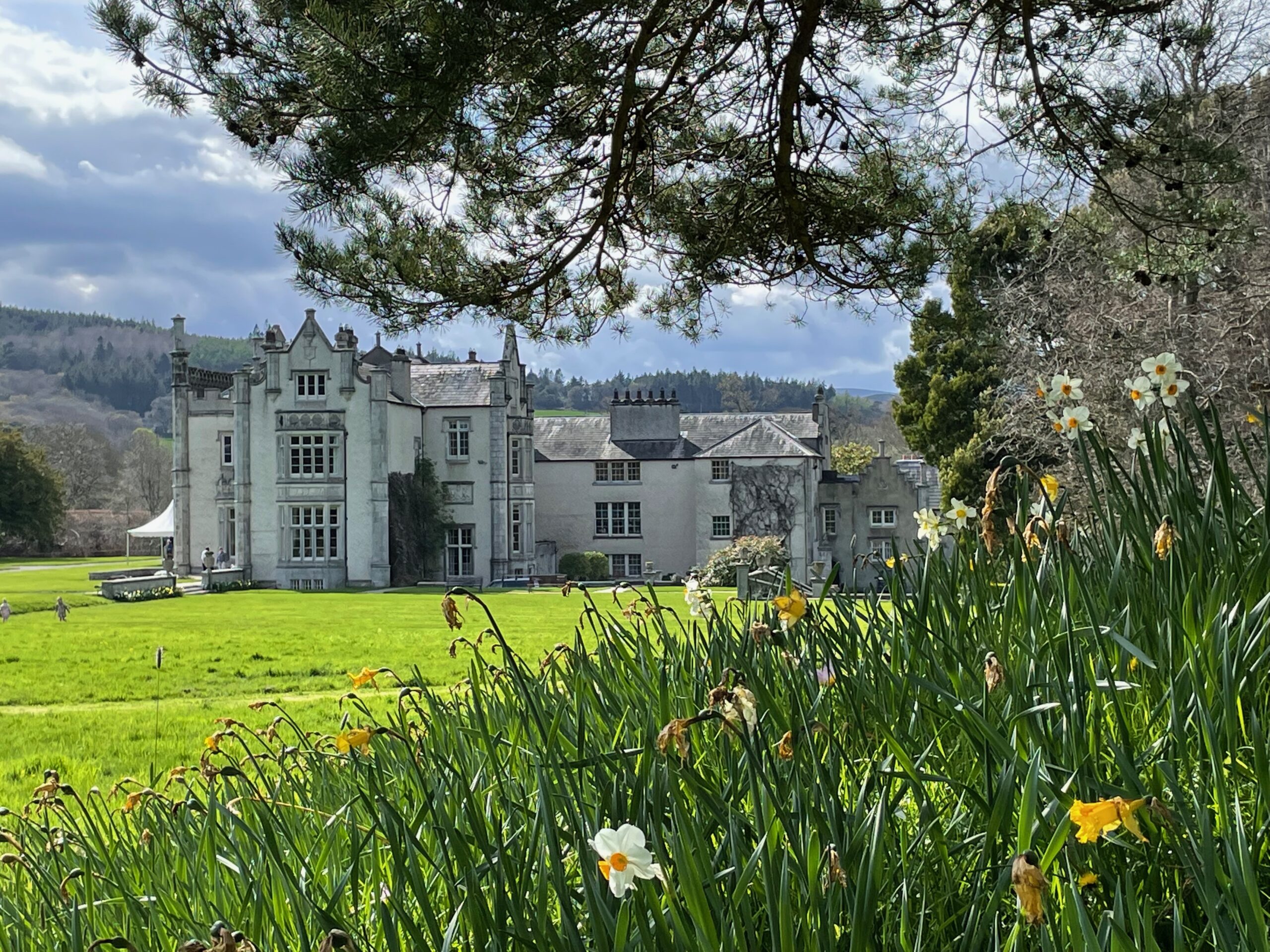 |
At the other day I went to Killruddery House and Gardens which is situated nearby Bray in Wicklow County.
Killruddery House is a historic castle which is still inhabited by the Brabazon family since 1618. The estate itself is situated of 800-acre land and has one of the most beautiful gardens in entire Ireland. The house underwent major renovations in 19th century and is a great example of Elizabethan style architecture.
Killruddery is owned and occupied by the 15th Earl and Countess of Meath — John Anthony Brabazon and his wife Xenia. Since 2016, their son Anthony Brabazon and his wife Fionnuala (Lord and Lady Ardee) are responsible for the estate’s management.
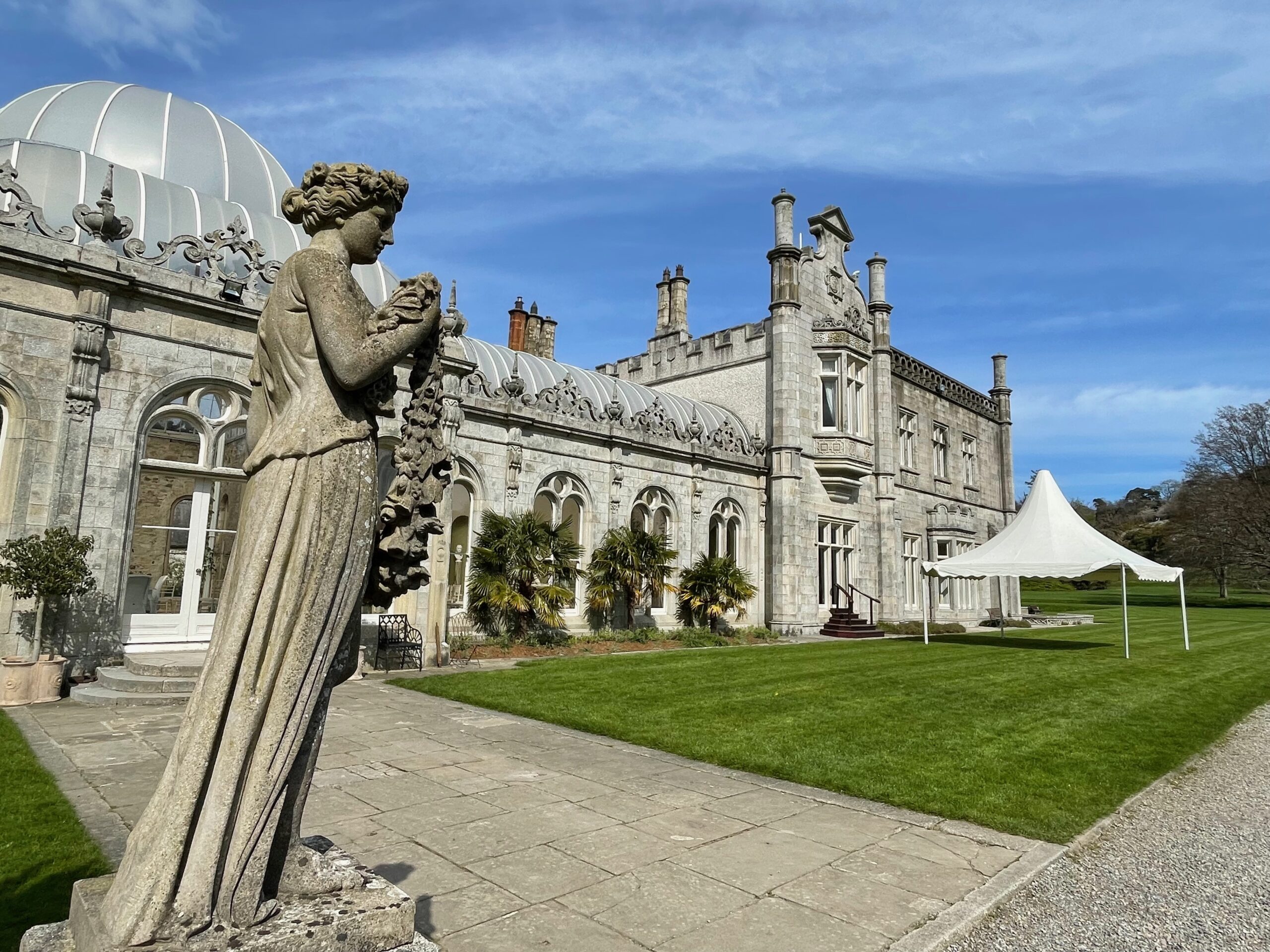 |
In order to fund the property, the Brabazon family has a working farm and a few enterprises associated with the premises which generate income. The house is open to visitors for the tours (only ground floor) as well as gardens and farms. There are many events organized in the castle and its grounds such as weddings, festivals, concerts as well as film rentals and some sport attractions.
There is also a shop selling local food products coming from the estate, you don’t need entrance ticket to access the area.
Many noble guests visited Killruddery including King Charles and Queen Camilla (when Charles was still Prince of Wales). There is a photography of the royal couple in the living room which was taken during their visit in Killruddery, they also planted a tree in the gardens and you can see it yourself since the place is well marked.
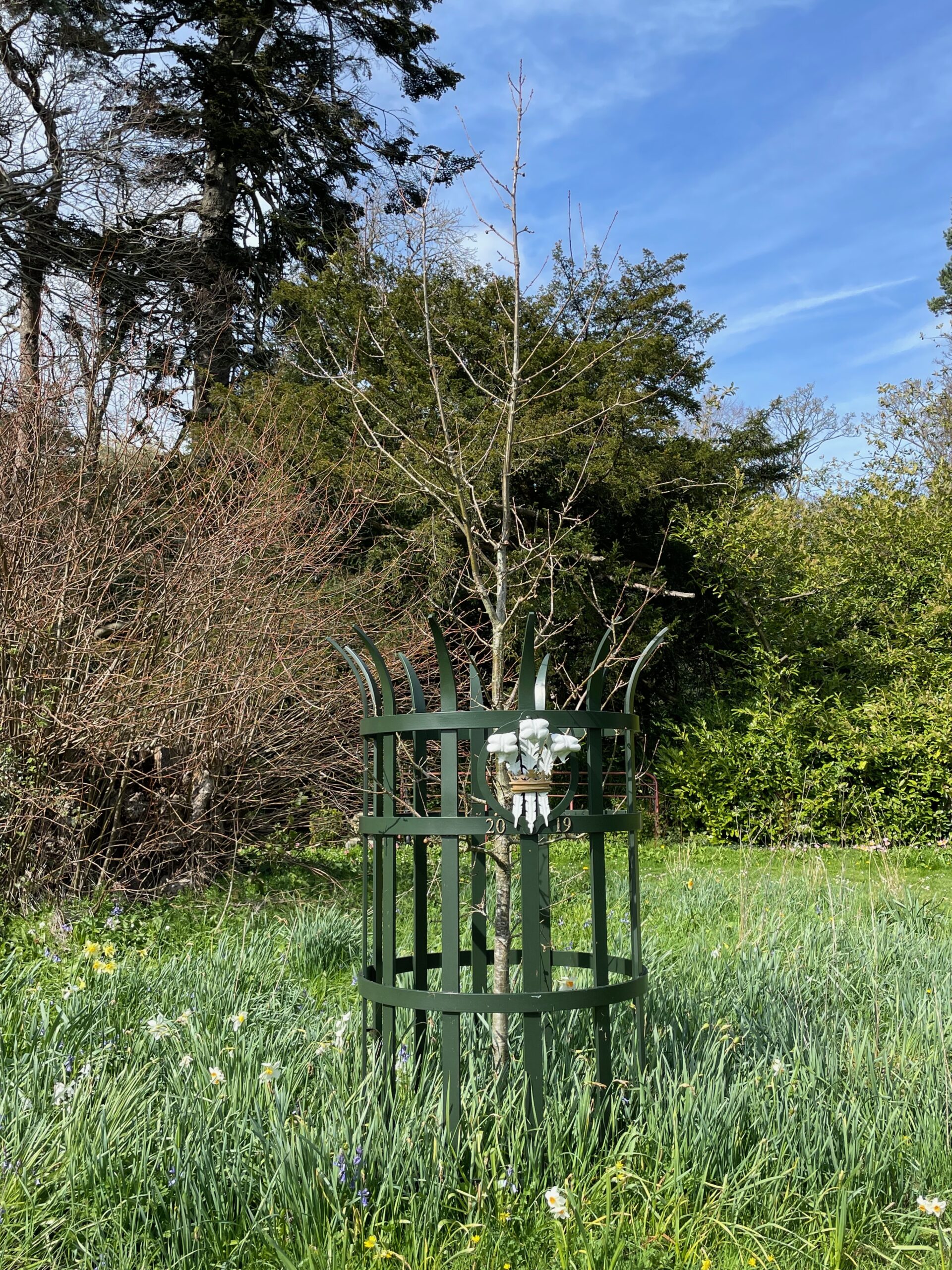 |
I find this place very interesting since you can really see how noble Irish house looks like and operates in the modern times. Taking pictures was limited due to the fact that the family still lives here, you could see some of the daily objects in the grand rooms being a sign that the owners use the space when the tours are finished in the afternoon.
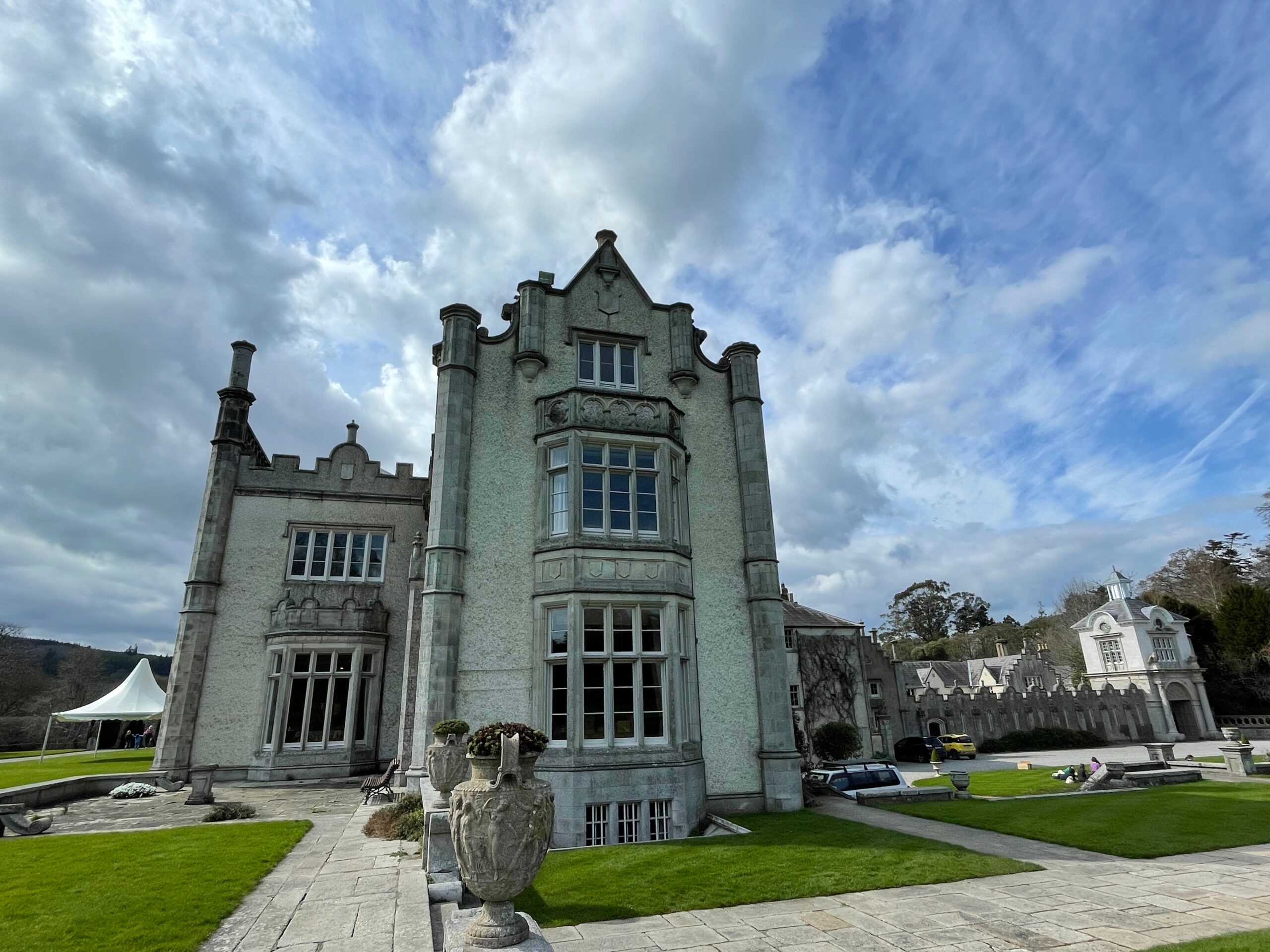 |
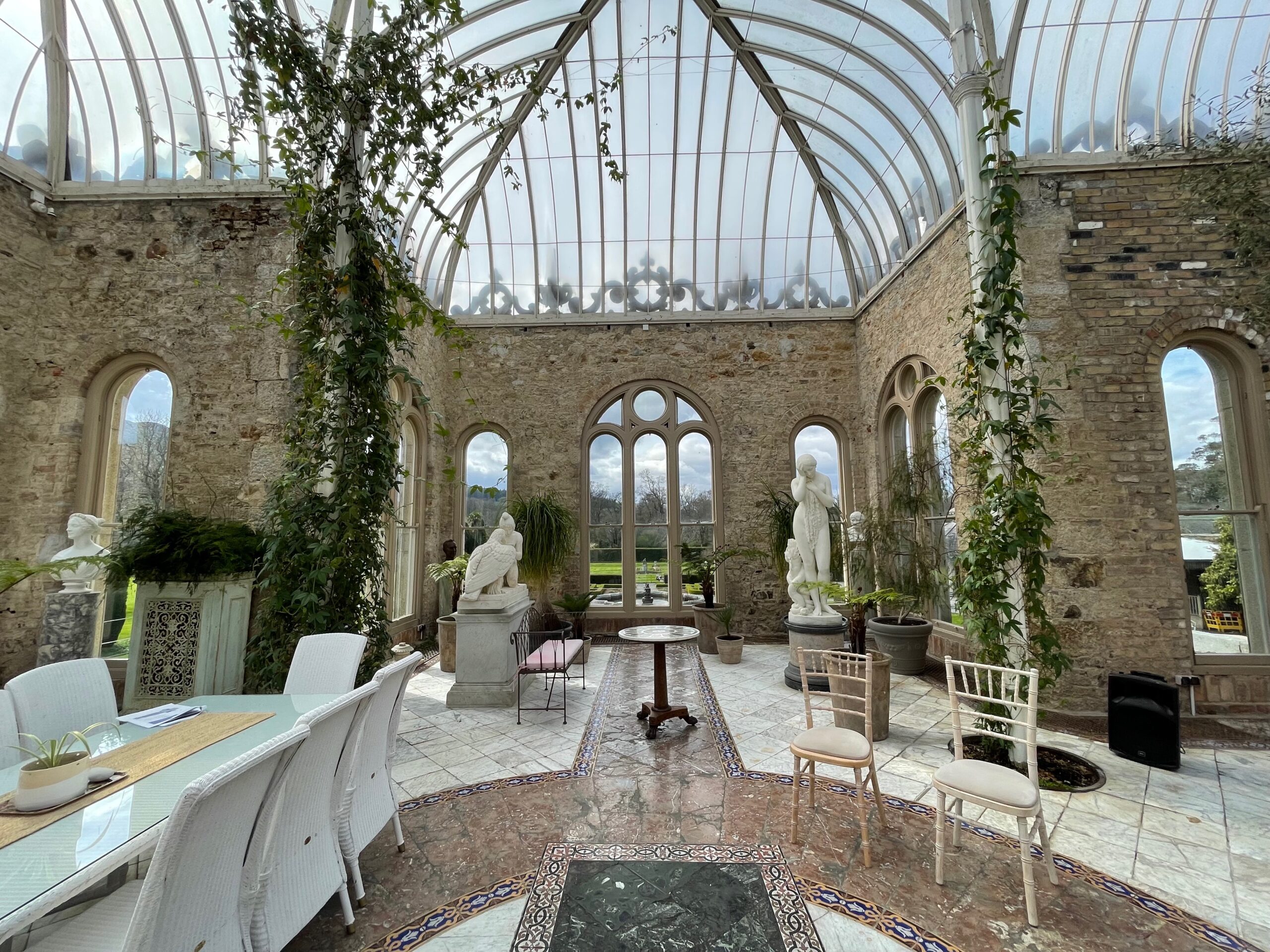 |
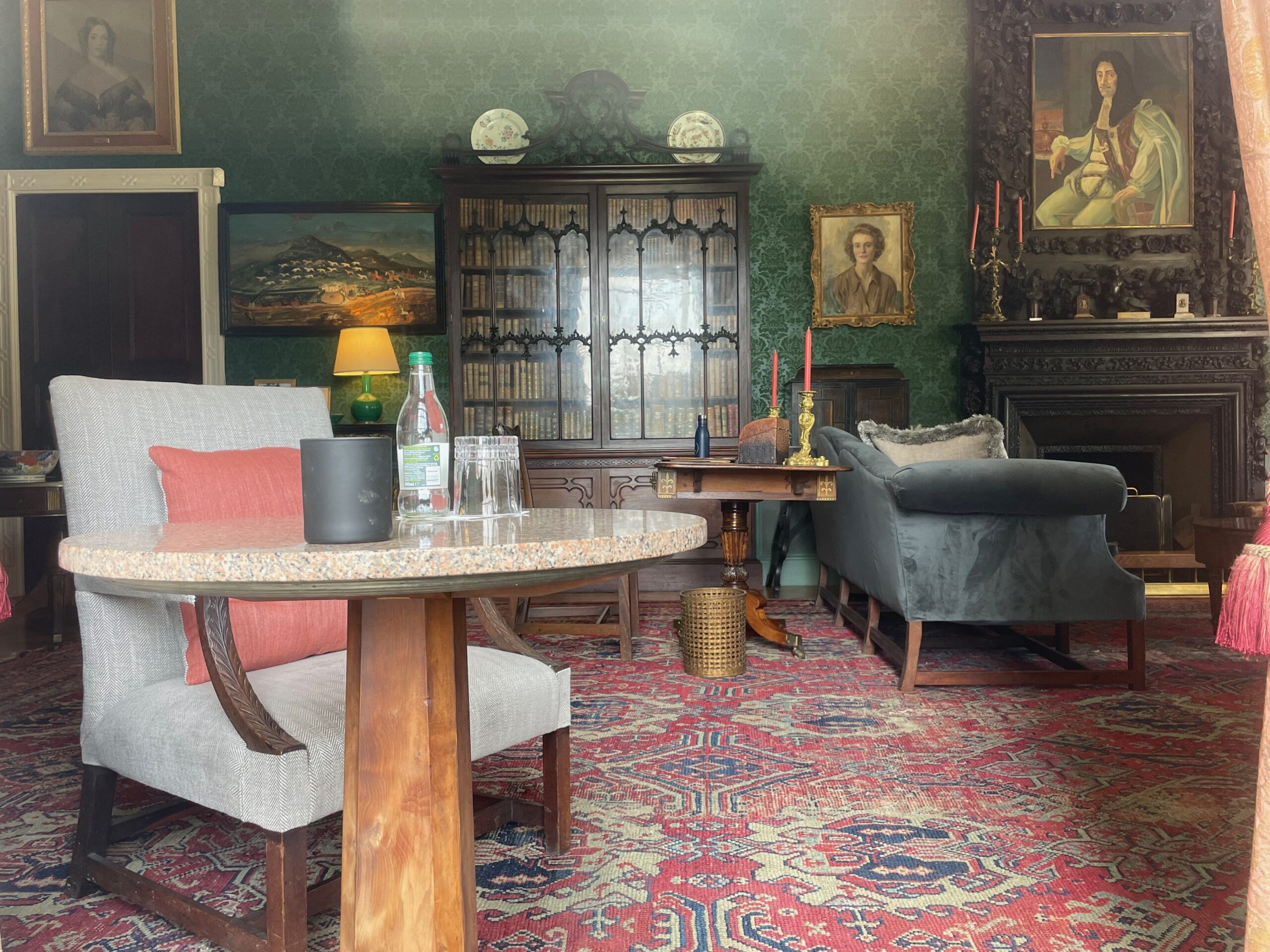 |
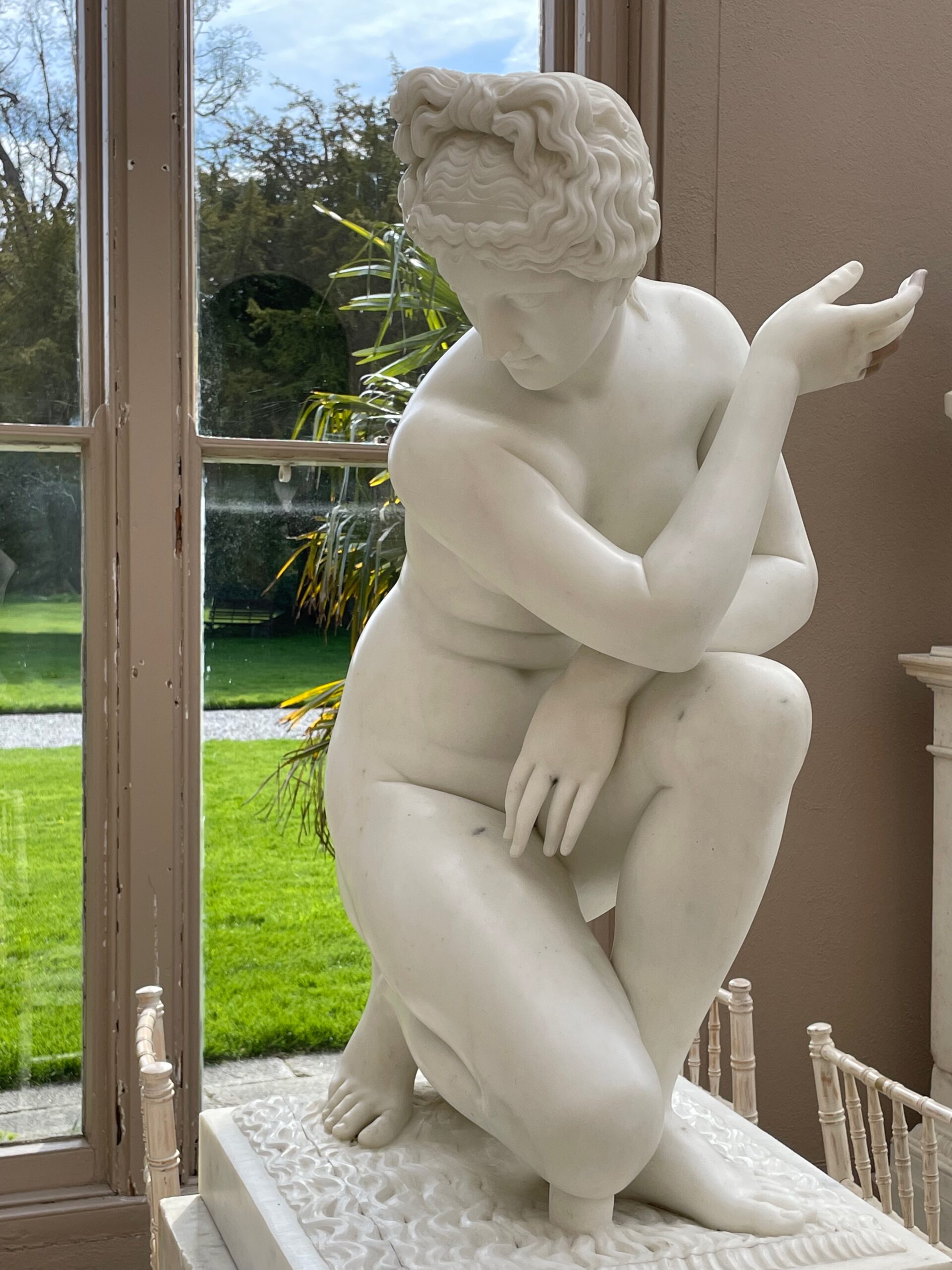 |
The tours take around 1 hour and I strongly recommend to spend another 2 in world-renowned 17th century gardens, cut flower gardens, high-hedged pathways, a natural amphitheatre area, the Long Ponds and a Walled Garden. They are all overlooked and managed by 15th Earl of Meath and Lord and Lady Ardee.
The gardens can be accessed without a house tour and I saw many Irish families coming to relax on the castle’s grounds. There are areas designed for children and in general you’re quite free to explore, you don’t need to stick to the paths and you can freely walk in the grounds of in the small part of the wild forest.
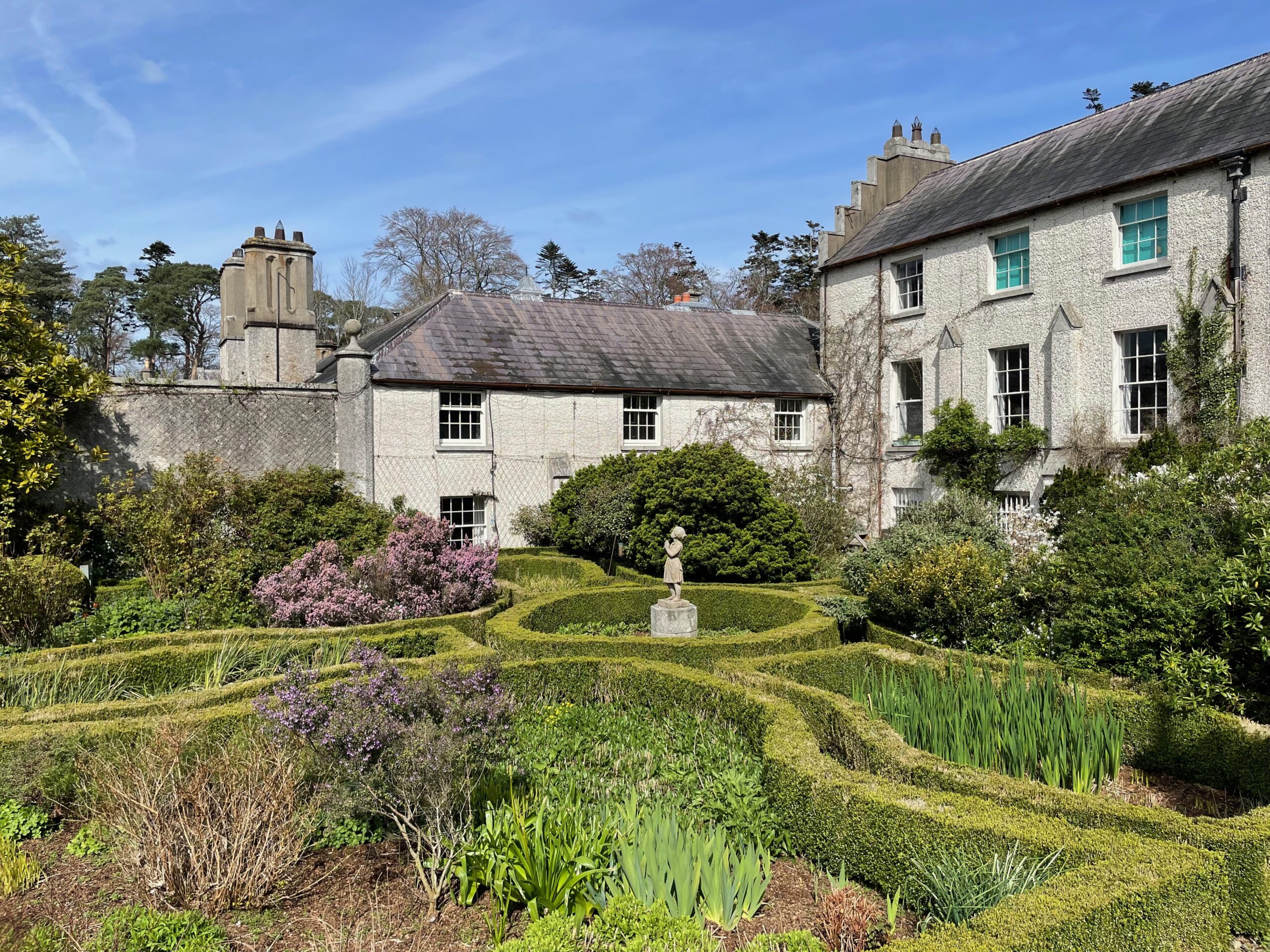 |
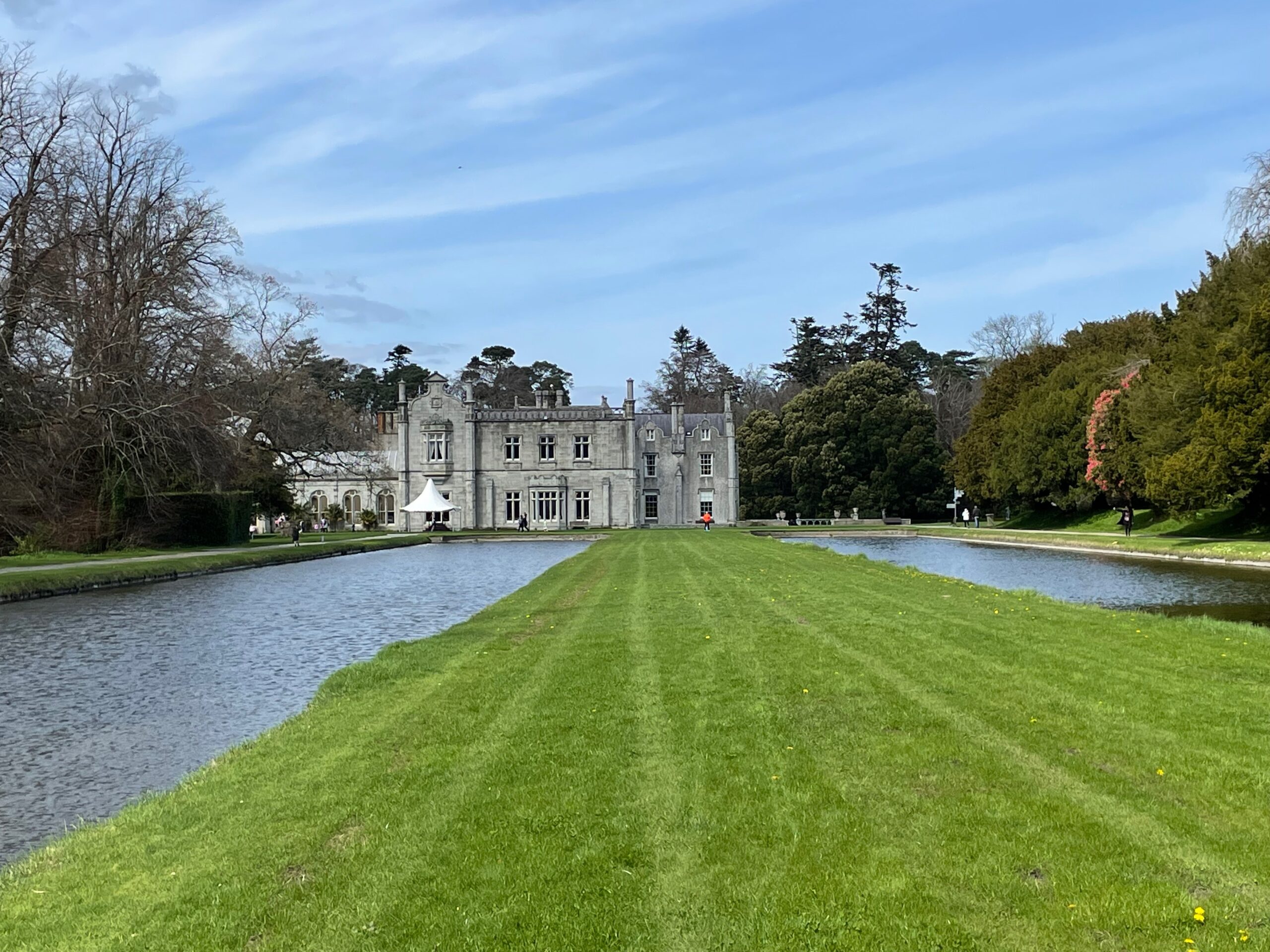 |
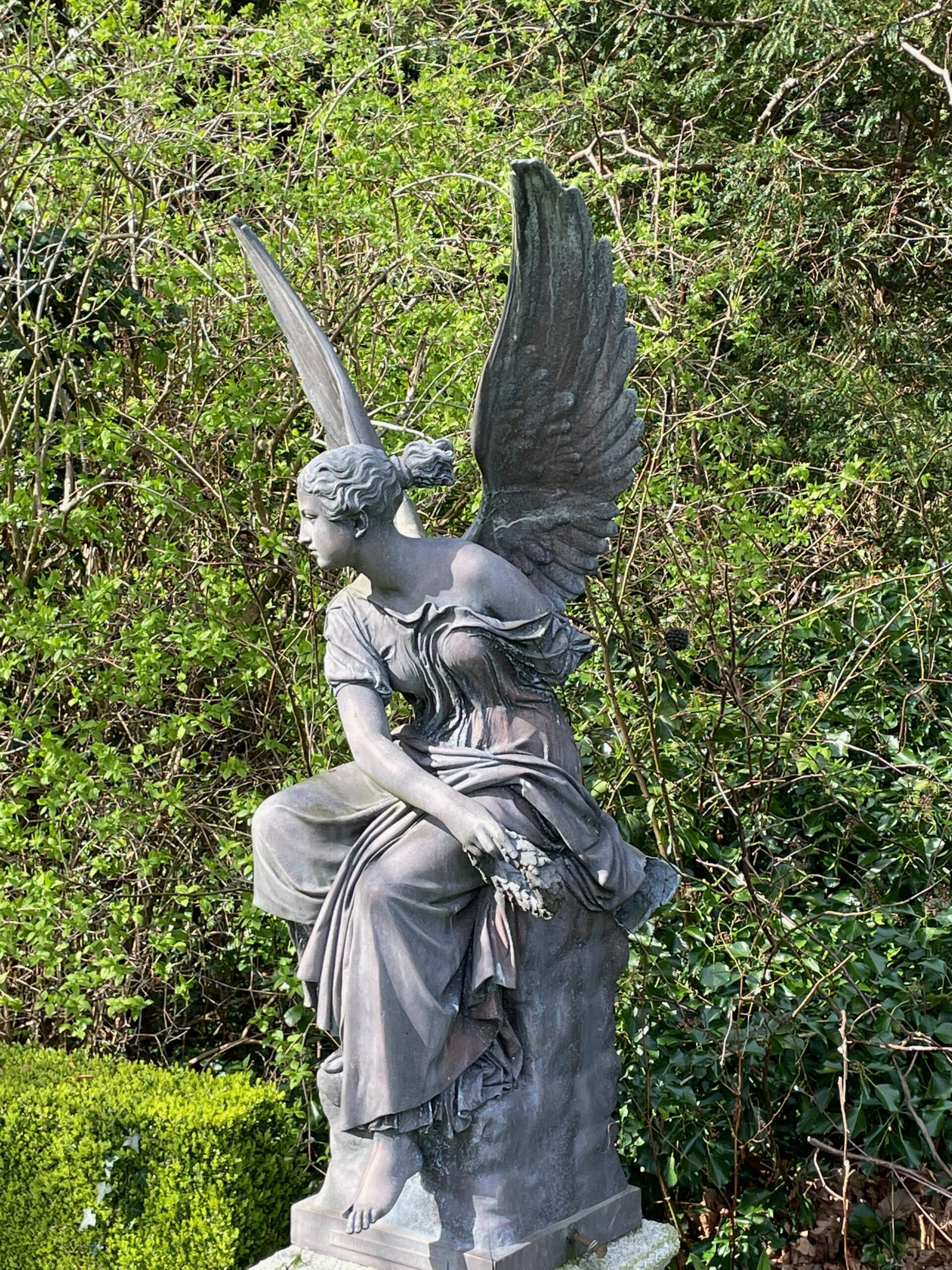 |
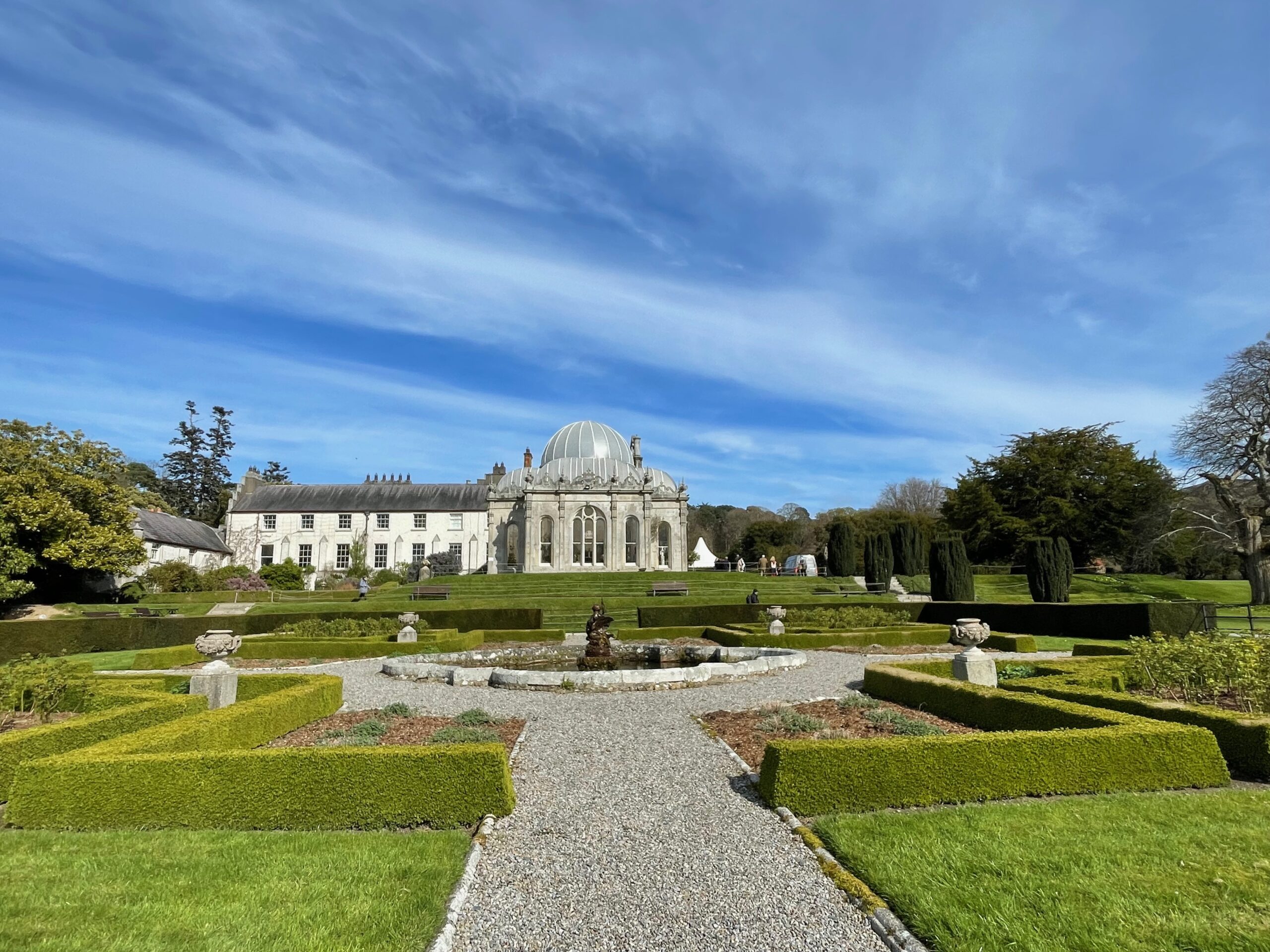 |
I also recommend having here an afternoon tea with delicious scones in the tearoom located in the garden with beautiful view at the castle.
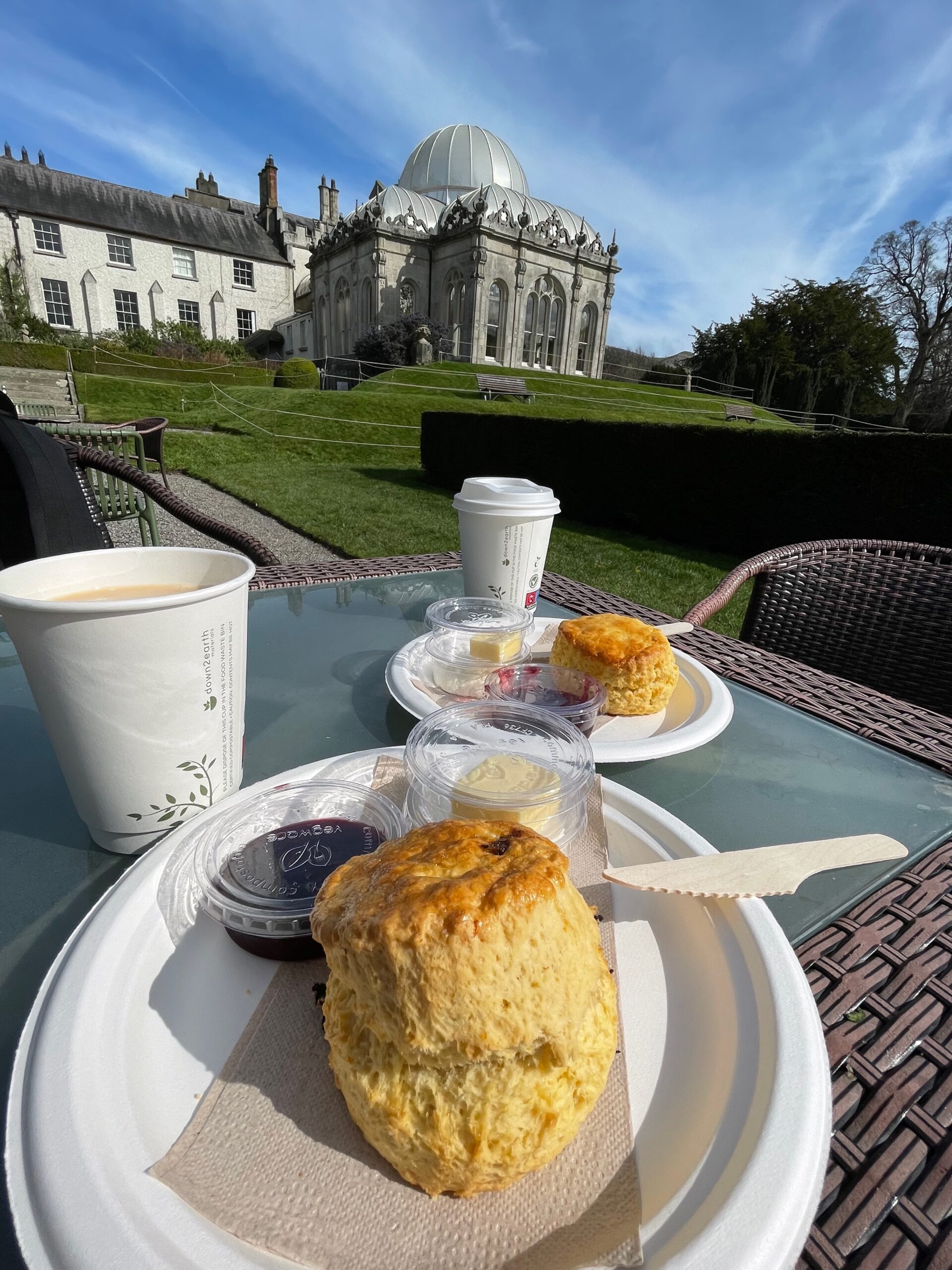 |
In order to get to Killruddery from Dublin you need to take a train from Connolly Station to Bray and from there proceed with the bus 84 (also included in DART leap card deal) to Briar Wood. The journey from Dublin is around 1 hour.
Bray Cliff Walk
Since I spent half of my day in Killruddery which is very close to Bray, I decided to have a short hike in late afternoon. Bray cliff walk is less scenic than the one in Howth but still very pleasant and popular among locals for a Sunday walk. The trek starts in Bray on a coastal promenade and continues along the railway to the village of Greystones, the length of the path is 7km and the walk takes around 2.5 hours. From Greystones you can take your train to Dublin or go back to Bray and finish your day in one of numerous restaurants overlooking the ocean.
The city of Bray is very nice to walk around and overlook the life of locals since tourists focus on the attractions around rather than explore the town. That’s way I suggest spending here one or two hours to have an authentic experience. However, prices in restaurants are comparable to those in Dublin so I don’t think you can find here some nice budget deals even if outside of the capital.
During our visit the route was partially closed due to the number of landslides since the ground became unstable after long period of heavy rains. We did only small part of the hike until the path was blocked and returned to Bray to walk on the beach. Some people decided to proceed with the hike despite the warnings but I strongly recommend not taking the risk, some of the landslides are not visible and are considered dangerous for walkers.
There are many trains between Bray and Dublin, going back to the capital should take less than one hour.
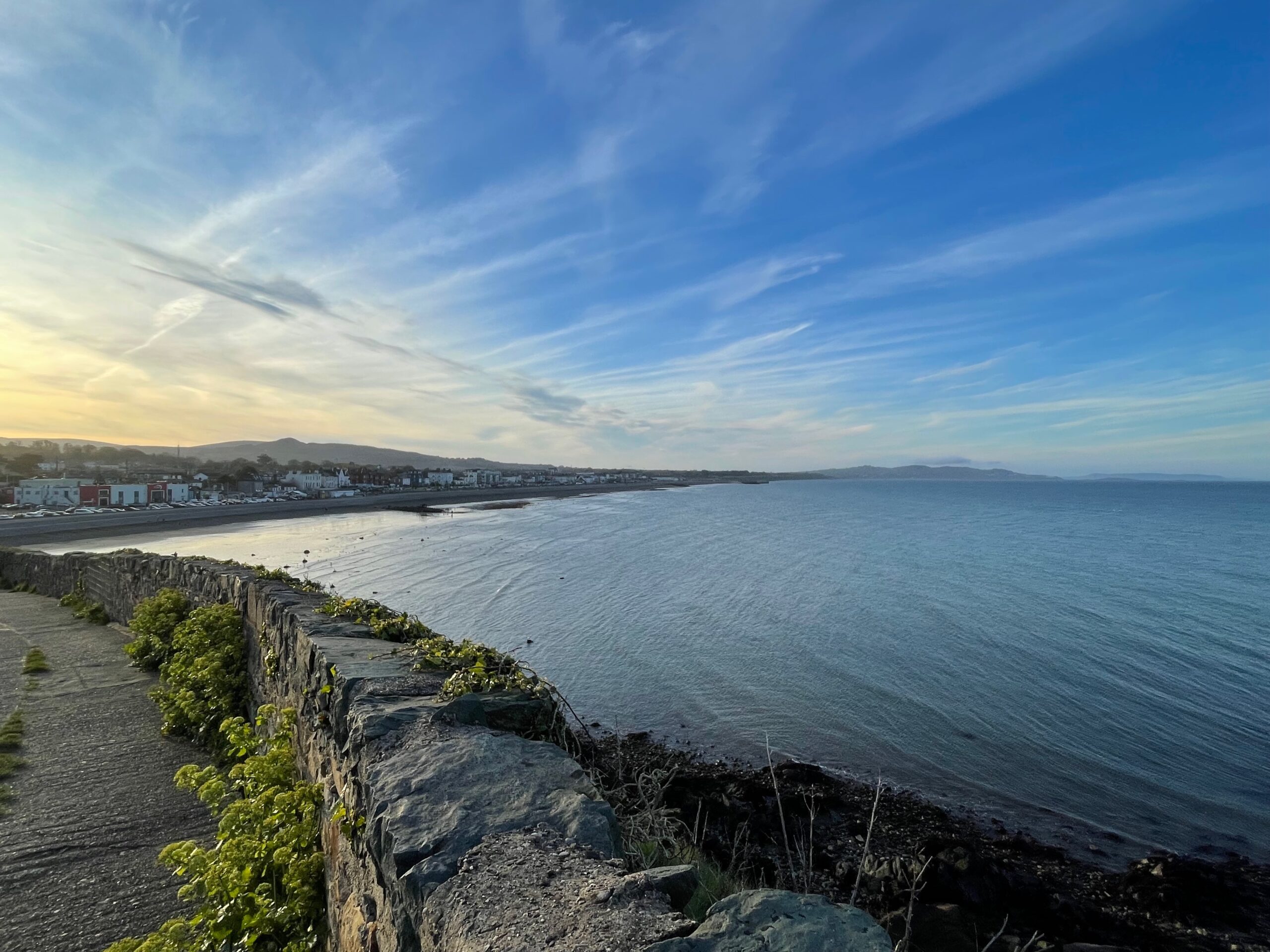 |
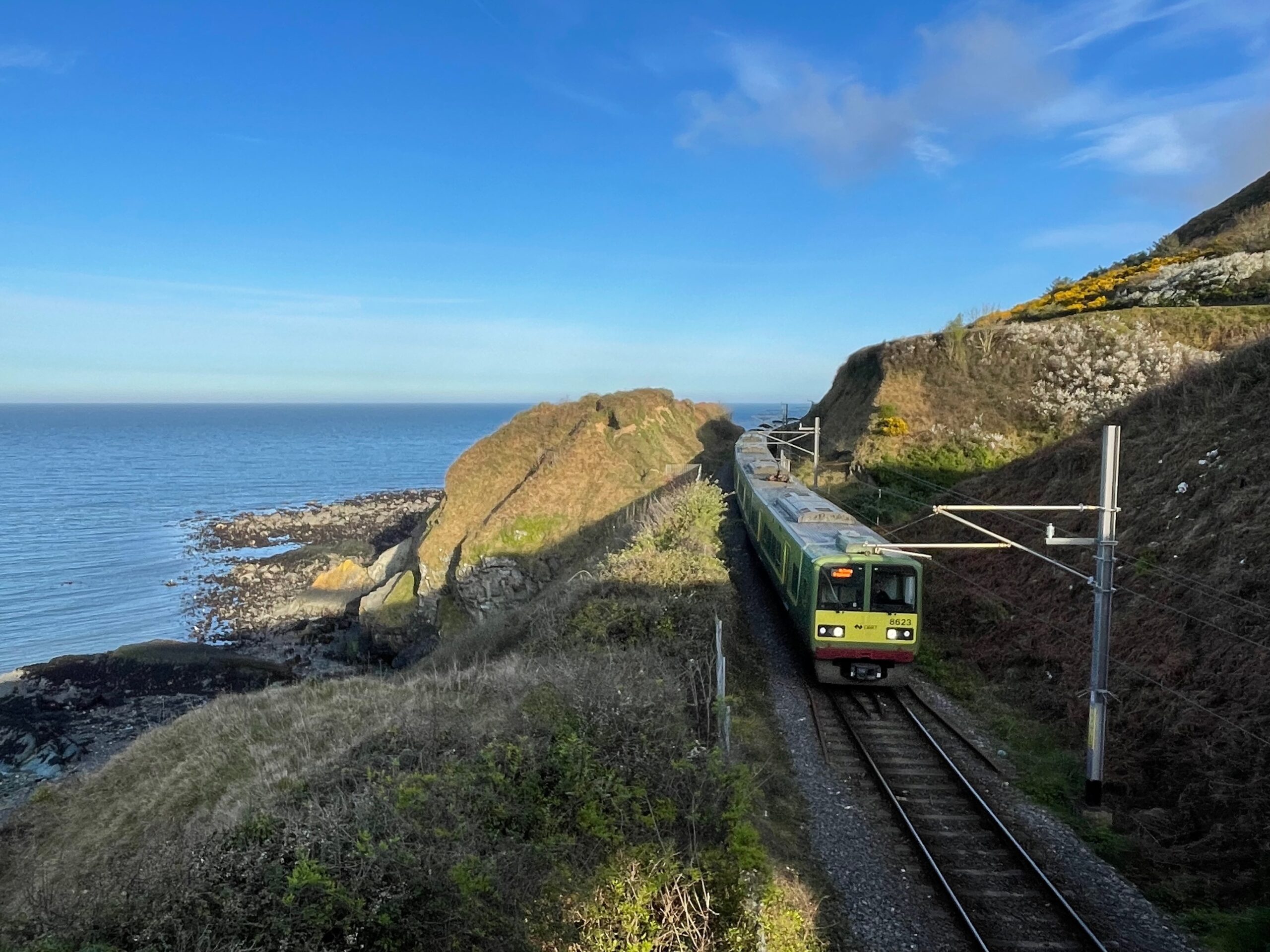 |
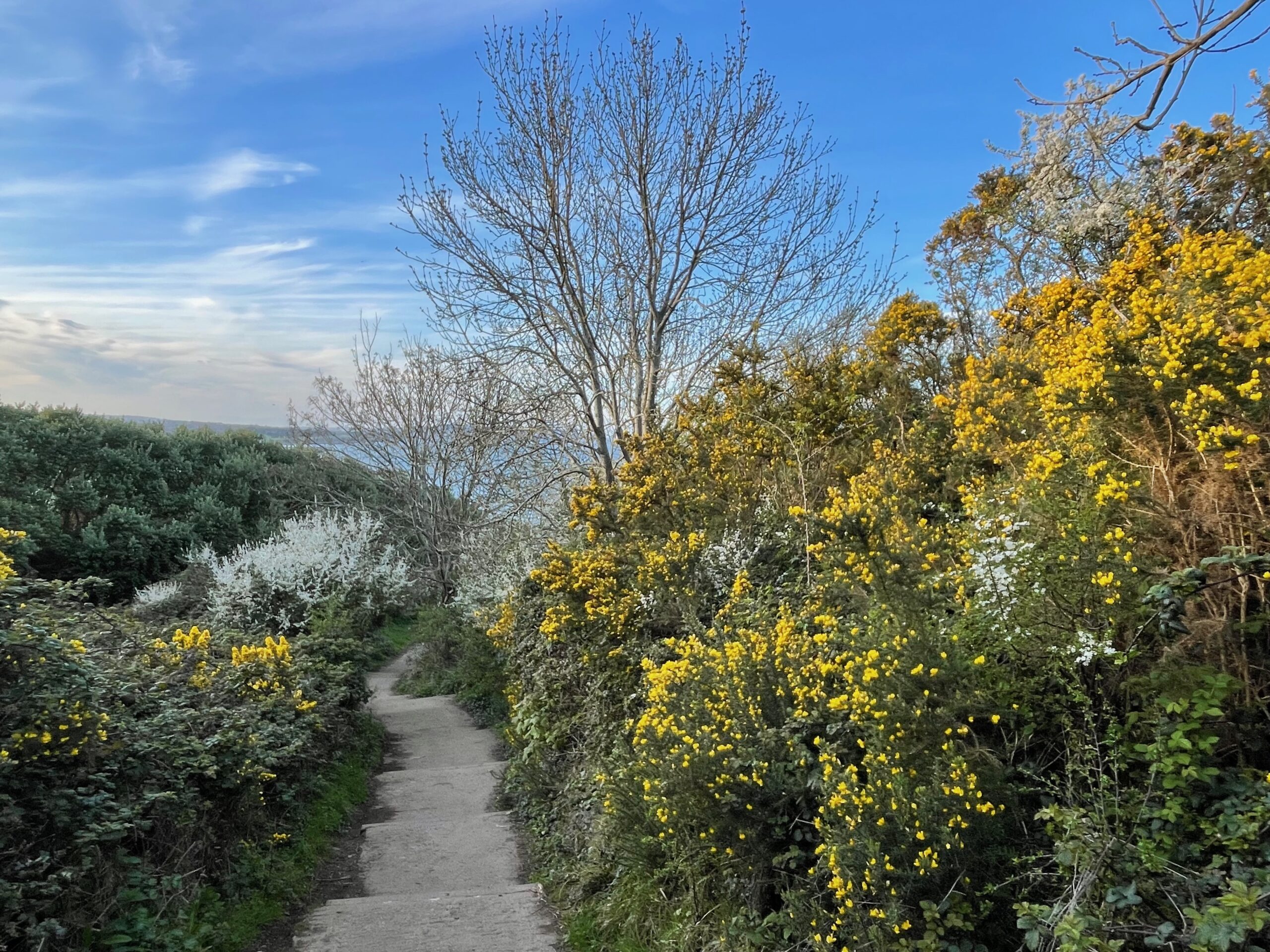 |
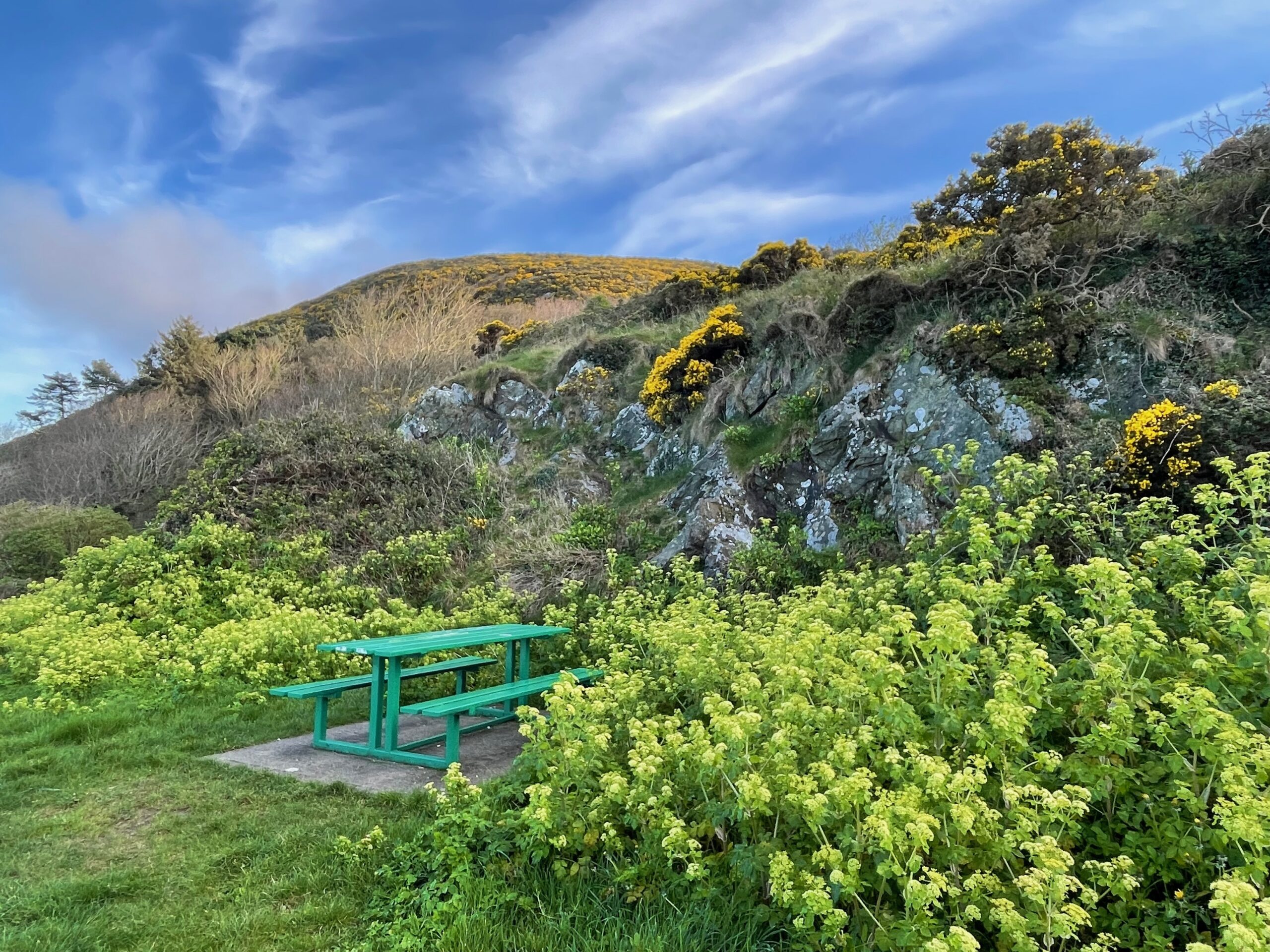 |
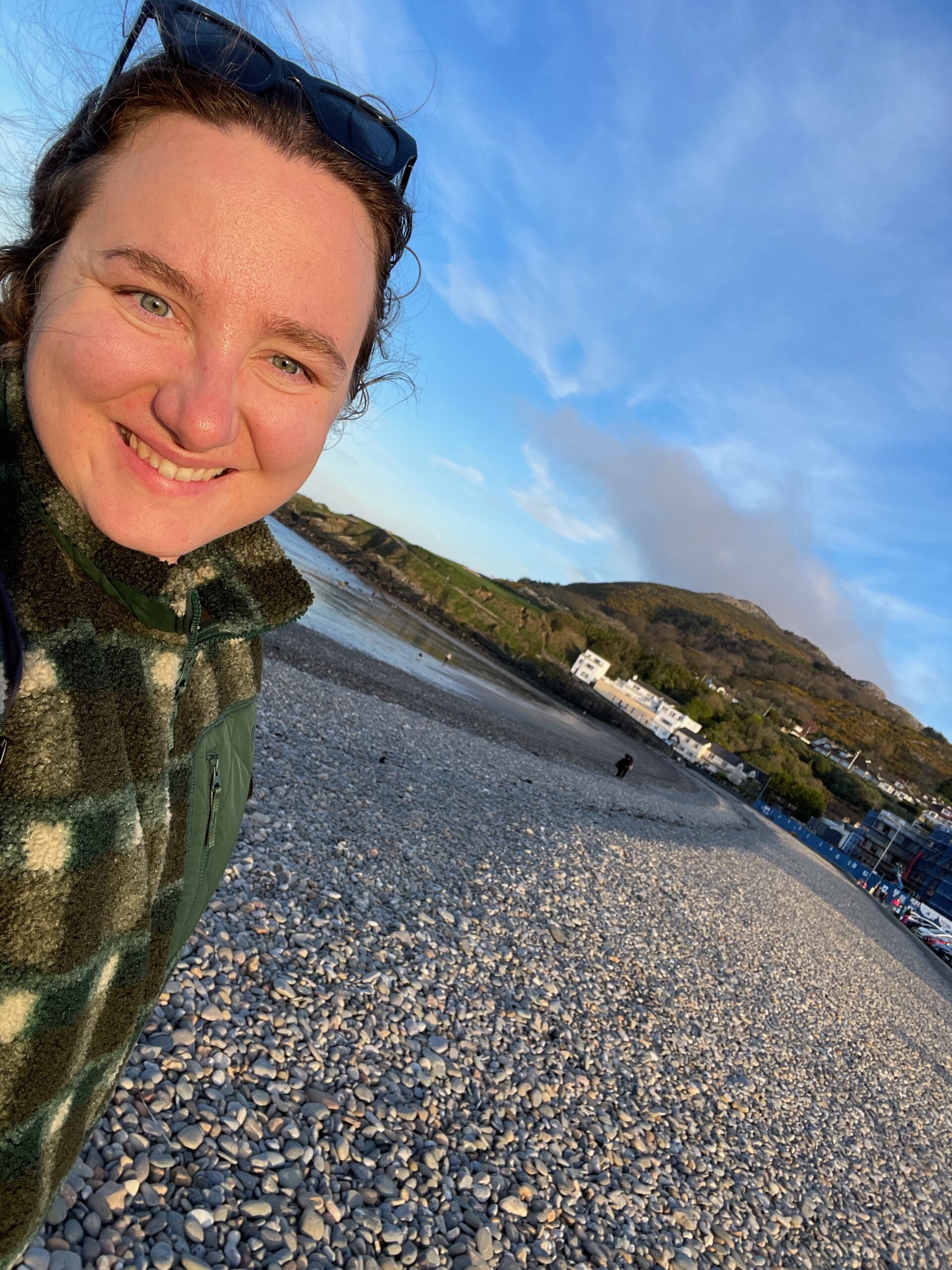 |
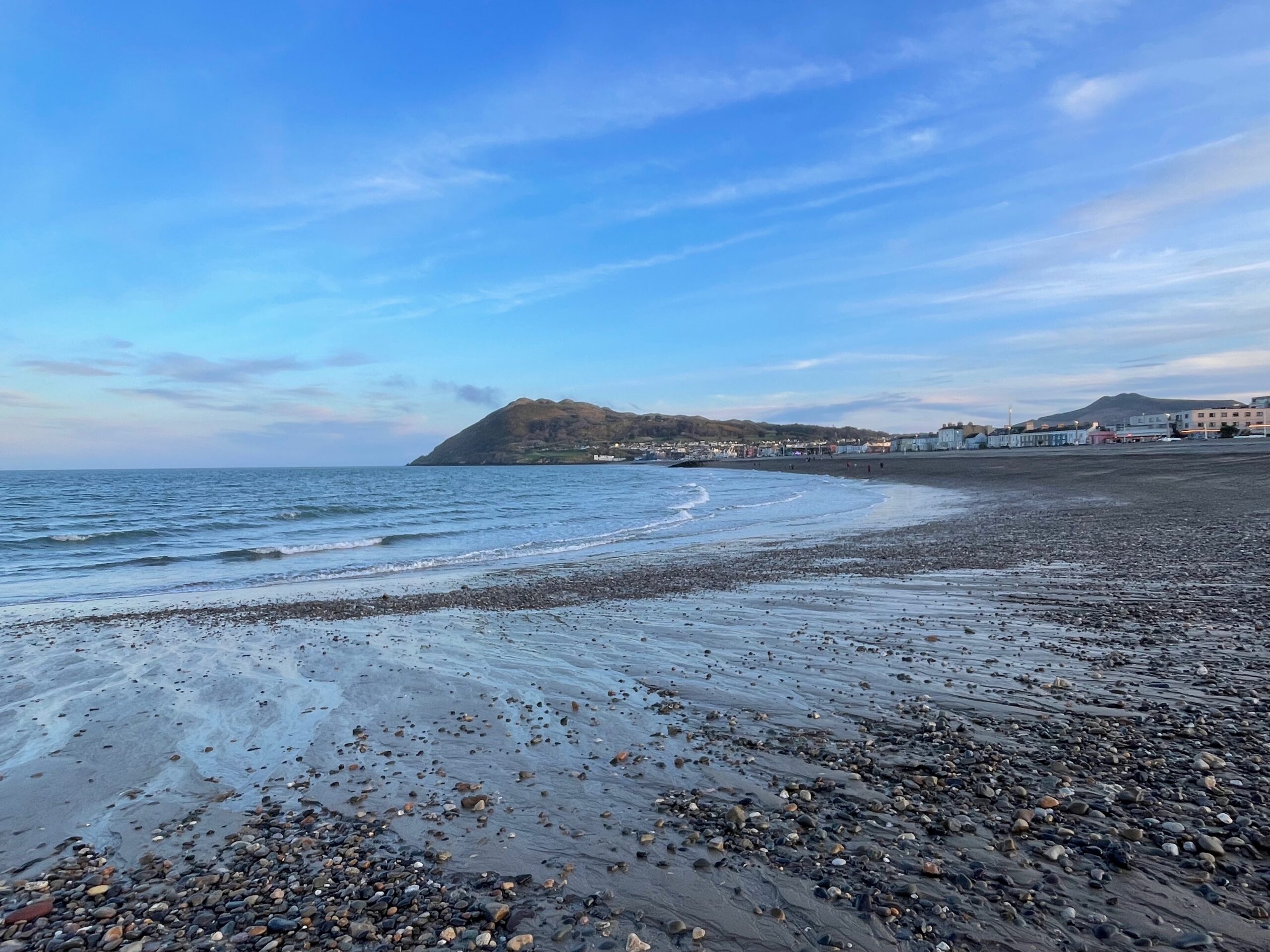 |
Farmleigh House and Estate
Farmleigh House once belonged to influential Guinness family and nowadays it’s the official Irish state guest house. The manor offers guided tours (around 45 minutes length) and the gardens are free to visit (no entrance fee). Farmleigh is a spectacular example of grand houses from the Edwardian period. Originally, Farmleigh was rather small Edwardian house constructed in the 18th century, until Edward Cecil Guinness, great-grandson of Arthur Guinness, commissioned grand renovations and transformed the building into elaborate residence. The new building merged various architectural styles. If you go for a house tour you will be able to see the exquisite interiors with many of the artworks and furnishings collected by Guinness. Particularly precious is the library with large collections of books (many of them very rare) and old manuscripts since some family members were avid enthusiasts of rare books acquisitions.
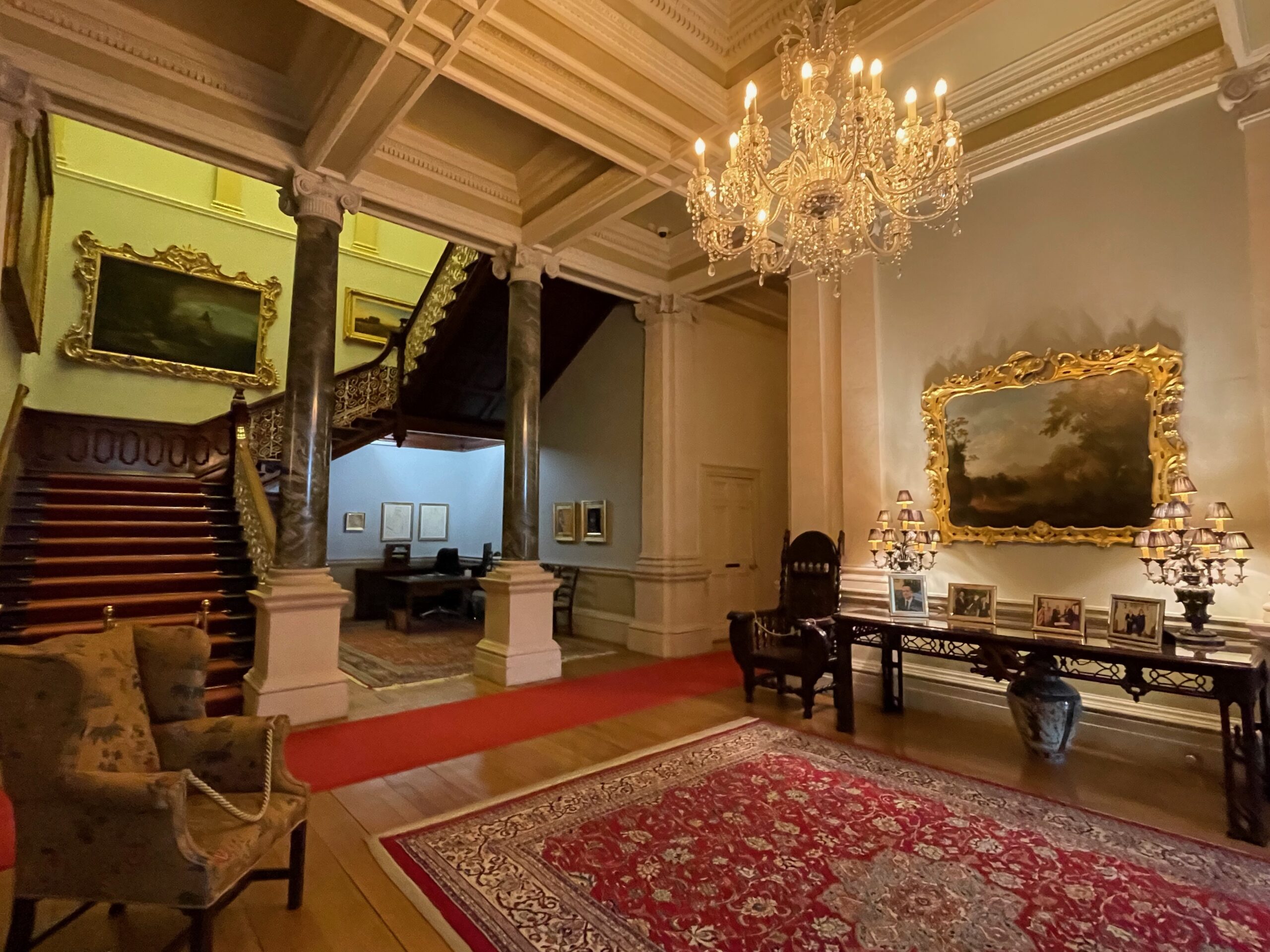 |
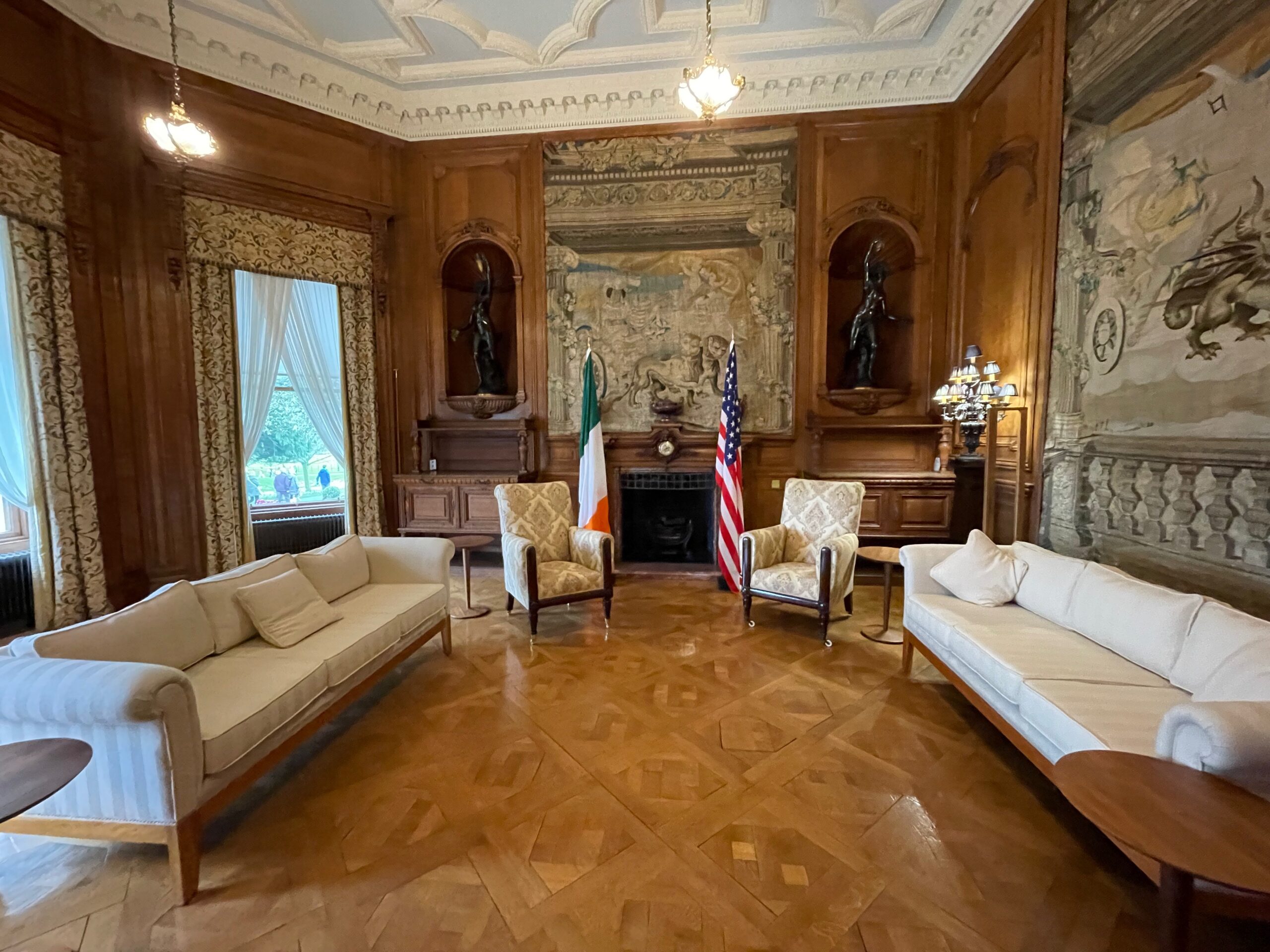 |
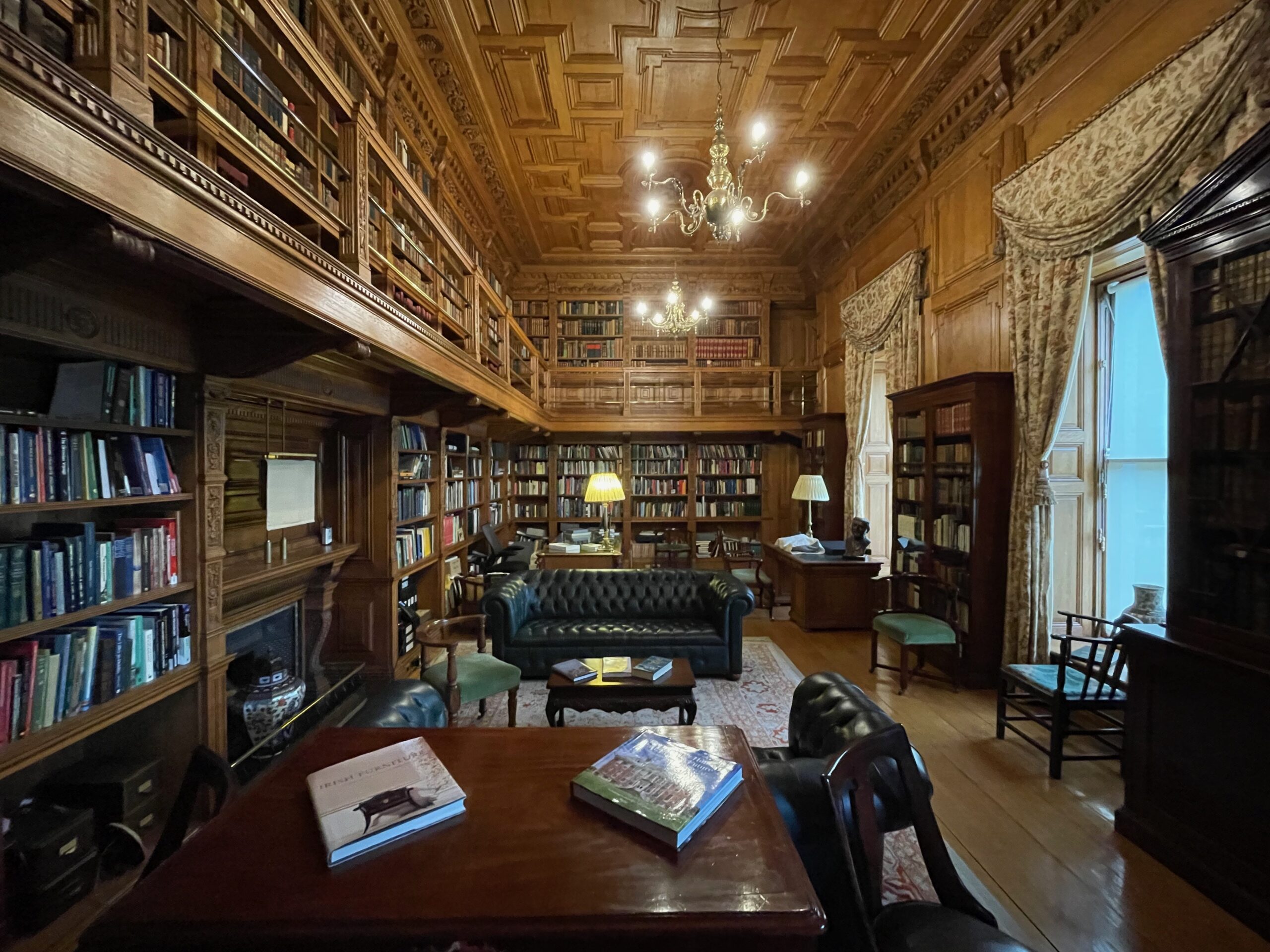 |
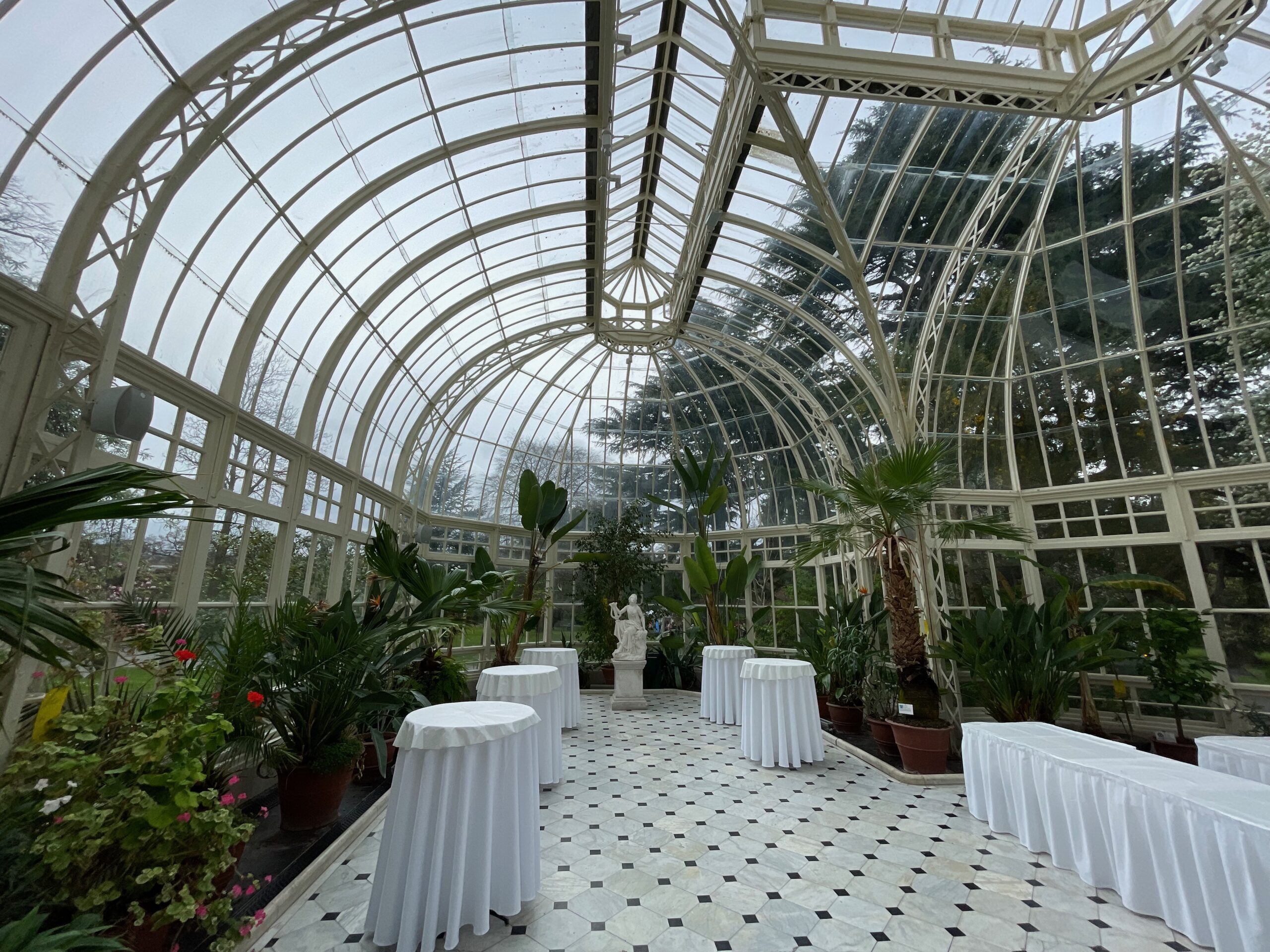 |
Nowadays, the residence serves as a guesthouse to important guests of Irish state. Many meetings with visiting heads of State and dignitaries are organized here. As you walk around the house, you’ll see many photographs with presidents, royalty and other distinguished guests on the display. When planning your visit, check the residence’s calendar. During state meetings, Farmleigh is closed for tourists so you may want to adjust your schedule in advance.
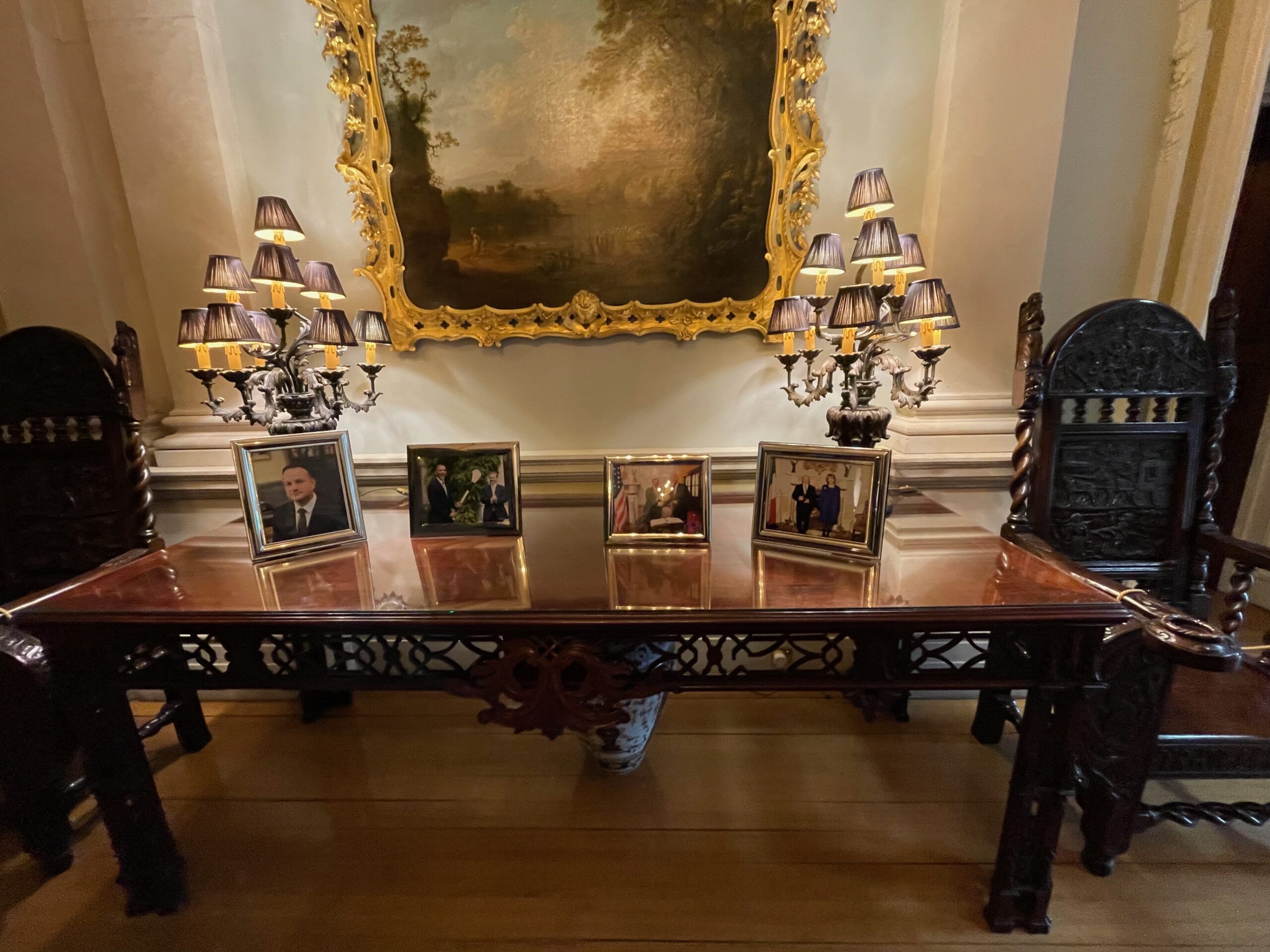 |
 |
After a house tour (which I find really interesting, you’ll learn a bit about the Guinness family and their life in the residence as well as about its current function), stay for another hour to check out the gardens. The vast pleasure-grounds have wonderful Victorian and Edwardian ornamental features, I recommend going to walled and sunken gardens, there are also relaxing lakeside walks if you want to spend a bit more time in nature. I saw on the map of the estate that the premises possess a working farm and that you can find also some cute little shops with local food produce but I didn’t visit those places myself so can’t give any opinion.
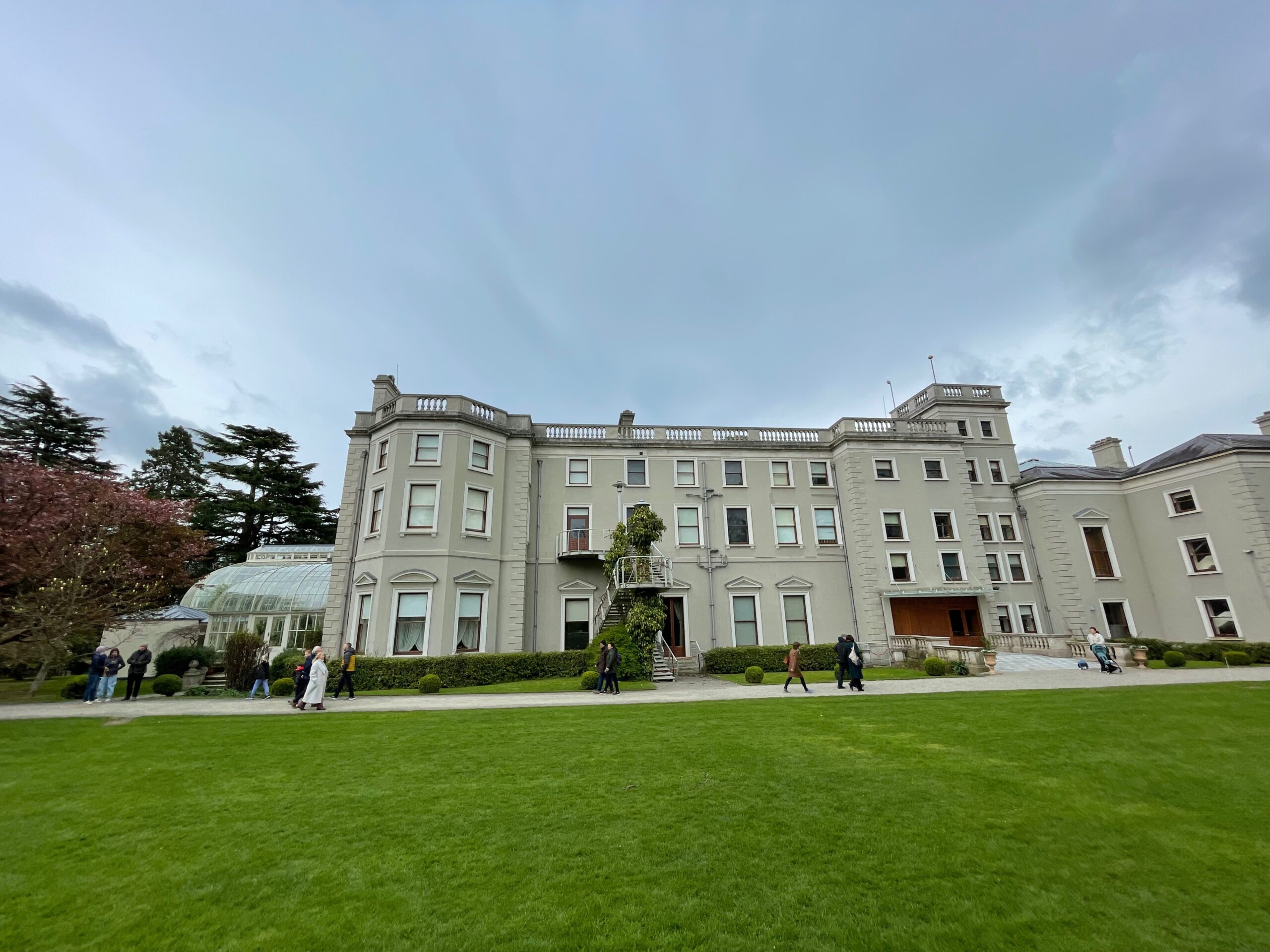 |
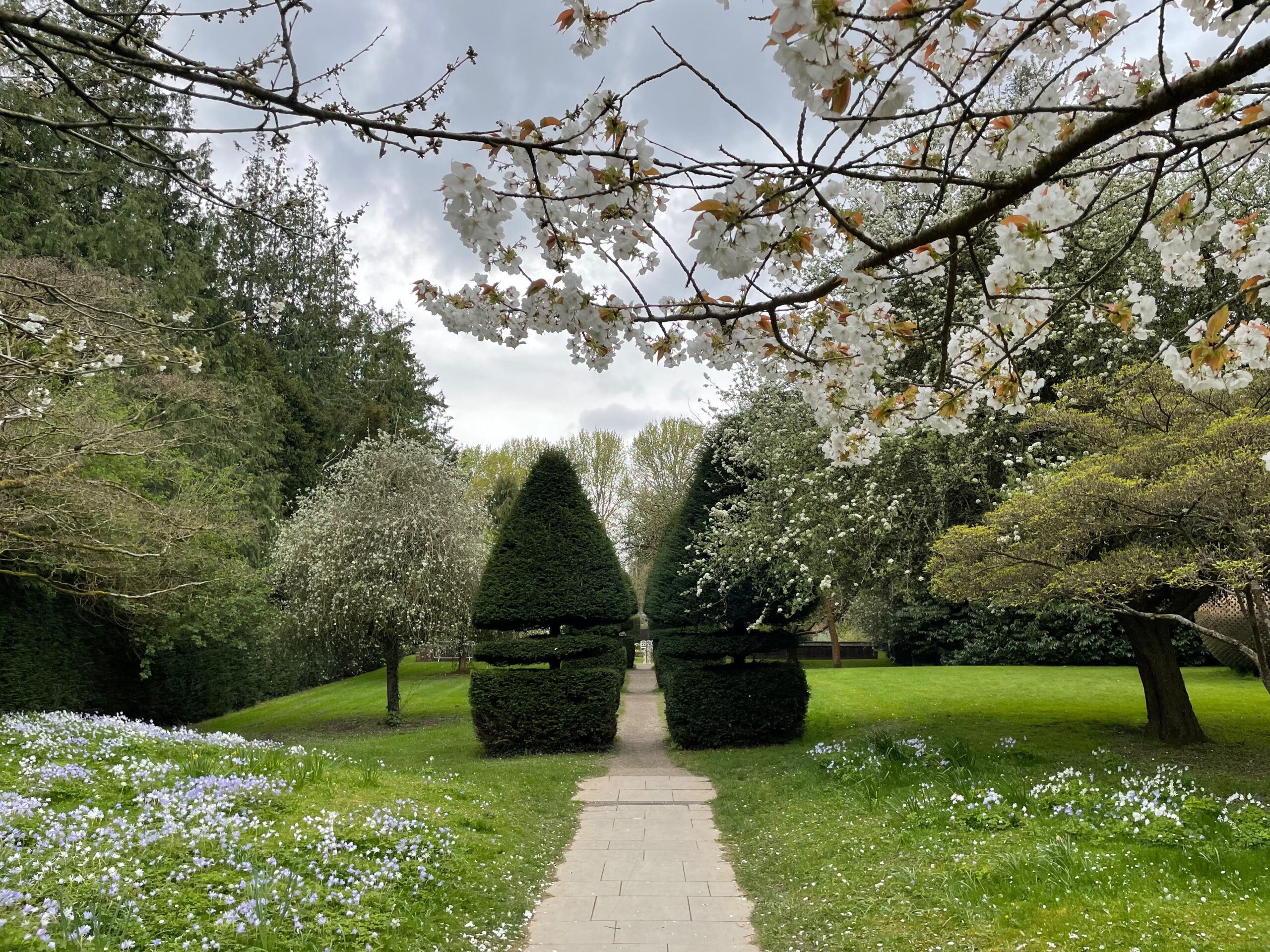 |
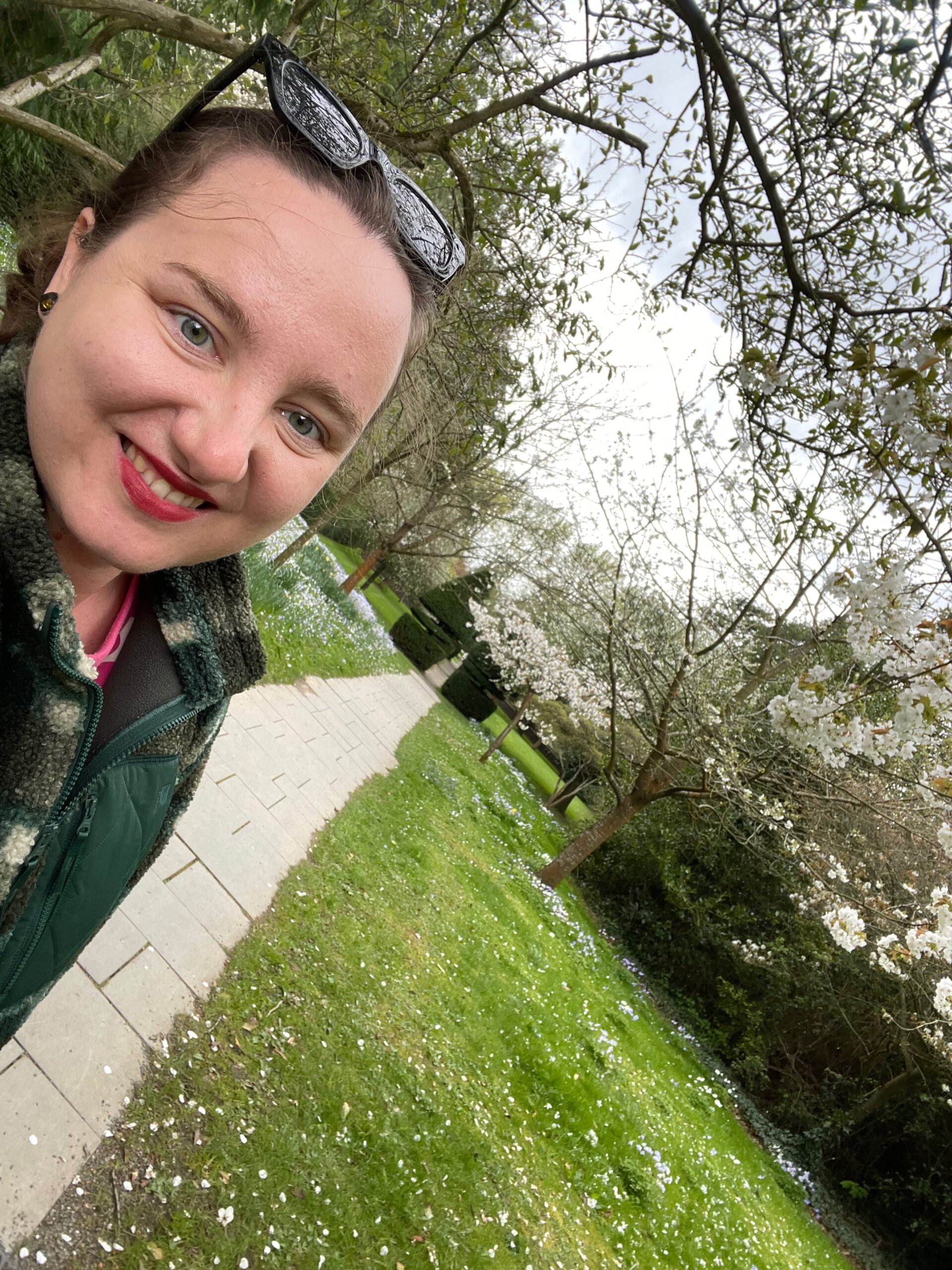 |
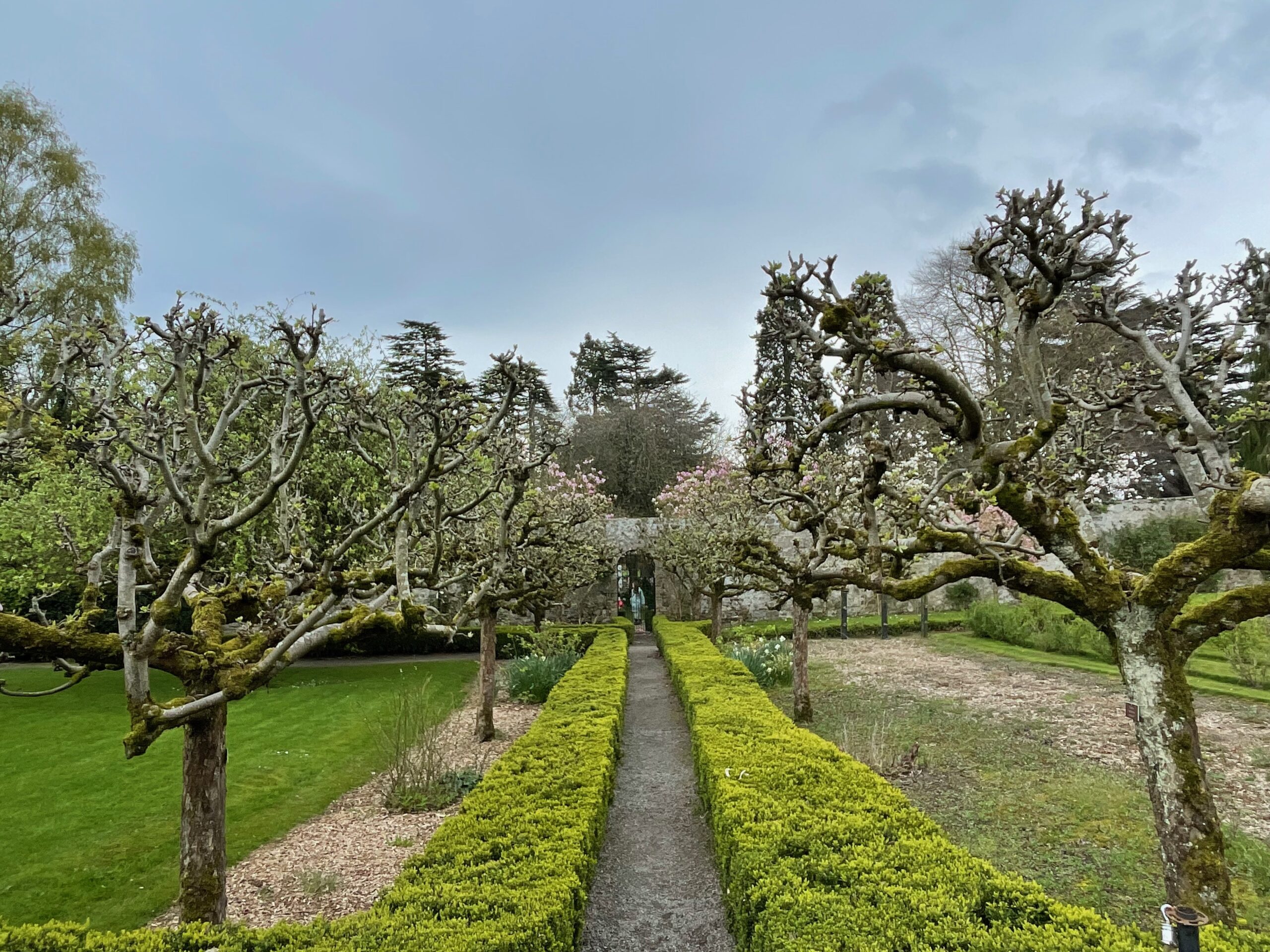 |
Afterall, I recommend Farmleigh Estate since it gives you a glimpse of a grand Edwardian house. I find it a unique opportunity to see how lived one of the most affluent Irish families, Guinness family is one of the most prominent in entire Ireland.
The only difficulty in my opinion is to access the premises when not having a car. The estate is located to the north-west of the Phoenix Park, in Castleknock so you need to cross entire Phoenix Park and then still walk a bit to get to the house. This is few kilometers walk and it takes more than one hour which is quite long. Alternatively, you can take a Dublin Bus number 37 from the city centre and get off at the Castleknock Gate. Then continue through the Phoenix Park and take the narrow pedestrian pathway through the field to your immediate right. I suggest to check the official website of Farmleigh Estate for precise and up to date guidance, however I find that the way there and back takes a bit too long, especially if you don’t stay many days in Dublin. Some time saving solution may be to take a taxi at least one way which makes even more sense if you go with friends and share the cost (Irish taxis are quite pricey though).
On the positive side, stroll to Farmleigh will allow you to spend a lot of time in the nature as you cross entire Phoenix Park which I recommend visiting even if you don’t plan the Guinness’ former house.
Stay in the hotel located in grand manor
Many of grand historical residences are nowadays turned into hotels. We have stayed in one located in Leixlip. For few nights we lived in a 18th-century manor house immersed in Irish countryside (gorgeous Irish landscapes) with beautiful Victorian garden and charming forest path leading to the hotel. If you don’t plan to rent car, look for hotels which are walkable distance to train station (within DART network). Waking up in the middle of Irish countryside to the bird songs, with beautiful greenery visible from the window of your room just after waking up and sounds of sheep and horses from nearby fields will allow you to feel like you moved back in time to the period of Jane Austin novels. The grand manors are often coming with a piece of land so you will be quite isolated from the sounds of modern civilization (cars, renovations, etc.). The interiors are often traditional with modern touches and are adapted to nowadays standards.
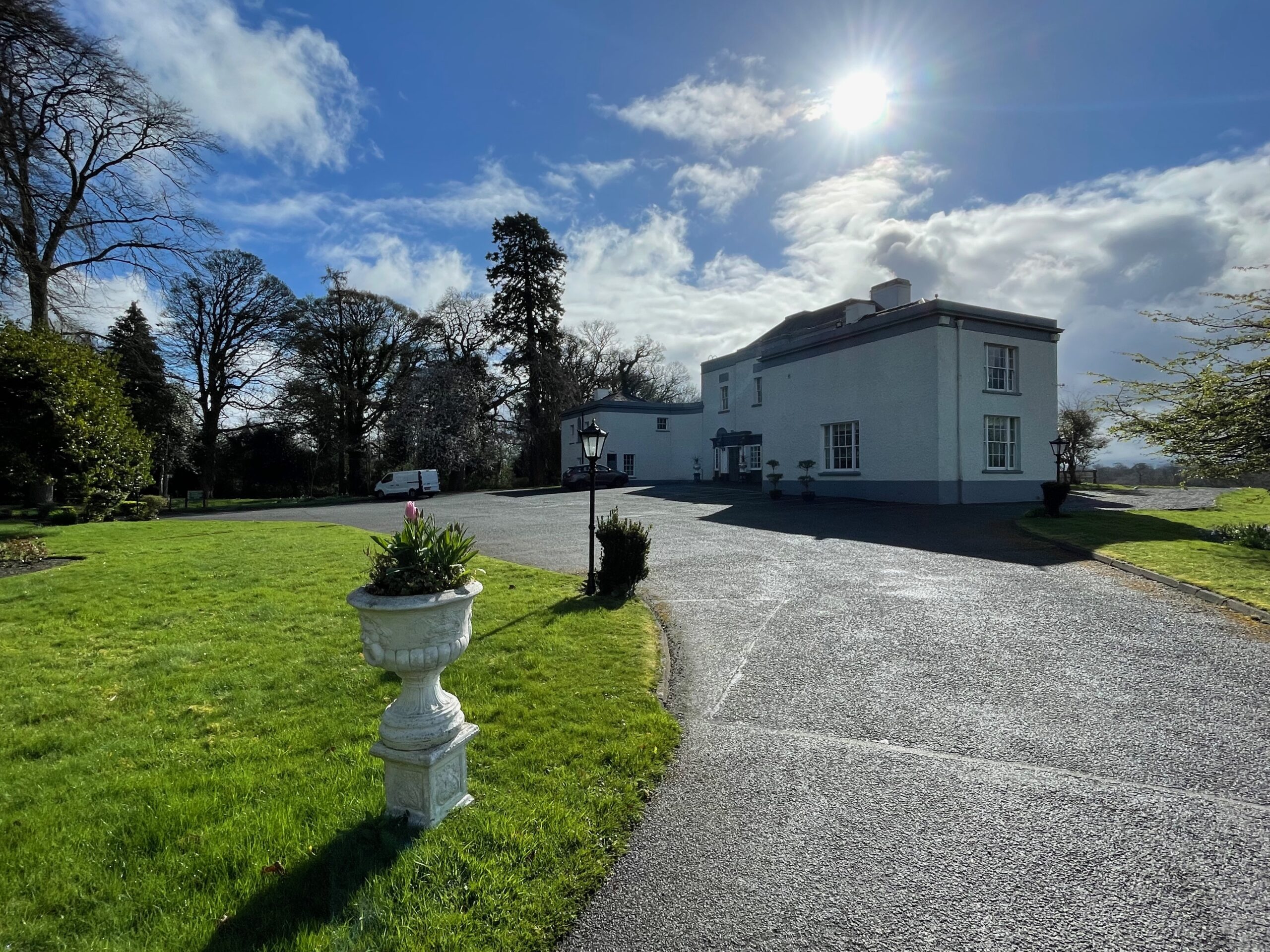 |
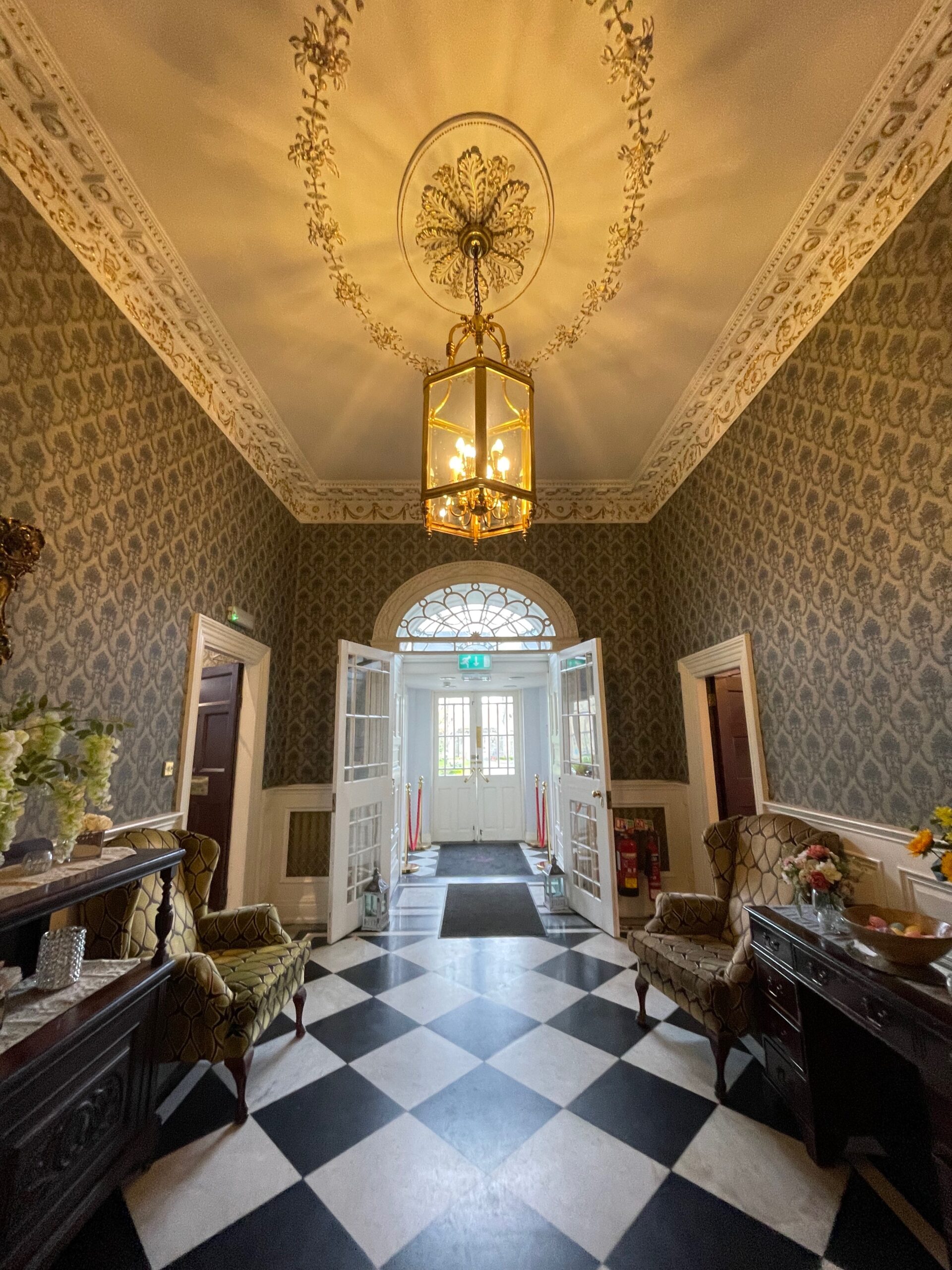 |
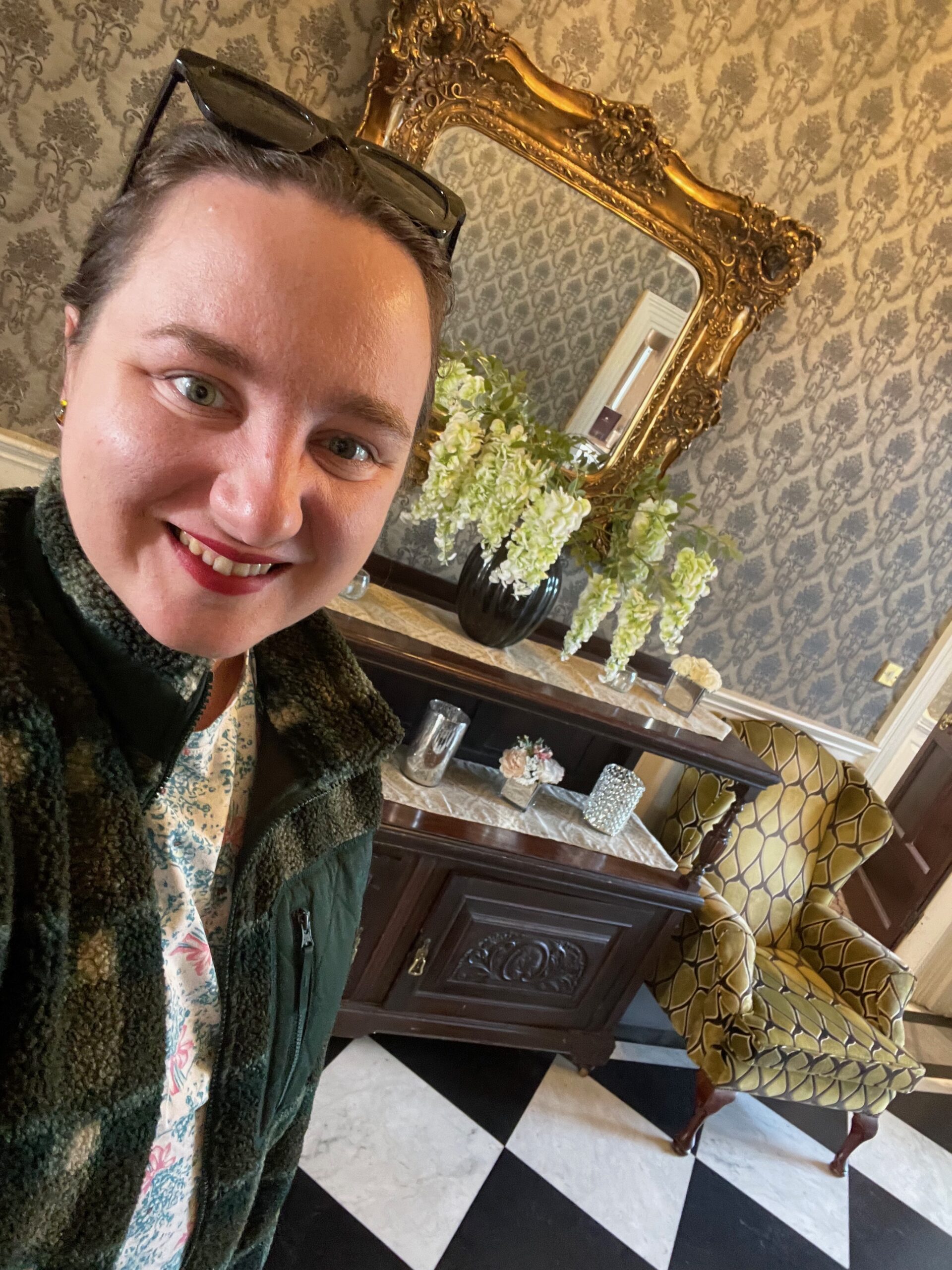 |
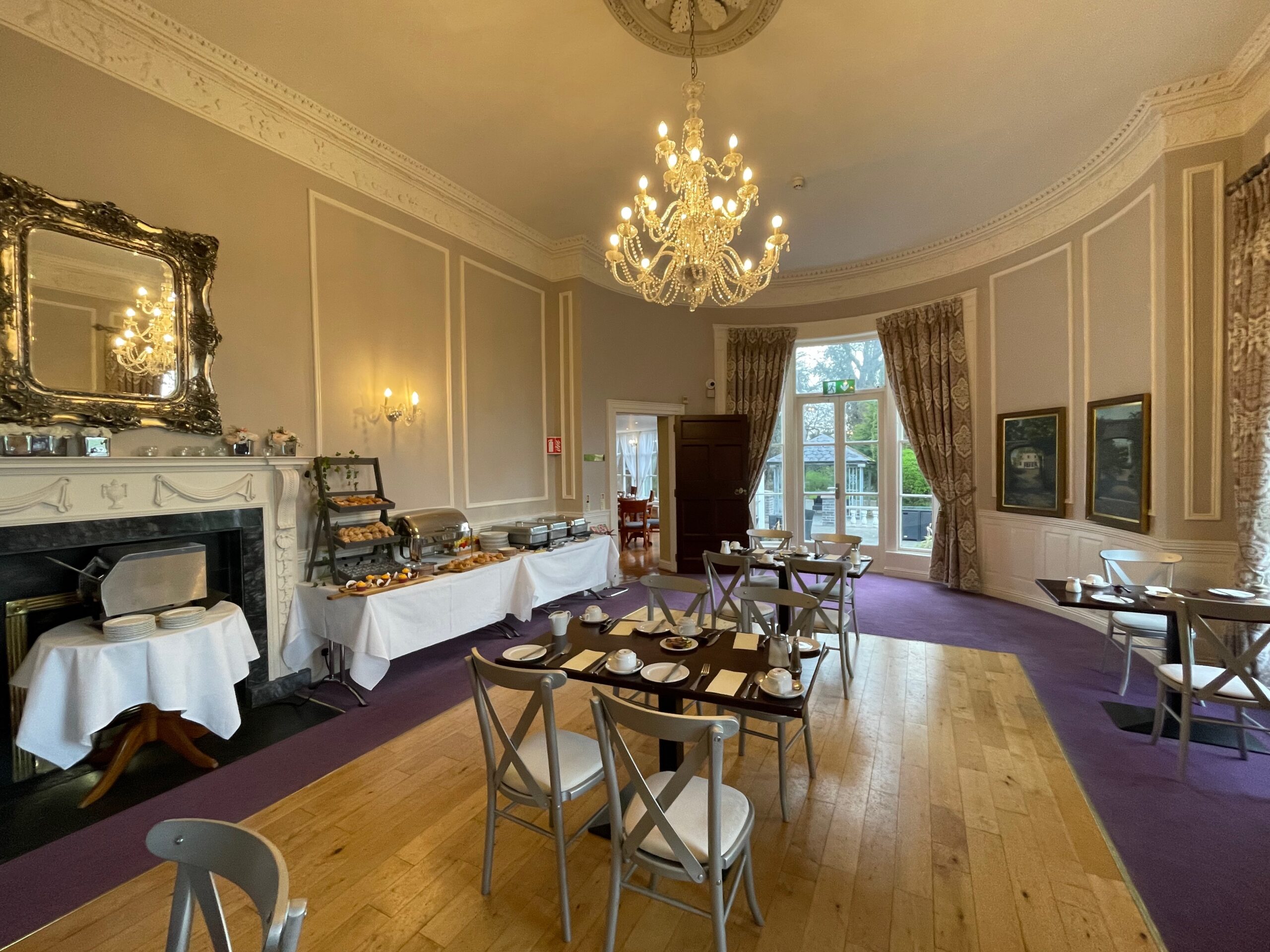 |
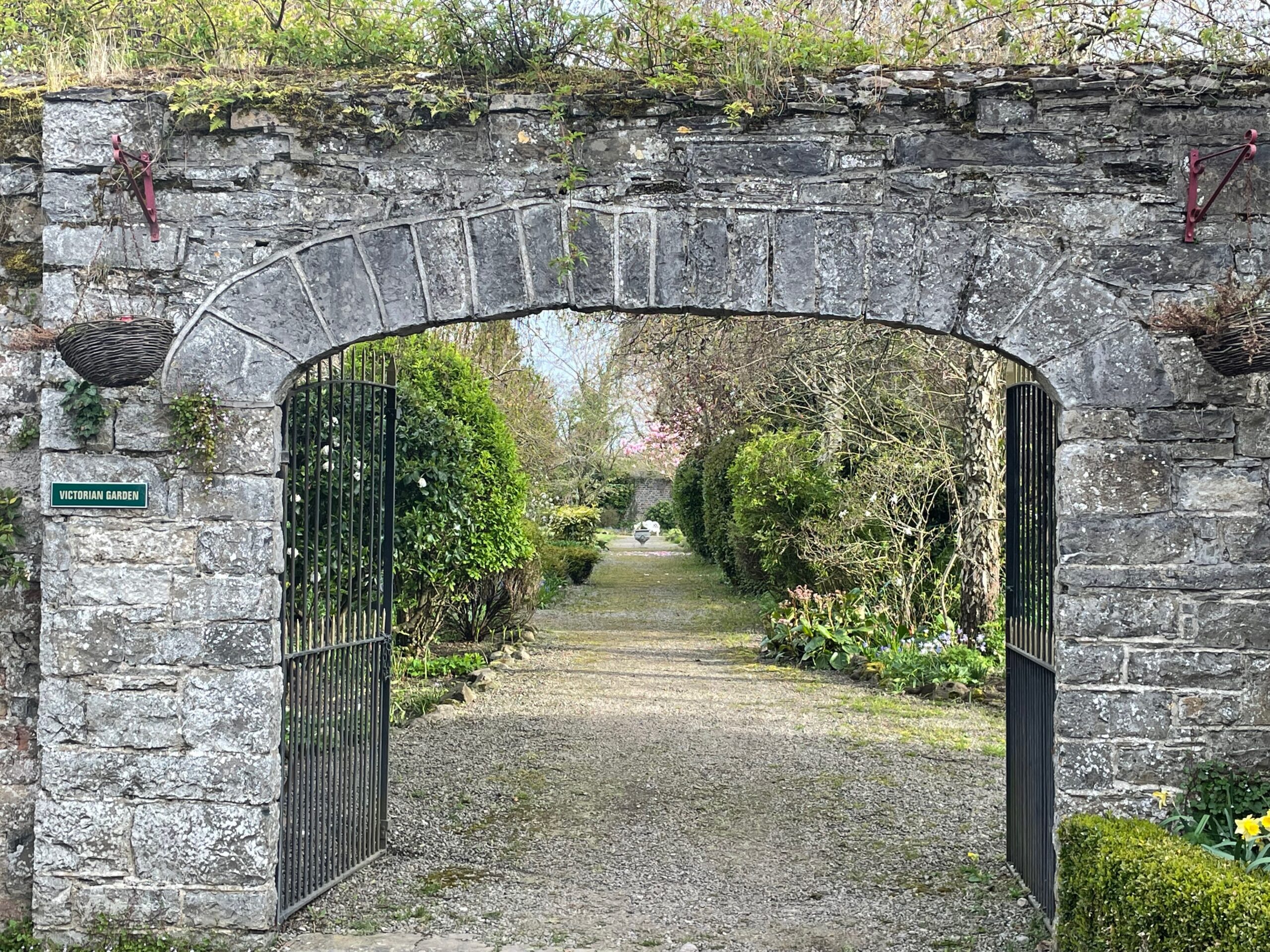 |
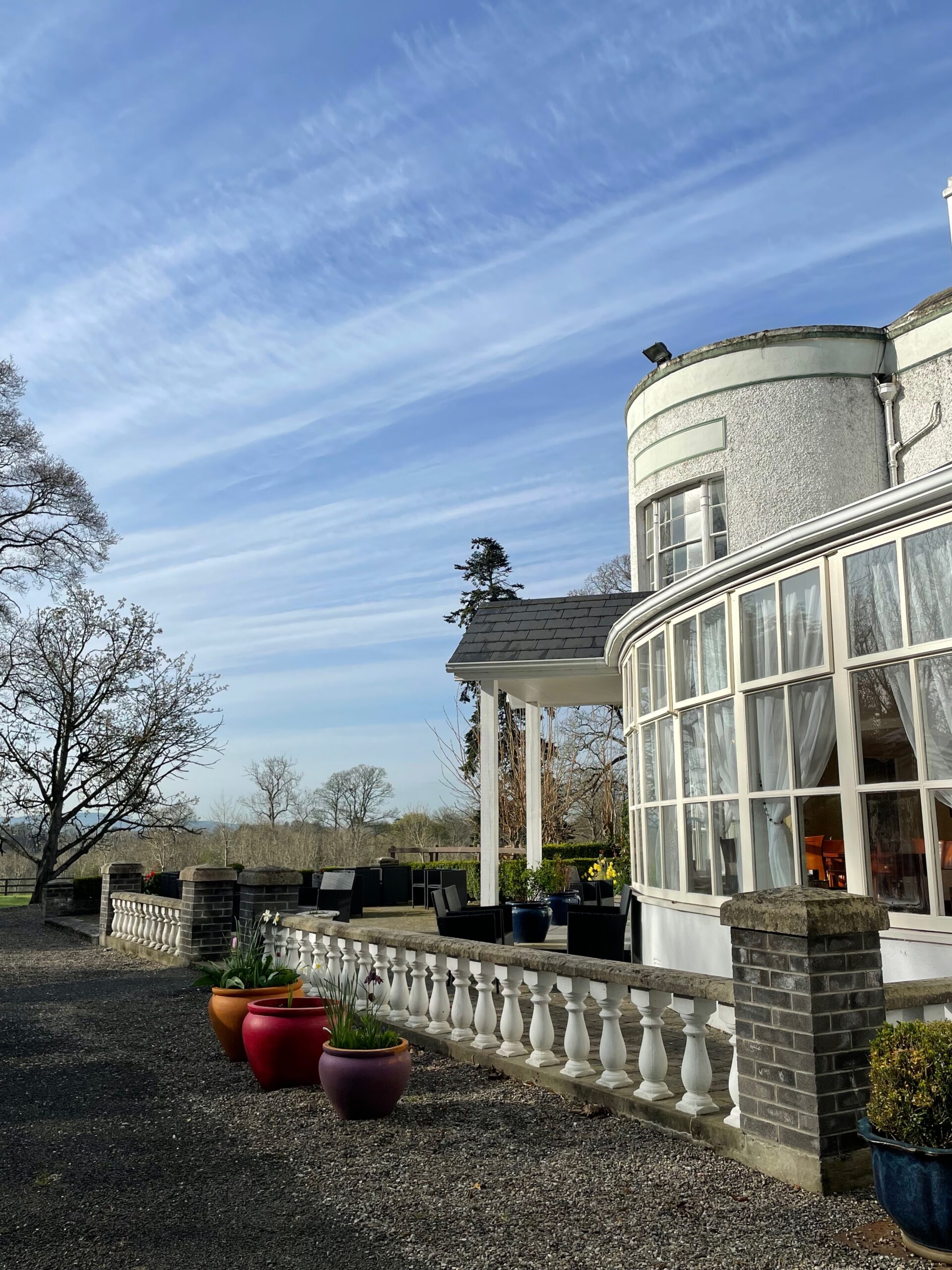 |
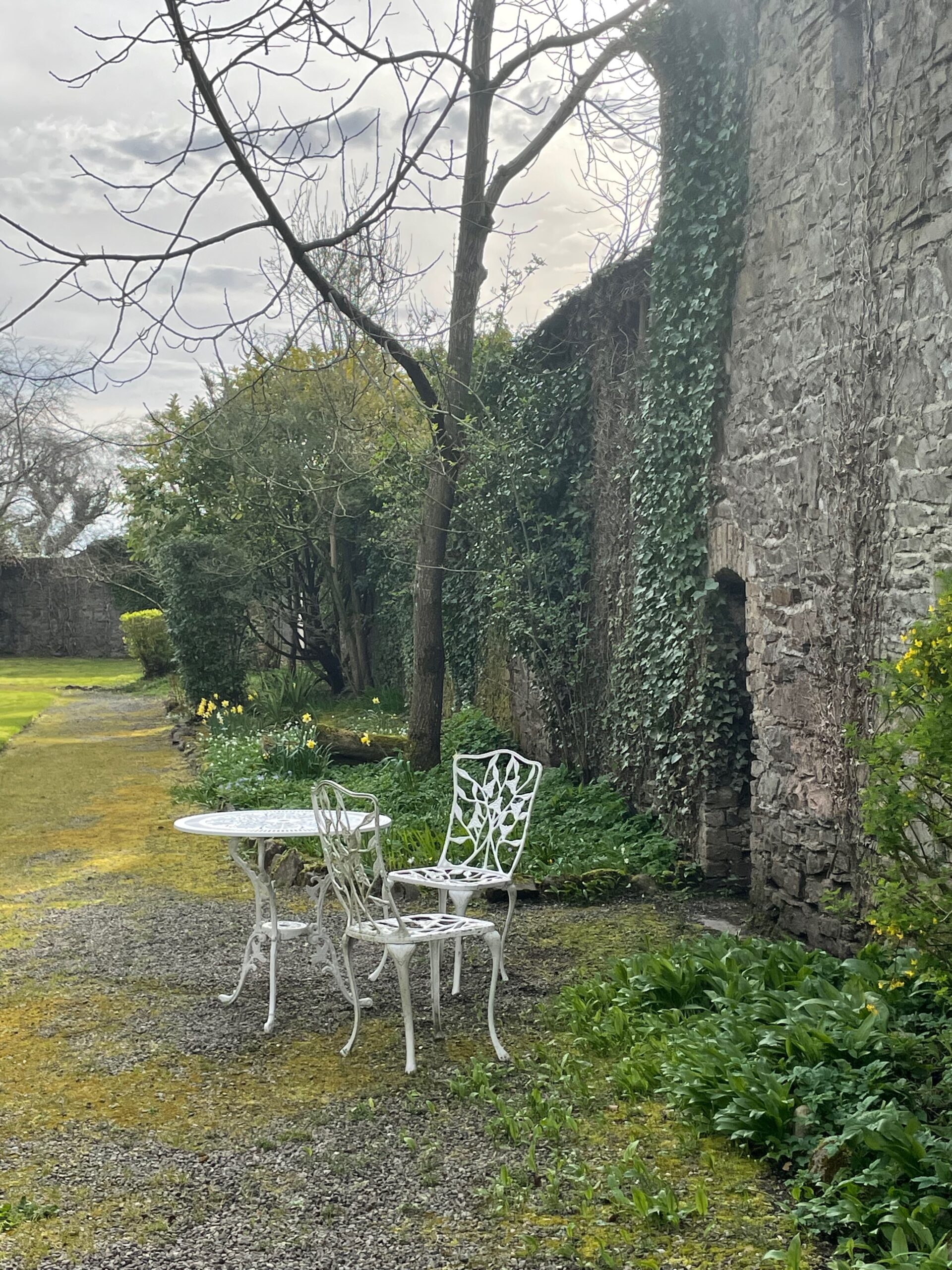 |
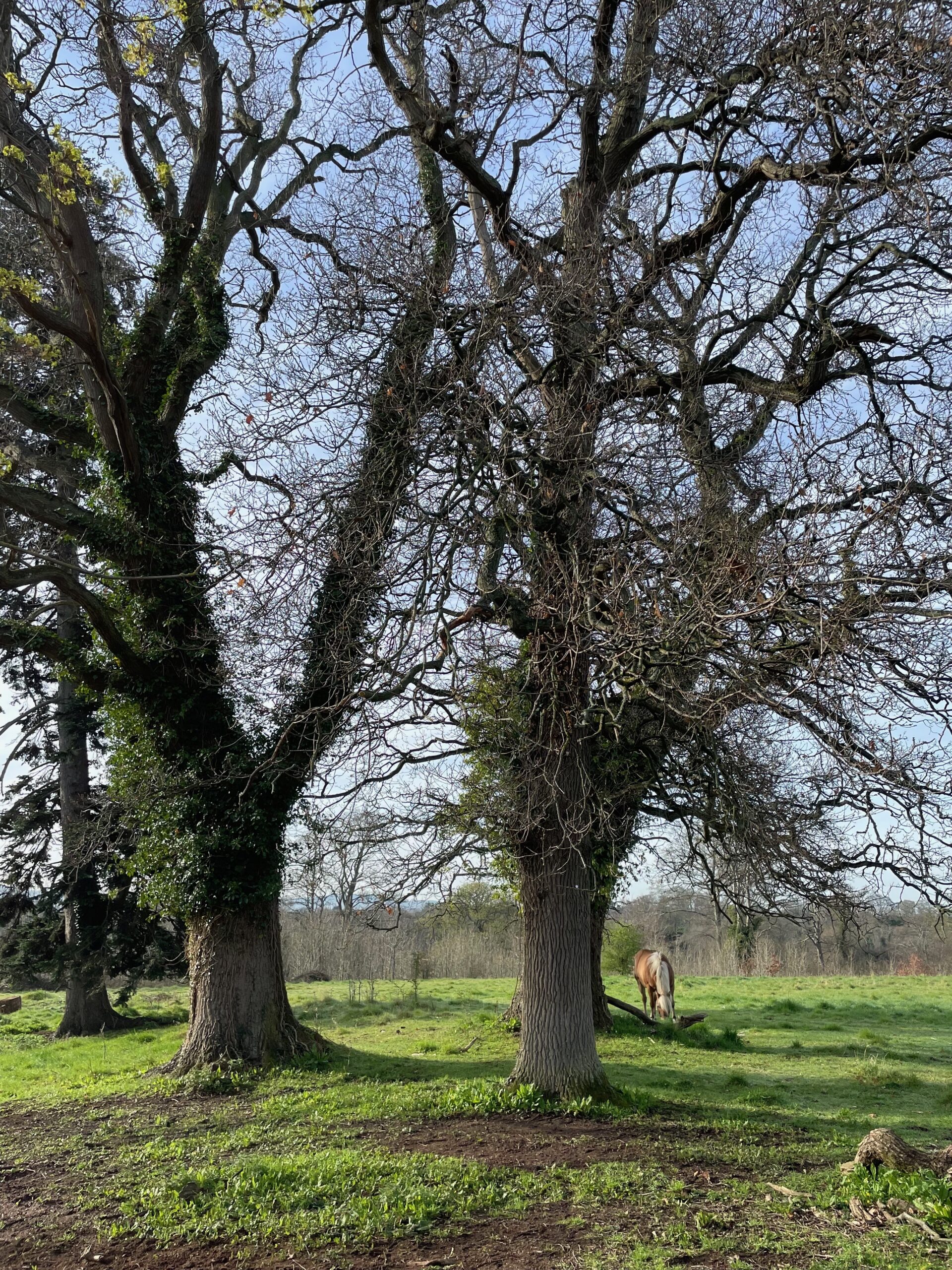 |
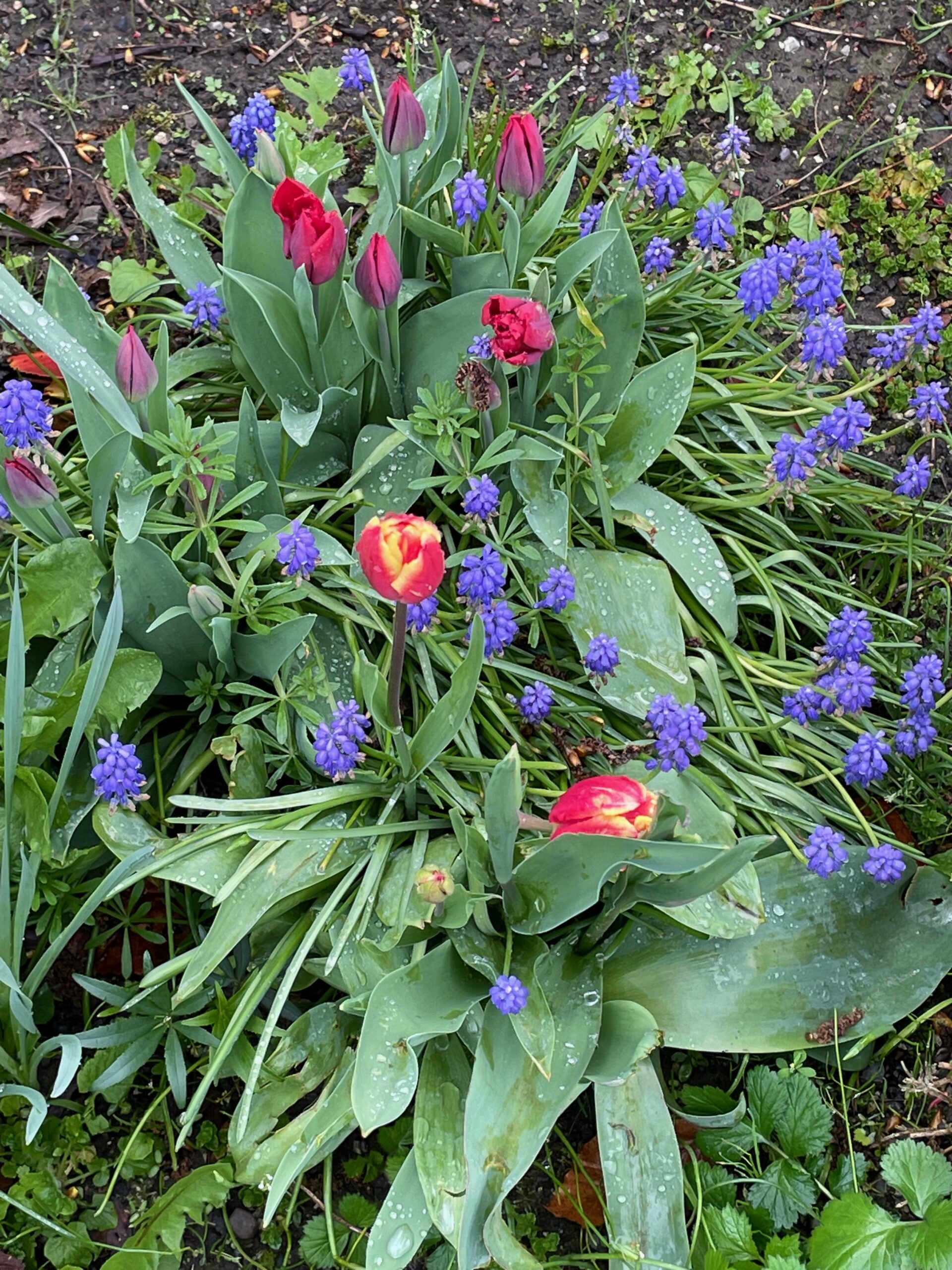 |
Places I didn’t have time to see but definitely would if having more time:
- Newbridge House and Farm
This is a grand Georgian Estate which was built in 1747. This is only intact Georgian mansion and premises located in Newbridge Demesne.
- Castletown House, Celbridge
Castletown House, Celbridge, County Kildare, Ireland, is a Palladian country house built in 1722 for William Conolly, the Speaker of the Irish House of Commons. It formed the centrepiece of an 800-acre estate.
- Drimnagh Castle
Drimnagh Castle is a Norman castle located in Drimnagh, a suburb of Dublin, Ireland. It is the only remaining castle in Ireland with a flooded moat around it.
- Rathfarnham Castle
Rathfarnham Castle is a 16th-century fortified house in Rathfarnham, South Dublin, Ireland. The earlier Irish castle was occupied by the Harold family, who held it as tenants of the le Bret family.
- Wicklow Mountains National Park (one of the hikes).
I thought about Glendalough and monastery ruins walk but to get there you need to take a bus from Dublin (I remember it was running once per day).
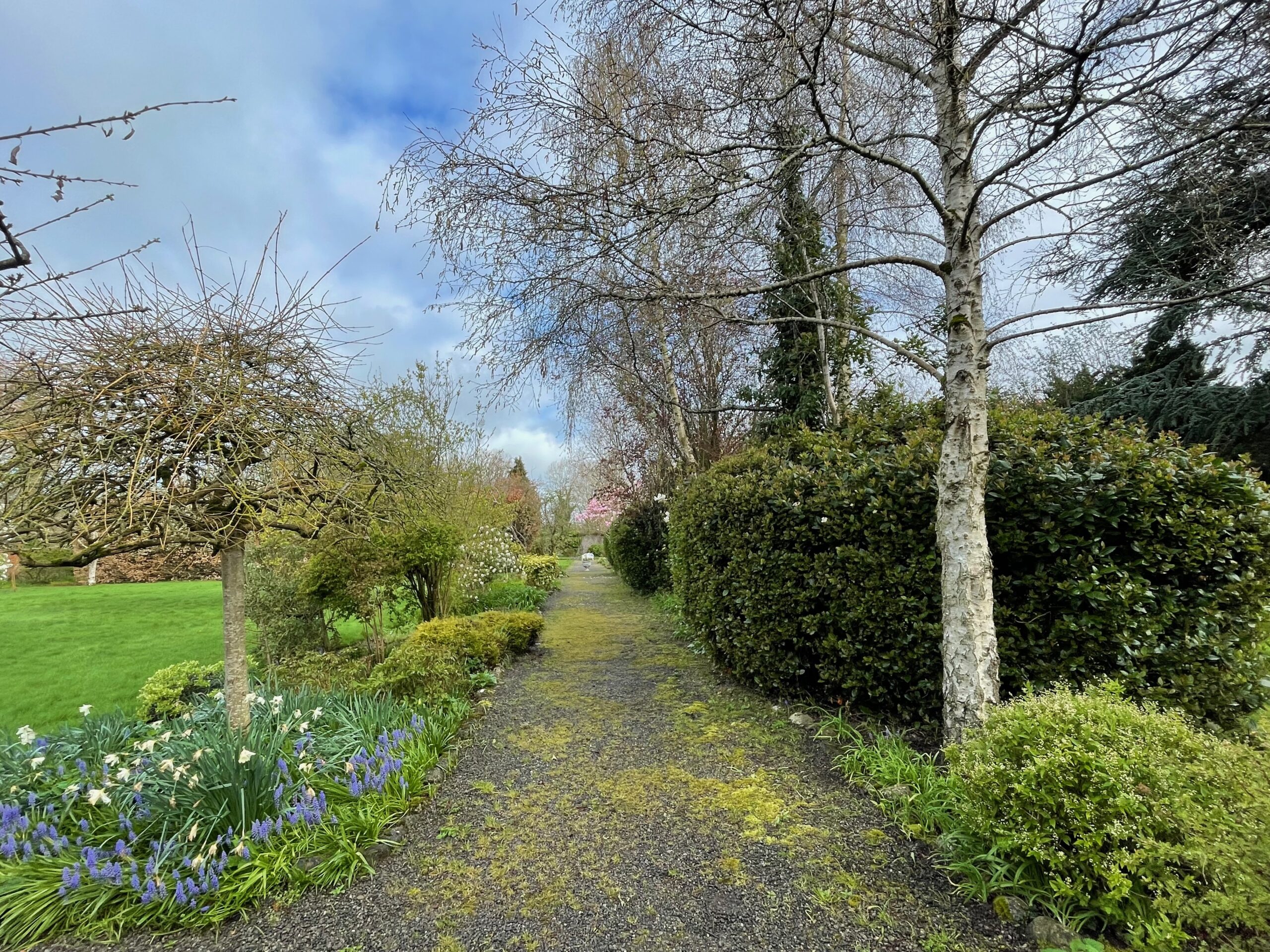 |
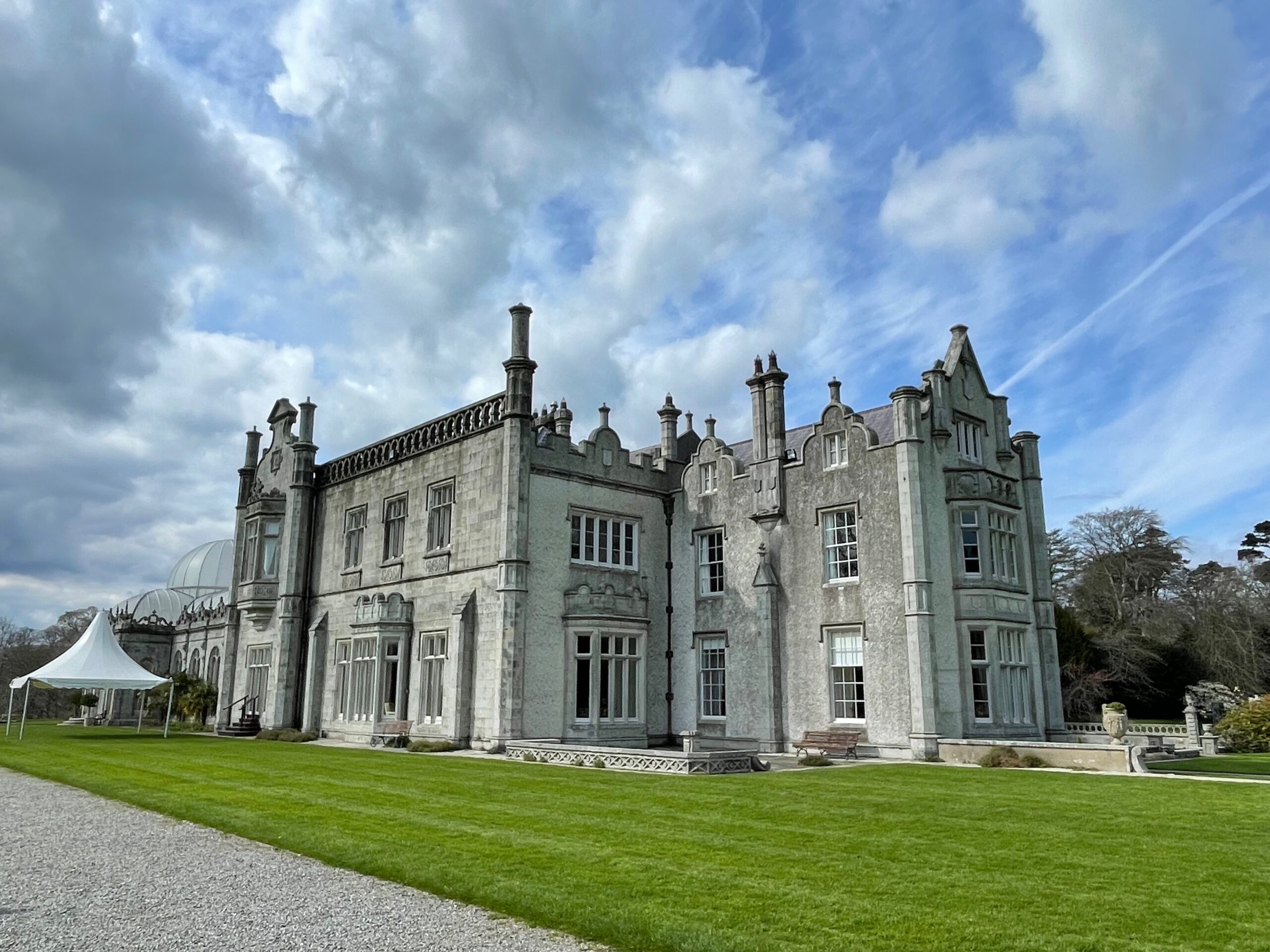
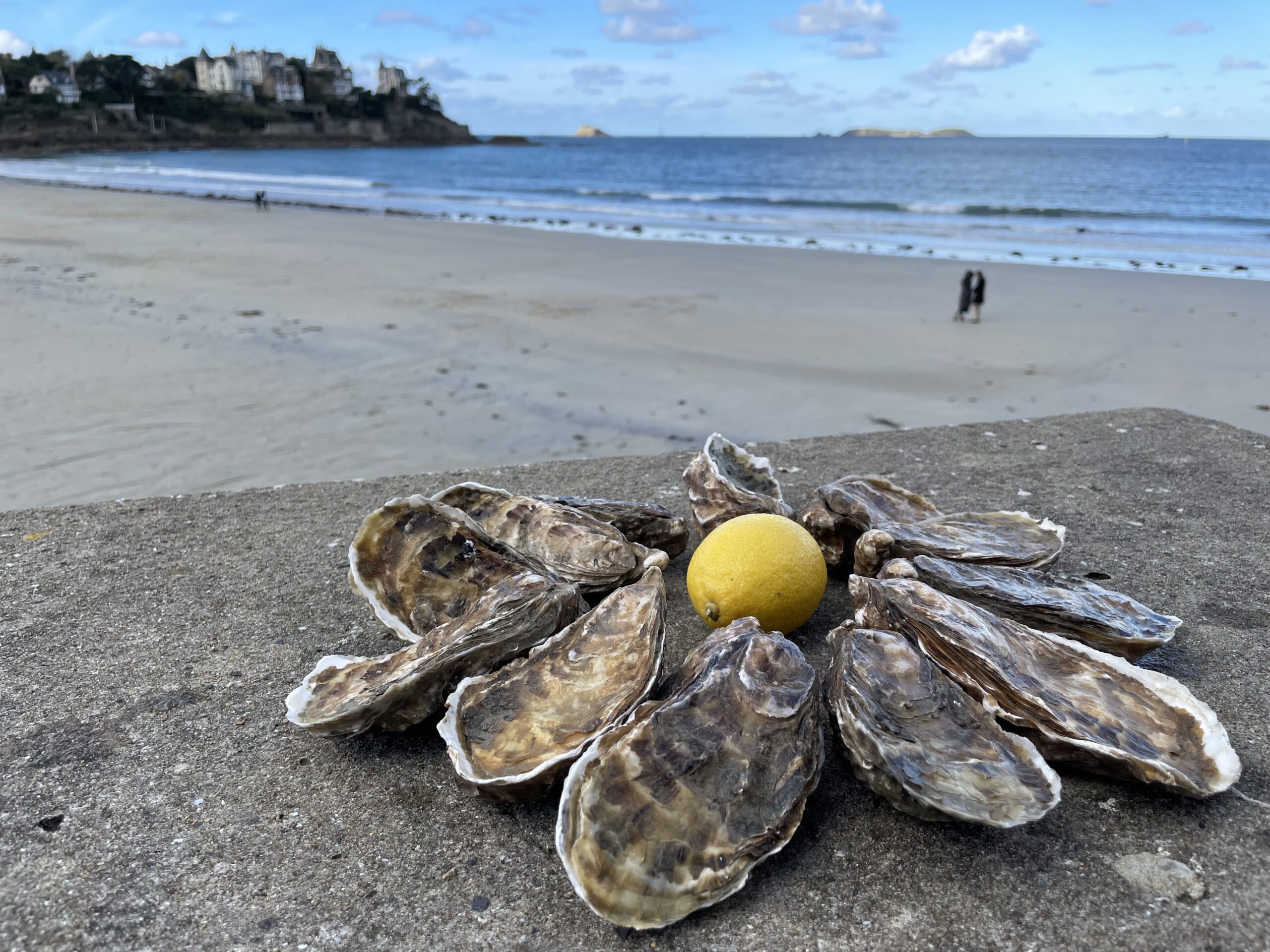

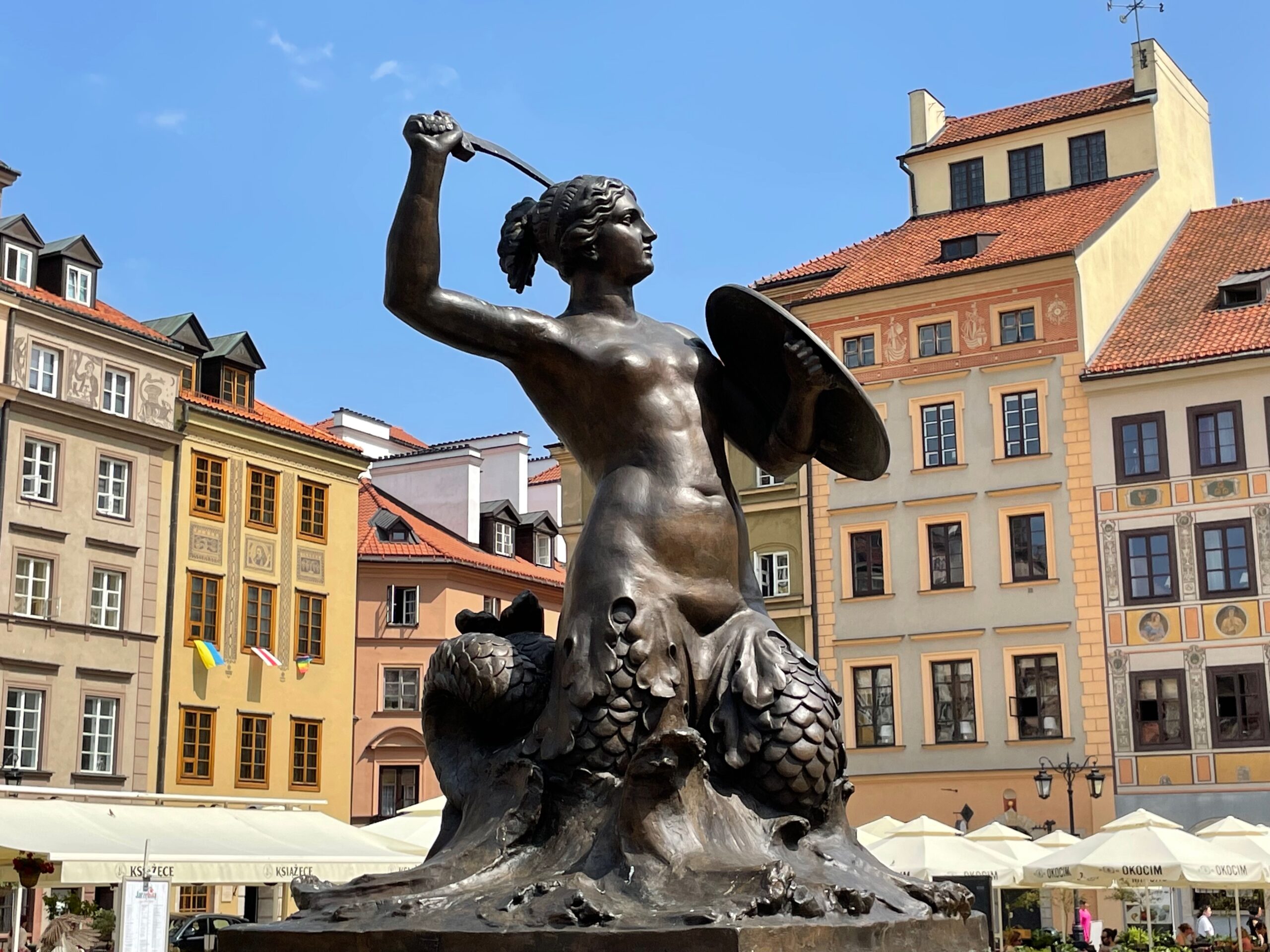
I love nature and flowers and I’m really amazed how nice is Ireland…I love English gardens and I think the fact you came in the spring even more enhanced the experience <3
Nice read, I just passed this onto a colleague who is planning his trip to Ireland. And he actually bought me lunch because I found it for him smile So let me rephrase that: Thanks for lunch!
Killruddery looks amazing, it’s nice to see a mansion where the actual owners still live, I’m sad that visitors can’t take photos, I’d love to see the interiors on your blog 🤭
Appreciate tips about trips by train. I always try using public transport and Dublin area looks well conntected!
It’s my dream to visit Irish countryside… your post makes me want it even more 🫶
Those pictures 👍 You really have the eye ❤️ May I ask which equipment you use?
I’d love to escape to Ireland from the heatwave in Italy, the landscapes are gorgeous!